The ground floor features a series of paintings Bradford created starting in 2021 informed by the history of European tapestry and their relationship to power as symbols of the greatest opulence of the aristocracy. Two large canvases, ‘Fire Fire’ and ‘Jungle Jungle’, feature rudimentary figures of plants and animals culled from historic tapestries such as ‘The Hunt for the Unicorn’ or ‘La Dame et la Licorne’, disaggregated and reassembled into bright tableaux of the natural world rendered in bright, artificial colors.
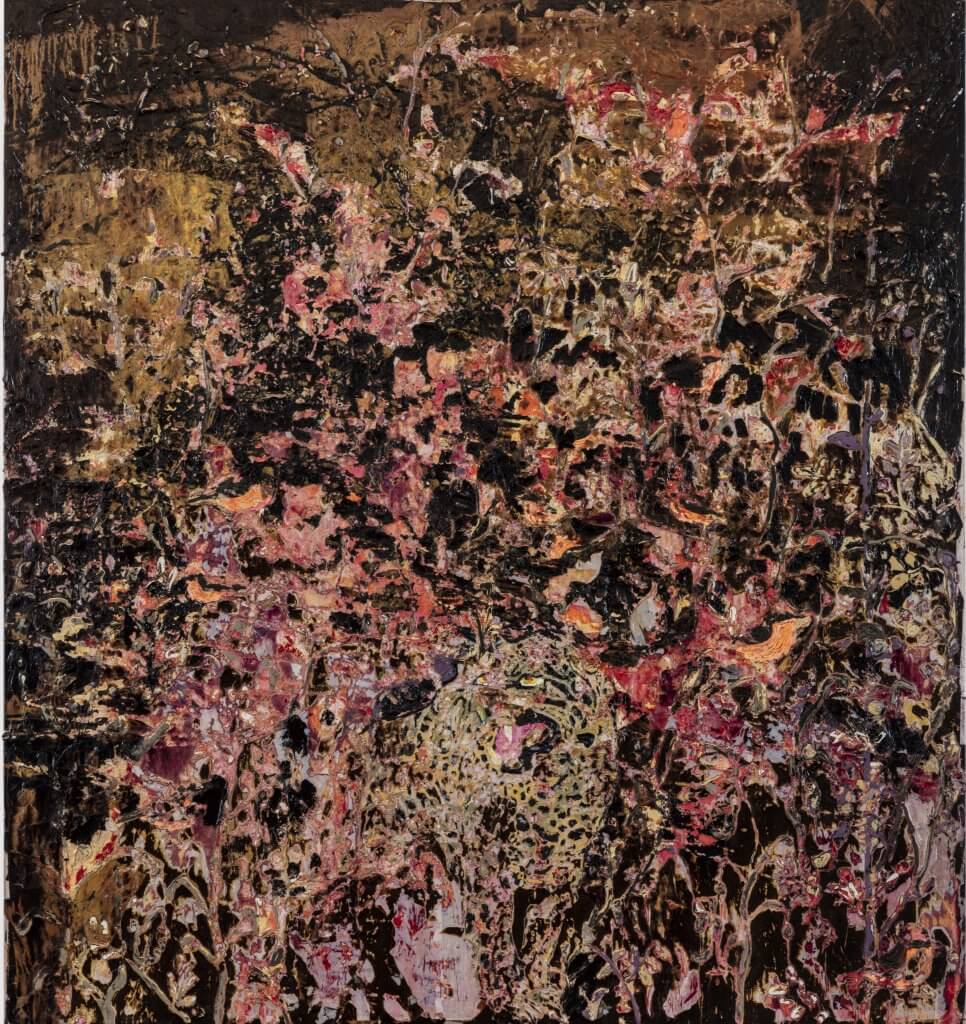
Johnny the Jaguar
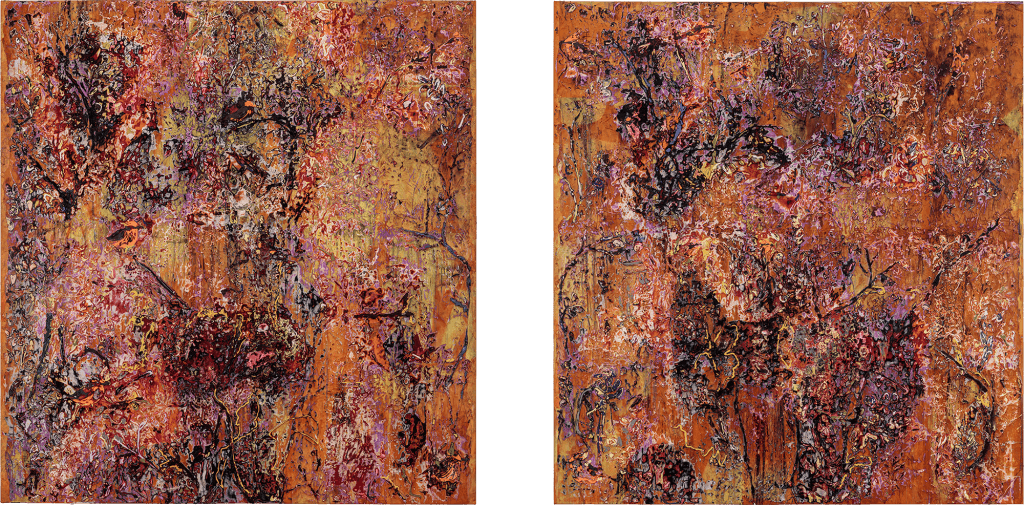
Two-Faced
Bradford’s ‘Johnny the Jaguar’ and ‘Two-Faced’ assemble plant and animal species indigenous to the Chihuahuan desert of the American Southwest into rich, tapestry-like paintings particular to American history. Drawn to the story of Blackdom—an early 20th century African American homesteader settlement established near the Chihuahuan desert—Bradford constructs a dreamlike landscape that imagines a world of predators and prey that populate the migratory landscape of internally displaced Americans. The central antagonist is a roving beast that stands in for several kinds of historical predation and the tendency for systems of exploitation to camouflage and adapt to any moment of social crisis.
‘I packed it up to escape, to save myself, and there he is again, ‘Johnny buys houses.’ Johnny was AIDS. Johnny was the KKK. Johnny was God, the preacher in the pulpit telling me I was sinful.’ —Mark Bradford
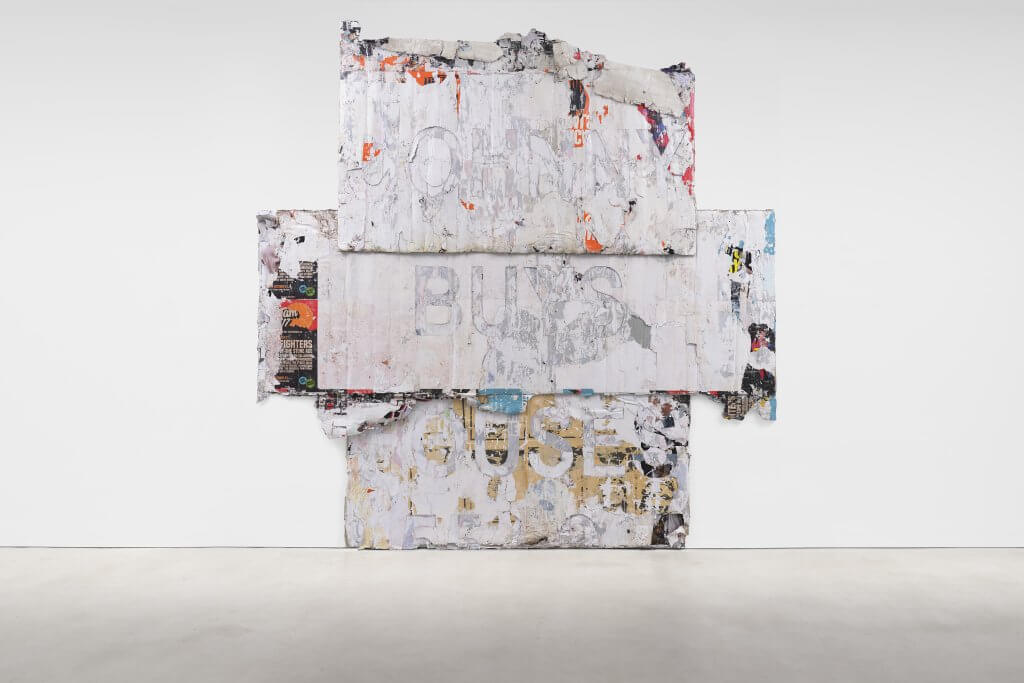
Manifest Destiny
Bradford’s merchant poster-inspired ‘Manifest Destiny’ brings the exhibition’s antagonist into sharp relief. Thick panels of billboard paper carved with words found on posters that proliferate around Los Angeles—‘Johnny Buys Houses’—are squeezed, floor-to-ceiling, across from ‘Johnny the Jaguar’, drawing parallels between historically and geographically disparate forms of social and financial predation. Drawing its name from a phrase coined in 1845 to represent the idea that the United States is destined by God to expand and spread democracy and capitalism across the entire North American continent, Bradford’s ‘Manifest Destiny’ draws historical parallels between contemporary economic exploitation and the justification early settlers used to colonize the Americas.
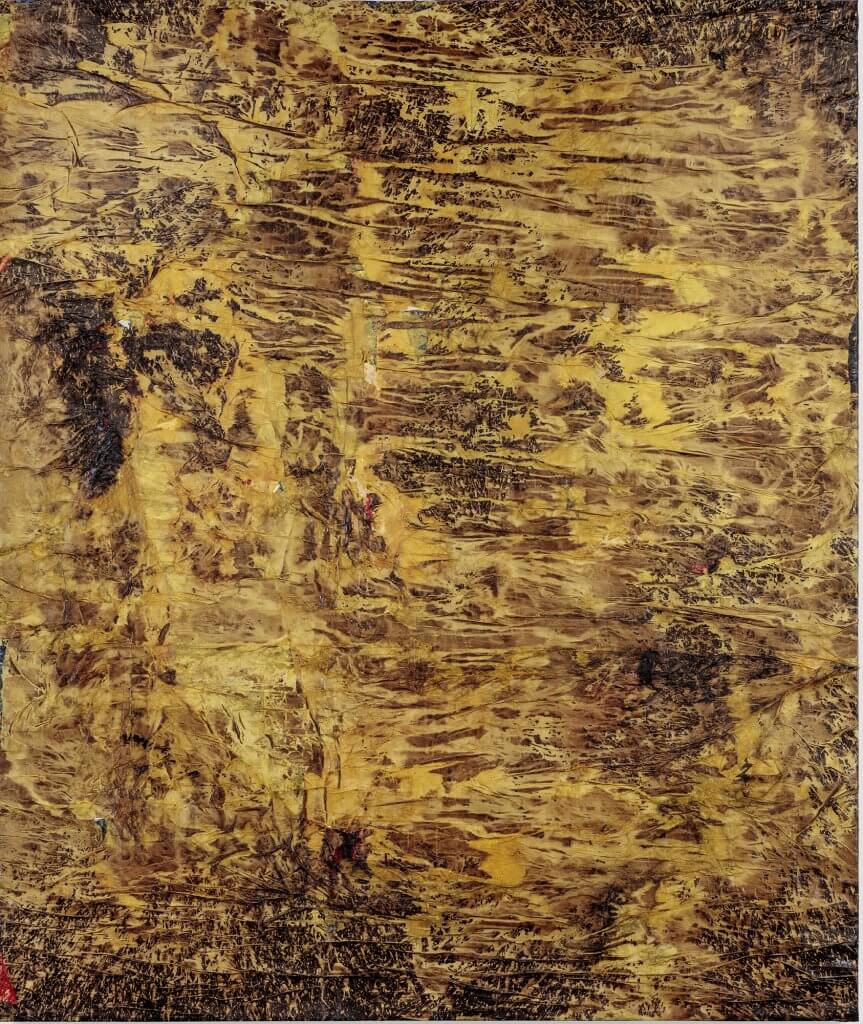
Where Lee Goodwin was Jailed & Lynched
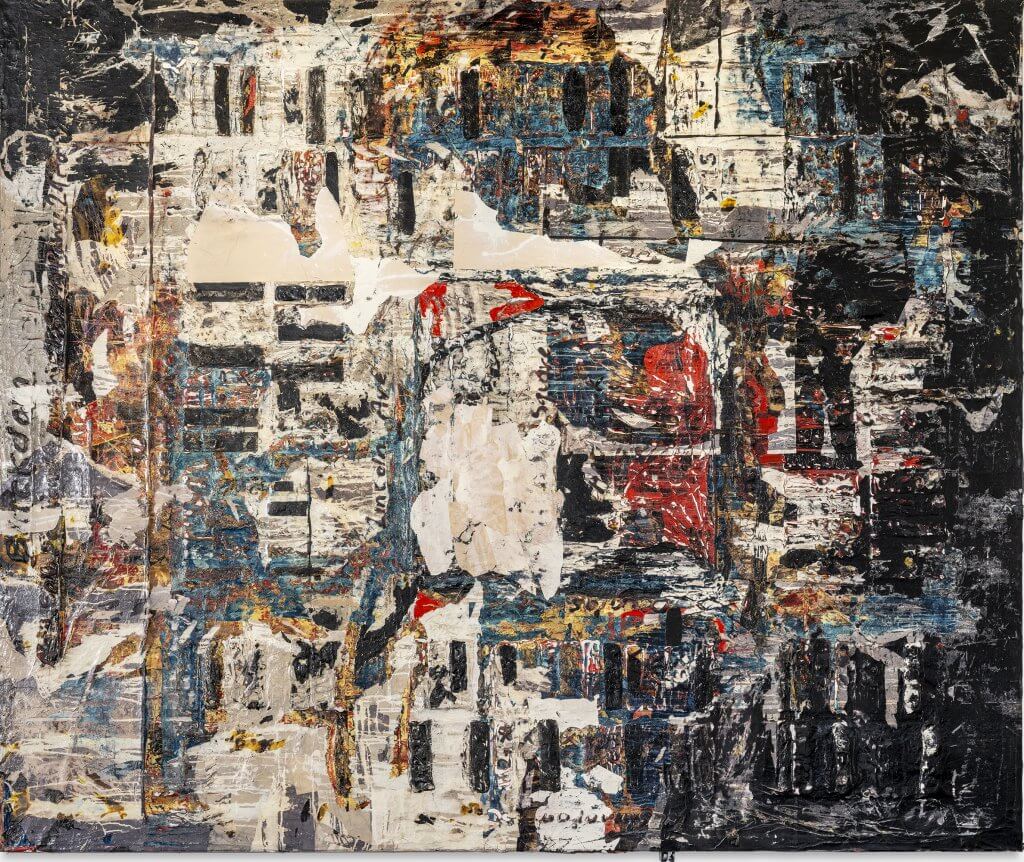
Haint Blue
‘Where Lee Goodwin was Jailed & Lynched’ and ‘Haint Blue’ are based on a plot map of Blackdom. Layers of papers and caulk processed using Bradford’s signature techniques of abrasion and oxidation alchemize the gridded structure of the Blackdom homesteader colony’s city plan into rich golds and blacks and, alternately, soft, muted earth tones. Side by side, these two works juxtapose the ‘gold rush’ feel of the hopefulness of some African Americans who left the South during the Great Migration with the measured realty of the challenges they would eventually confront in their new communities, whether self-built Black-only homesteader colonies or more integrational communities like the Greenwood District of Tulsa that was massacred by angry white neighbors in 1921.
‘Death Drop, 1973’ (1973)
‘Death Drop, 1973’ (1973)—a scene taken from a Super 8 film directed by Bradford at age 12—portrays the artist as a young man falling as though struck by a bullet. The slow-motion clip loops in a gallery on the building’s second floor, silently displaying a young man imminently aware of the vulnerability of his own body to violence. This scene, clipped from one of Bradford’s earliest artistic experiments, demonstrates the artist’s precocious sensibility and a keen ability from a young age to use his art to transform his experience of vulnerability into powerful works of art.
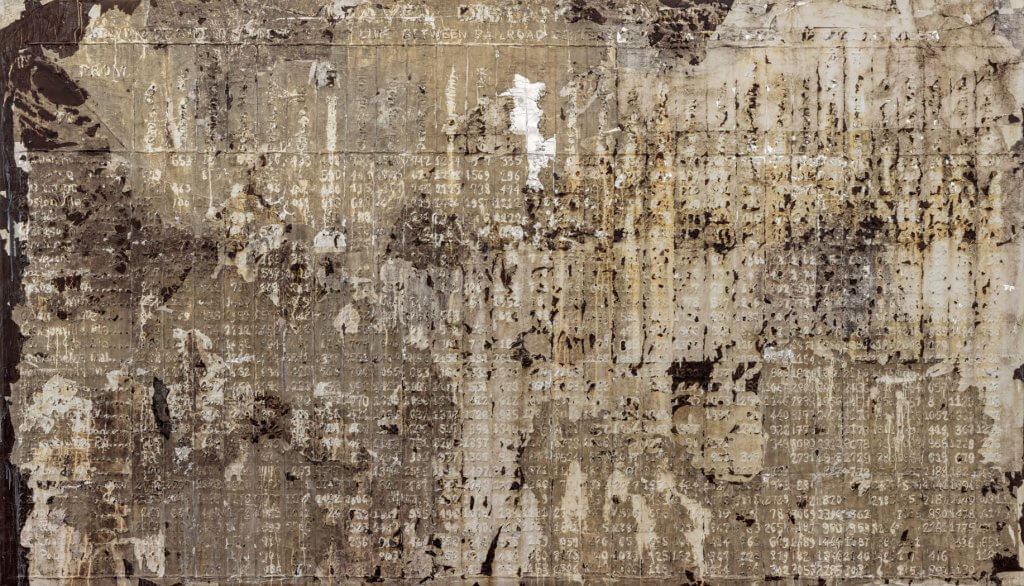
You Don’t Have to Tell Me Twice
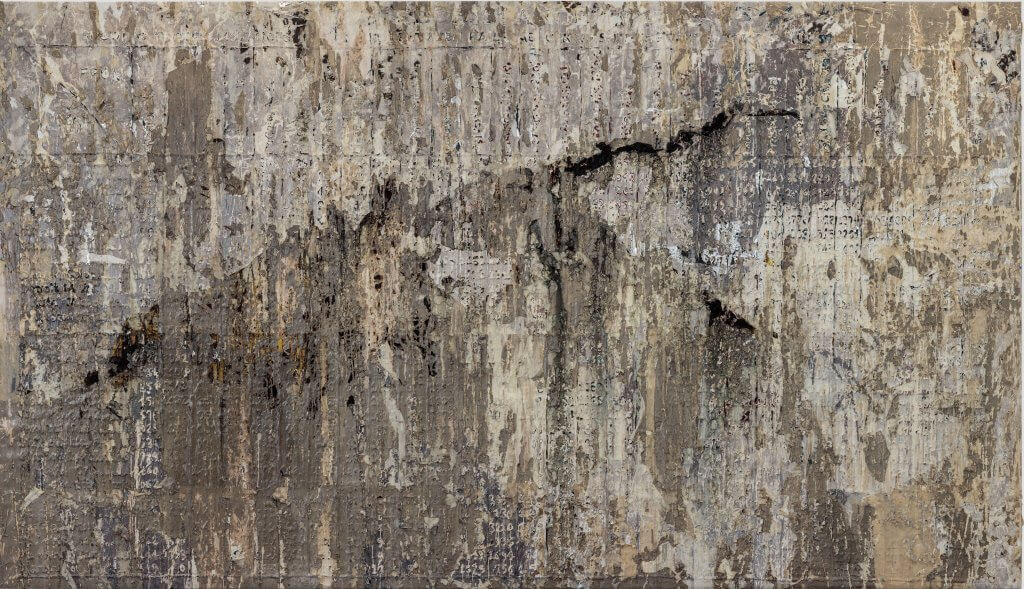
Go Down, Moses
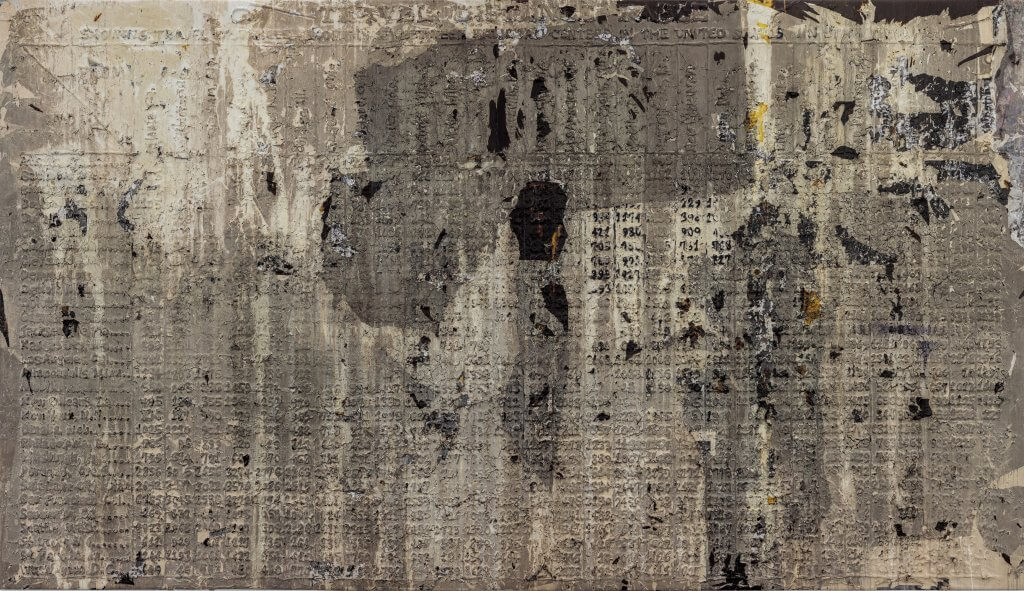
Where Popeye Murdered Tawmmy
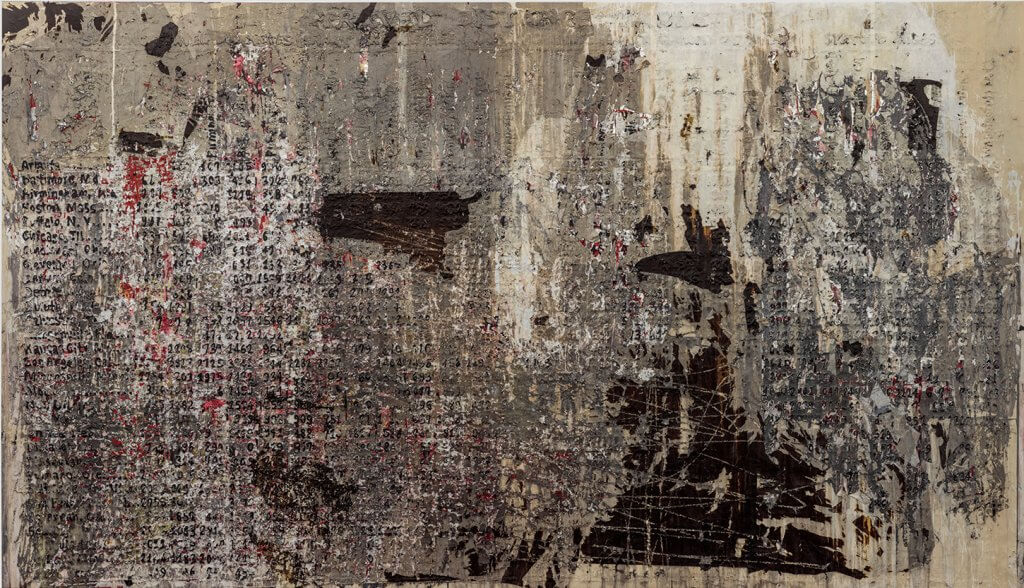
Percy Grimm
Four monumental canvases on the fifth floor—including the show’s titular ‘You Don’t Have to Tell Me Twice’ (2023)—continue Bradford’s ongoing exploration of the Great Migration of African Americans out of the South. Based on a chart showing travel distances between railroad centers in the United States from the 1920s, these paintings feature gridded numbers and city names created with oxidized paper and caulk, forming a veritable parallel landscape of the continental United States. The vibrant palette of Bradford’s tapestry paintings gives way to more muted tones of stained canvas and paper oxidized to soft grays, tans, and whites in a sober evocation of the urgency in uprooting oneself in the face of catastrophe.
‘Death Drop, 2023’ (2023)
‘Death Drop, 2023’ (2023)—a larger-than-life sculpture of the artist’s body positioned in the iconic ‘death drop’ pose popularized in gay ballroom culture—gestures to the intersection of performance and persecution. Along with ‘Death Drop, 1973’, Bradford creates autobiographical bookends that pull focus from the natural landscape of the paintings to a figure fleeing across them, locating the socio-critical authority and impact of the exhibition within the artist’s lived experience.
‘I believe in resurrection. We have to have some belief that something will resurrect out of all this. And that things will be put together in a different way.’ —Mark Bradford
Bradford’s wide-reaching new body of work continues his career-long exploration of systems and institutions that exploit vulnerable populations, while shifting perspective from the aerial bird’s-eye view of the cityscape familiar in his work since the early 2000s, to an interpersonal perspective that puts the audience eye-to-eye with his allegorical world of survival, violence, and desire. With this shift in orientation, the audience becomes implicated in the chase and forces a reckoning with our individual roles in perpetrating and perpetuating violence and oppression on our vulnerable neighbors.
Friends in Conversation: Mark Bradford and Sherrilyn Ifill
To celebrate our opening of ‘Mark Bradford. You Don’t Have to Tell Me Twice,’ the artist’s first show in New York since 2015, we hosted a conversation between artist Mark Bradford and civil rights lawyer Sherrilyn Ifill.
Upcoming Events
Learning
In partnership with Culture for One, Hauser & Wirth and Mark Bradford have devised a learning program to accompany the exhibition that will engage with a group of young people, ages 18 – 24, from the foster care system. Participants will work directly with Bradford to build a framework for a series of public engagement events.
Additionally, the gallery is partnering with StoryCorps Studios to create a welcoming environment where local residents can come together and record authentic stories centered around belonging, home, displacement and migration as told through conversations between students, neighbors, friends and family.
About Mark Bradford
Mark Bradford (b. 1961 in Los Angeles; lives and works in Los Angeles) is a contemporary artist best known for his large-scale abstract paintings created out of paper. Characterized by its layered formal, material, and conceptual complexity, Bradford’s work explores social and political structures that objectify marginalized communities and the bodies of vulnerable populations. Just as essential to Bradford’s work is a social engagement practice through which he reframes objectifying societal structures by bringing contemporary art and ideas into communities with limited access to museums and cultural institutions.
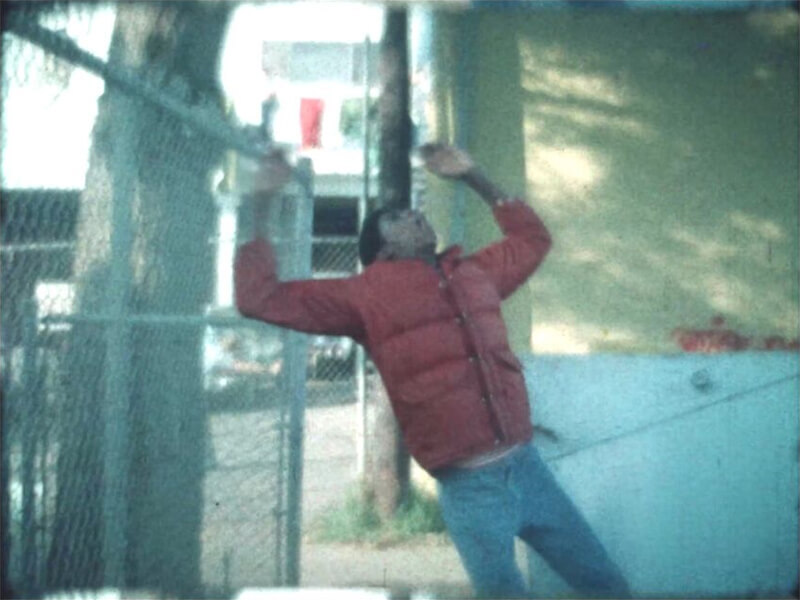
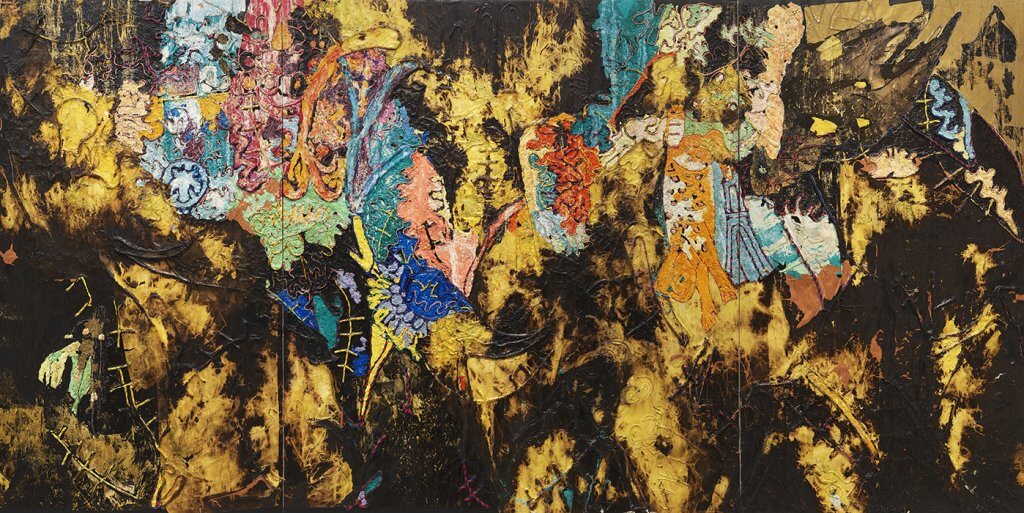
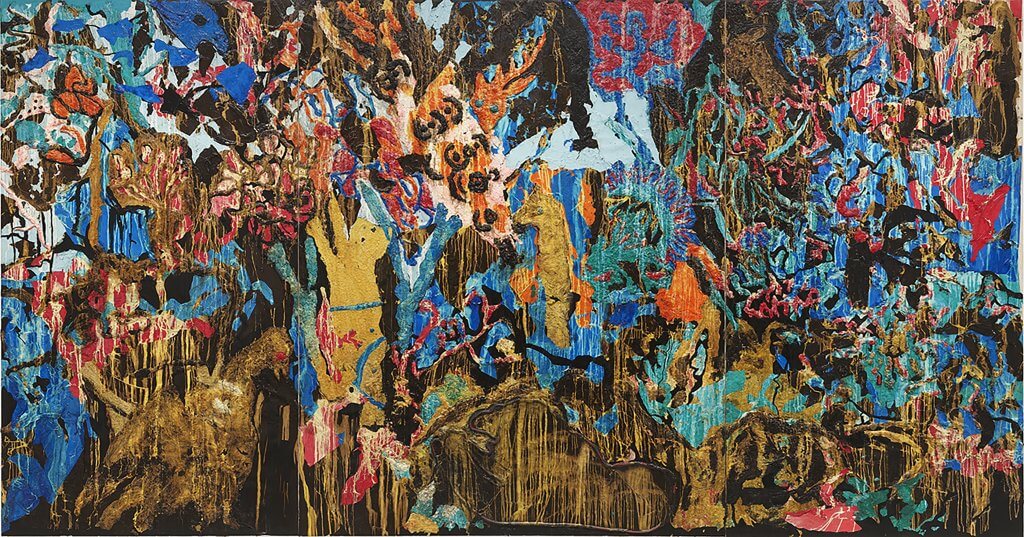
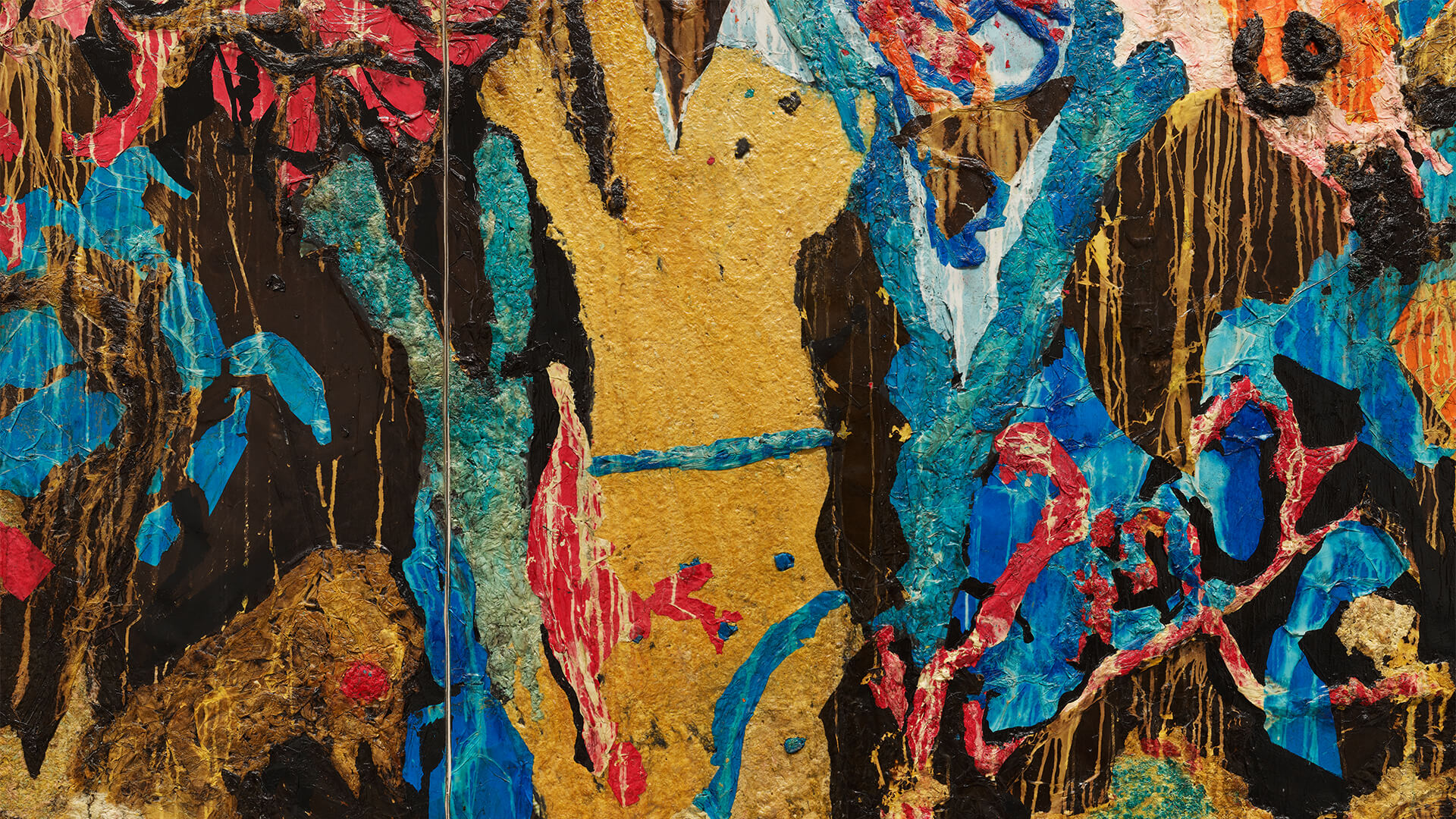
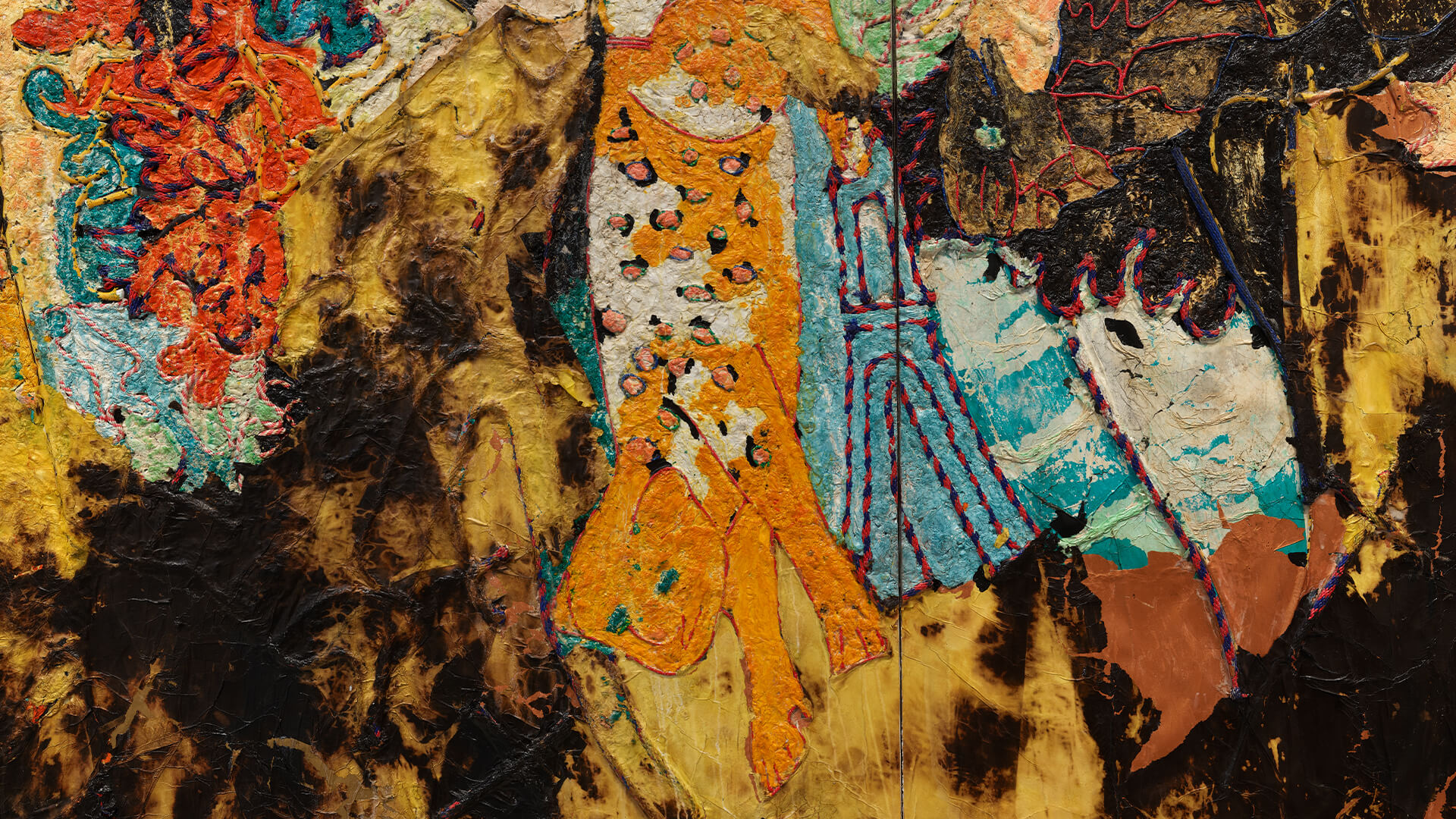
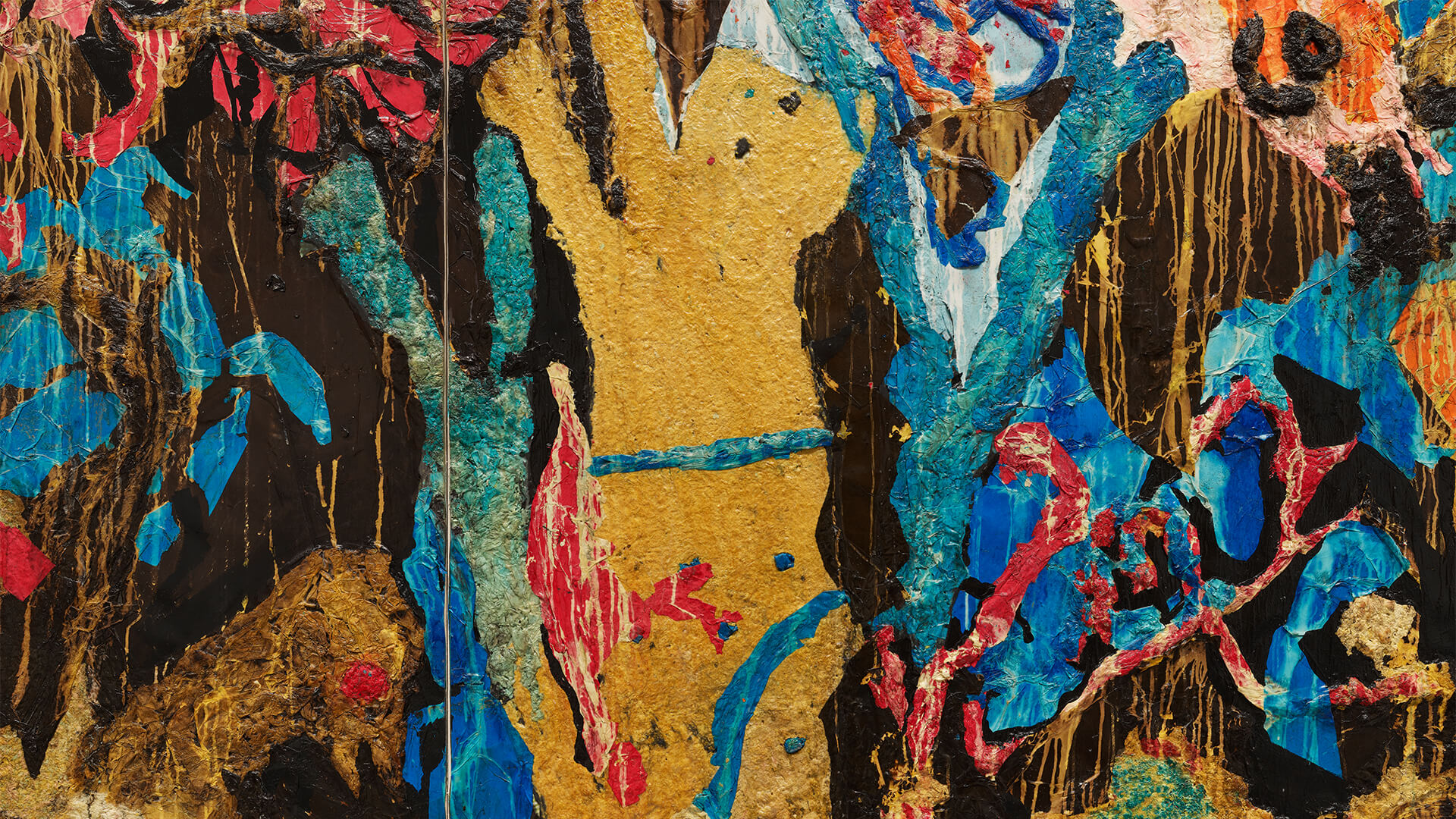
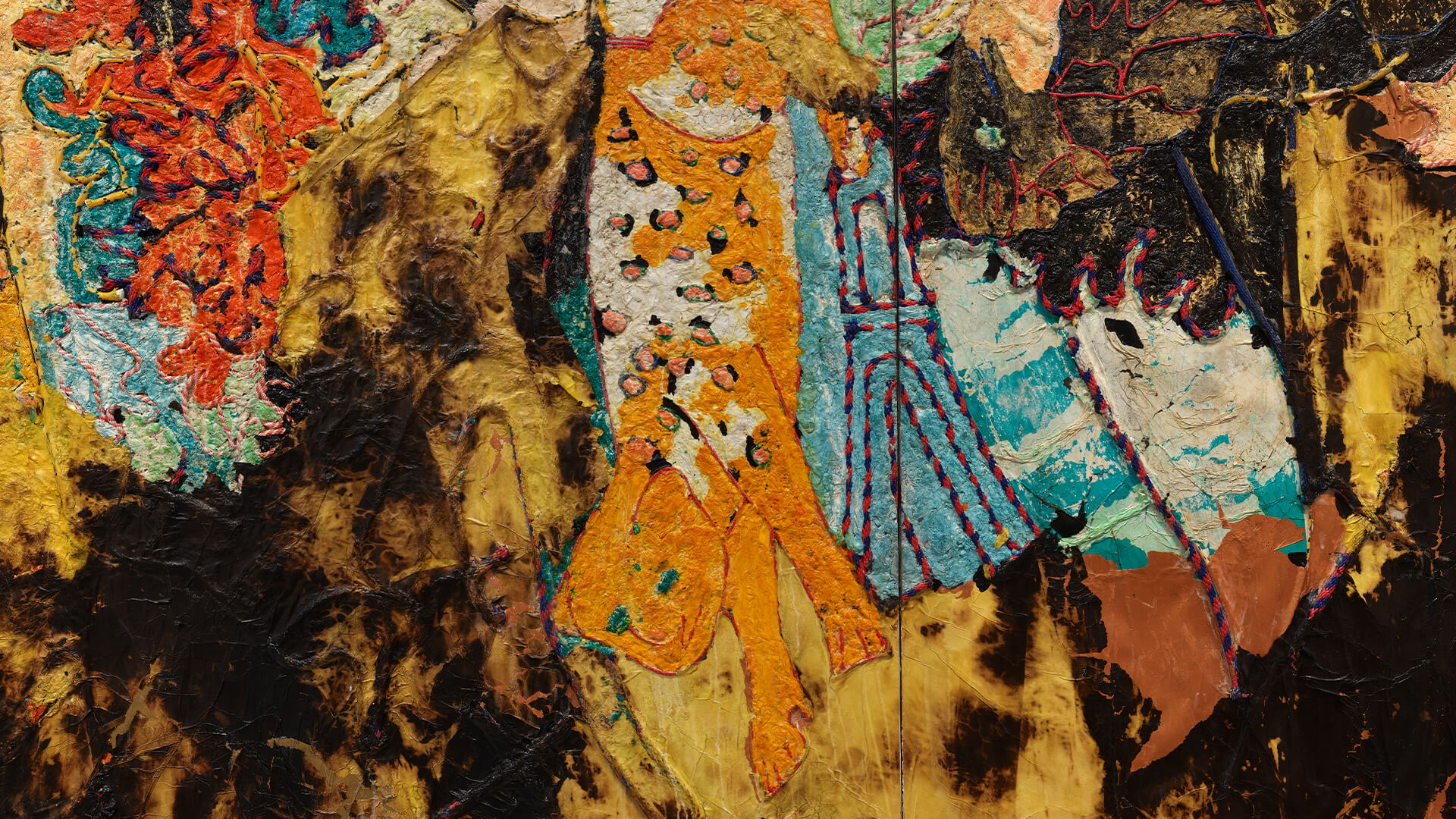
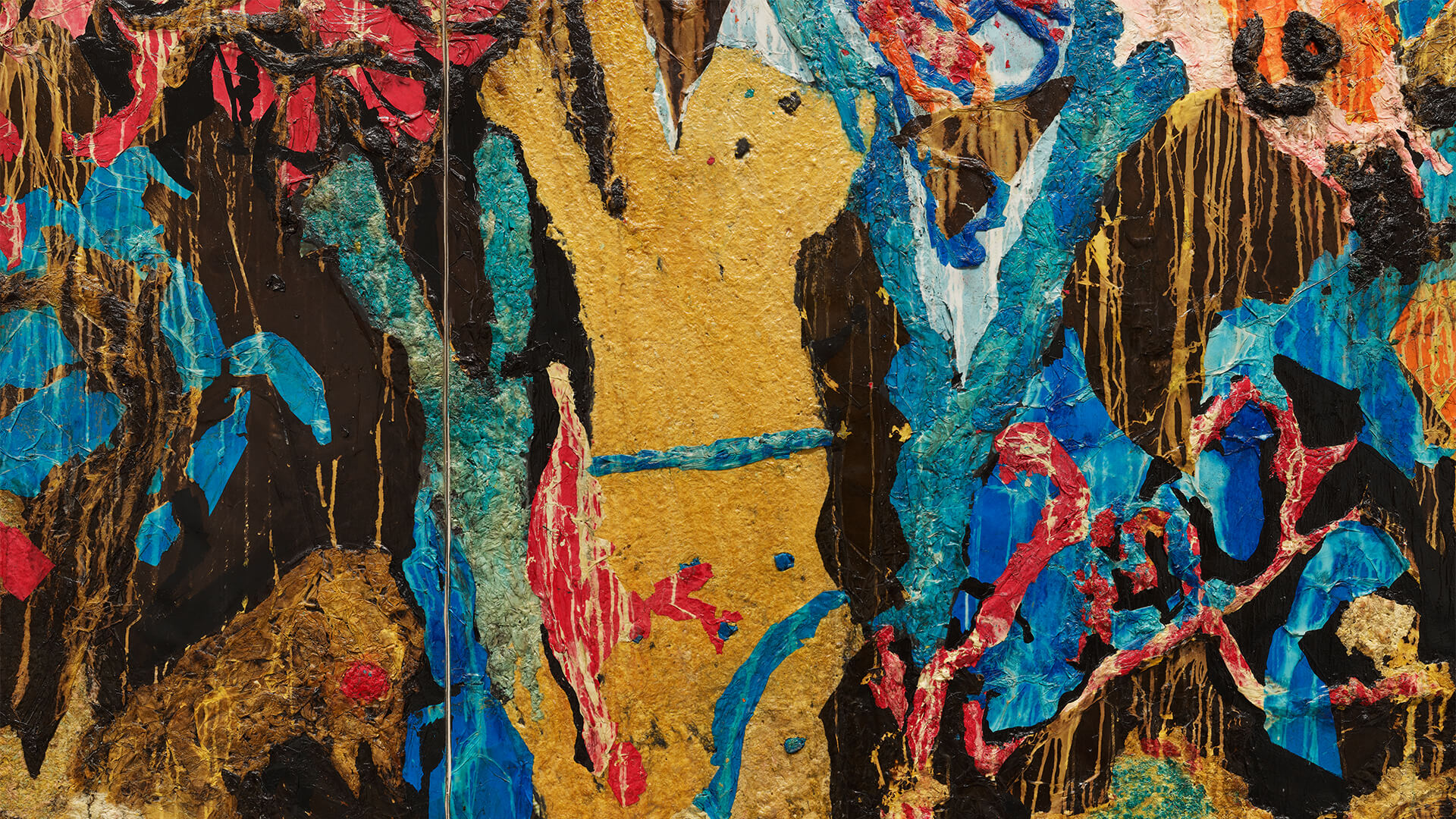
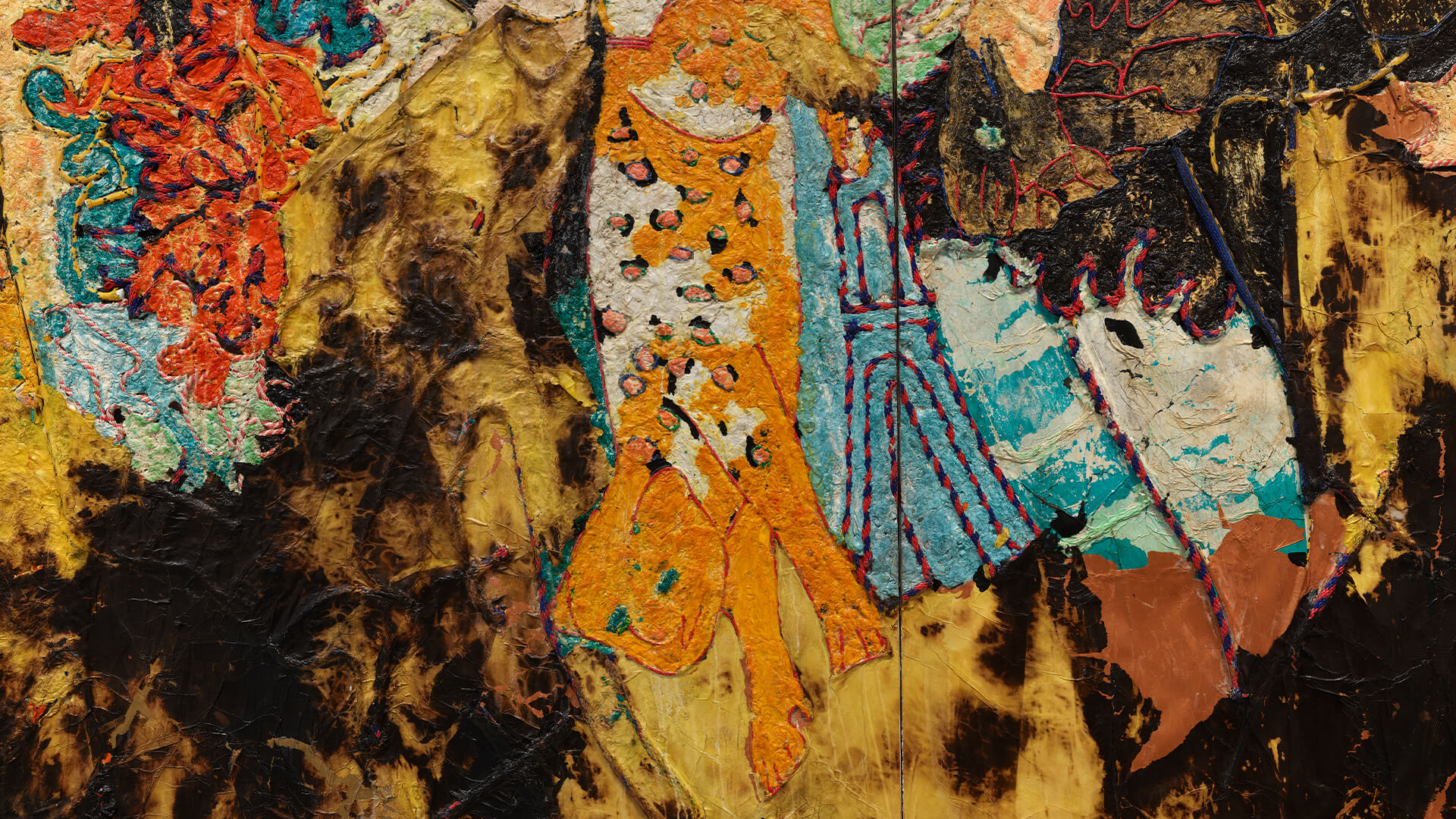
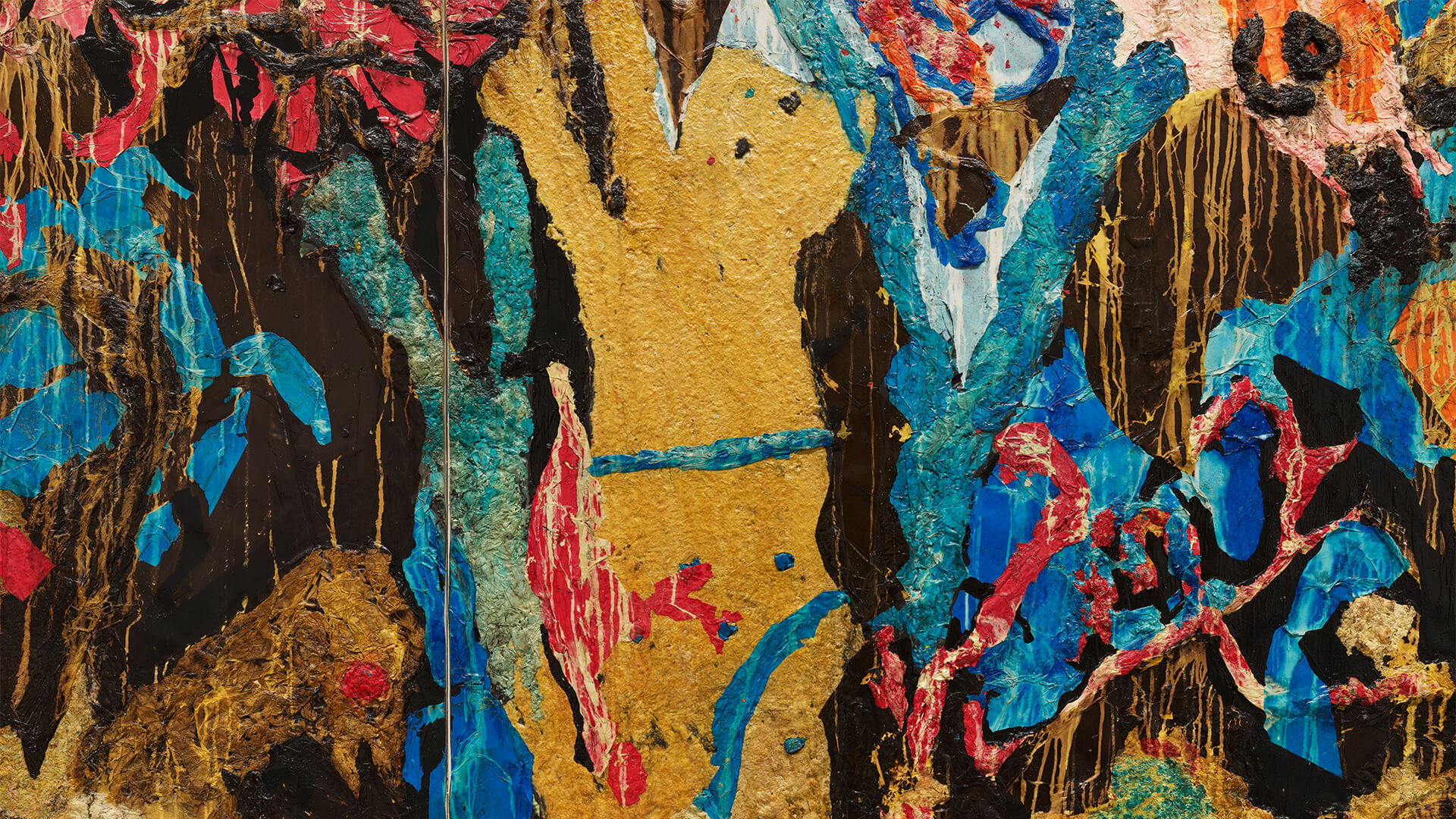
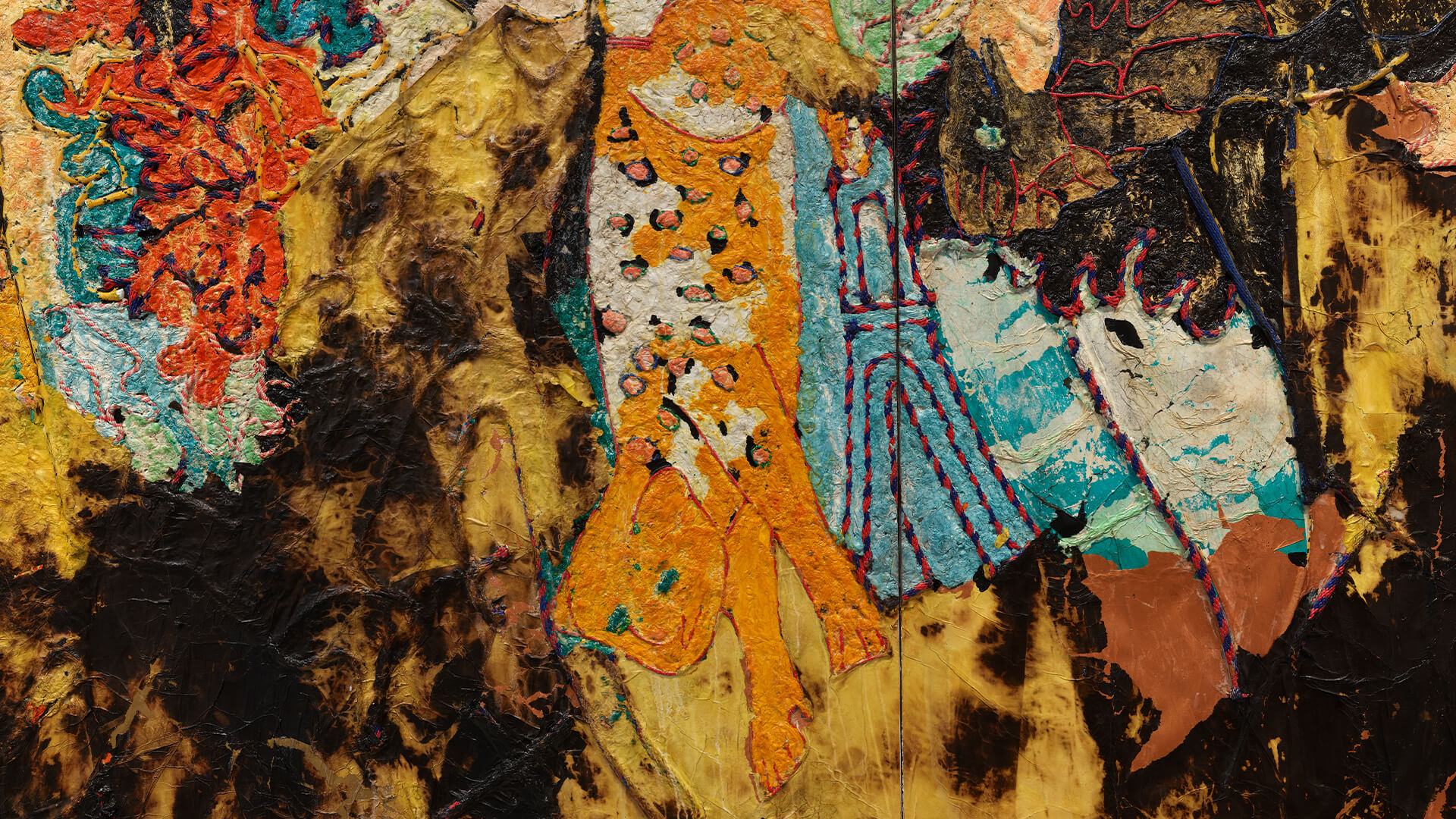
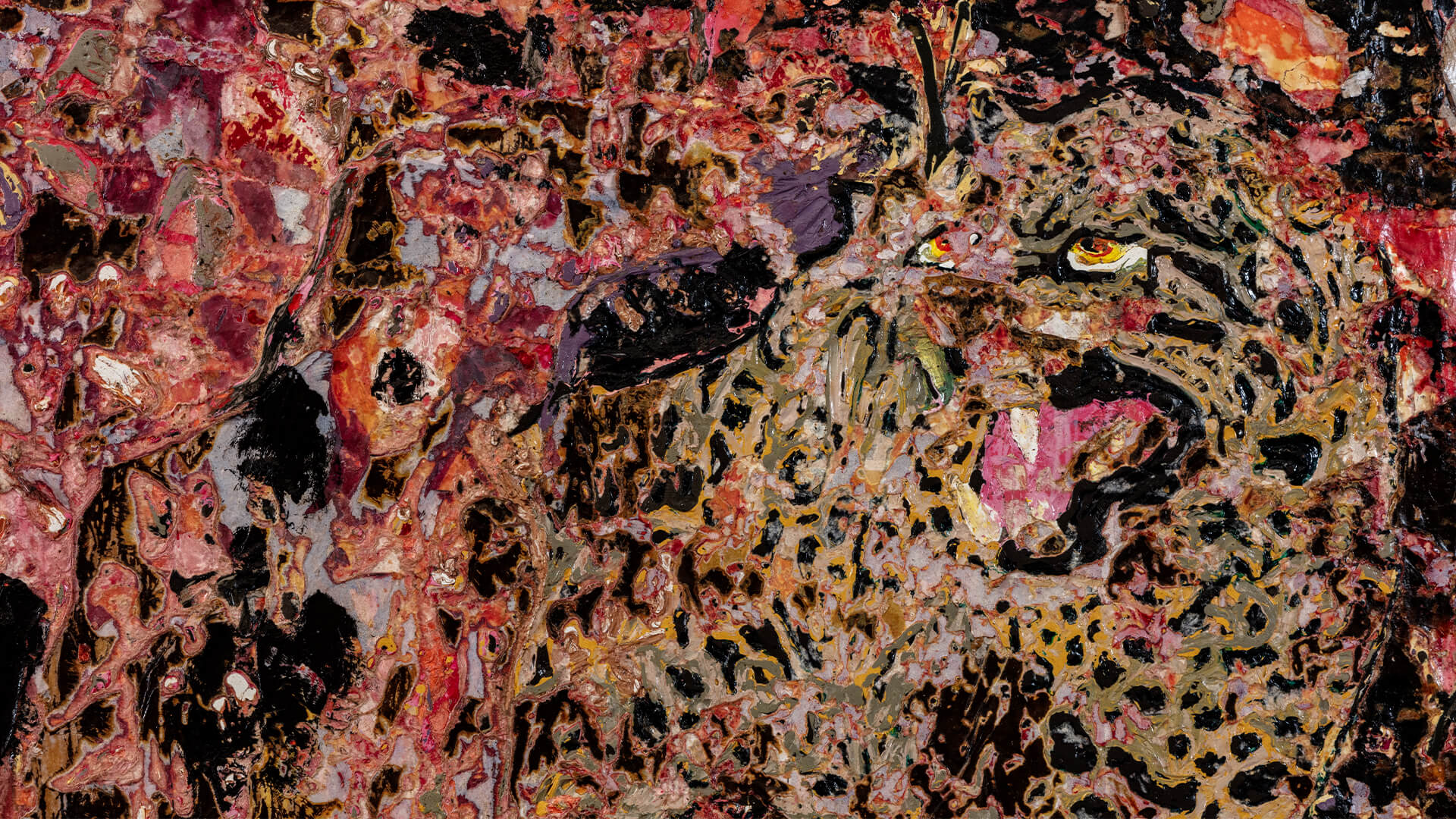
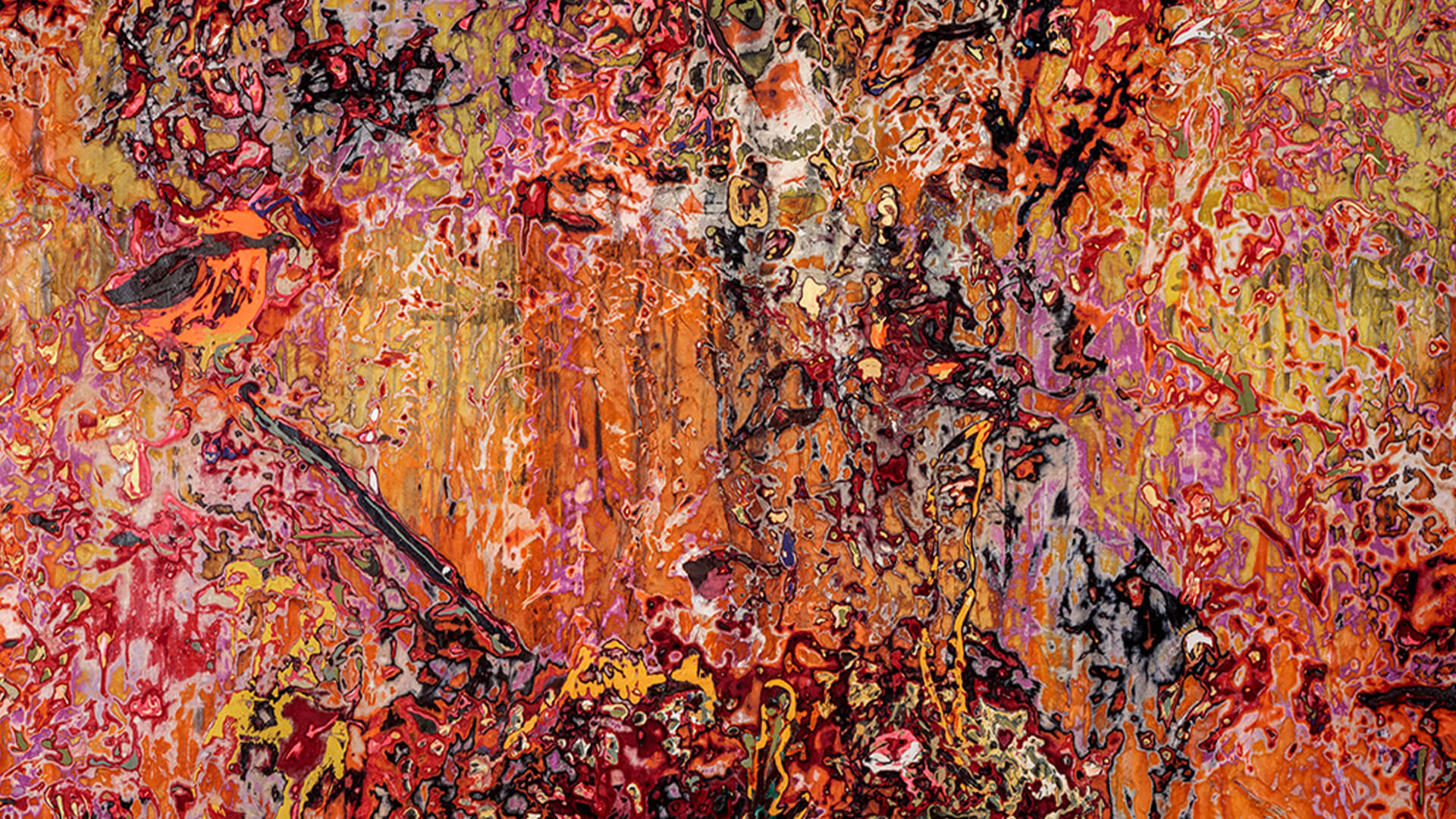
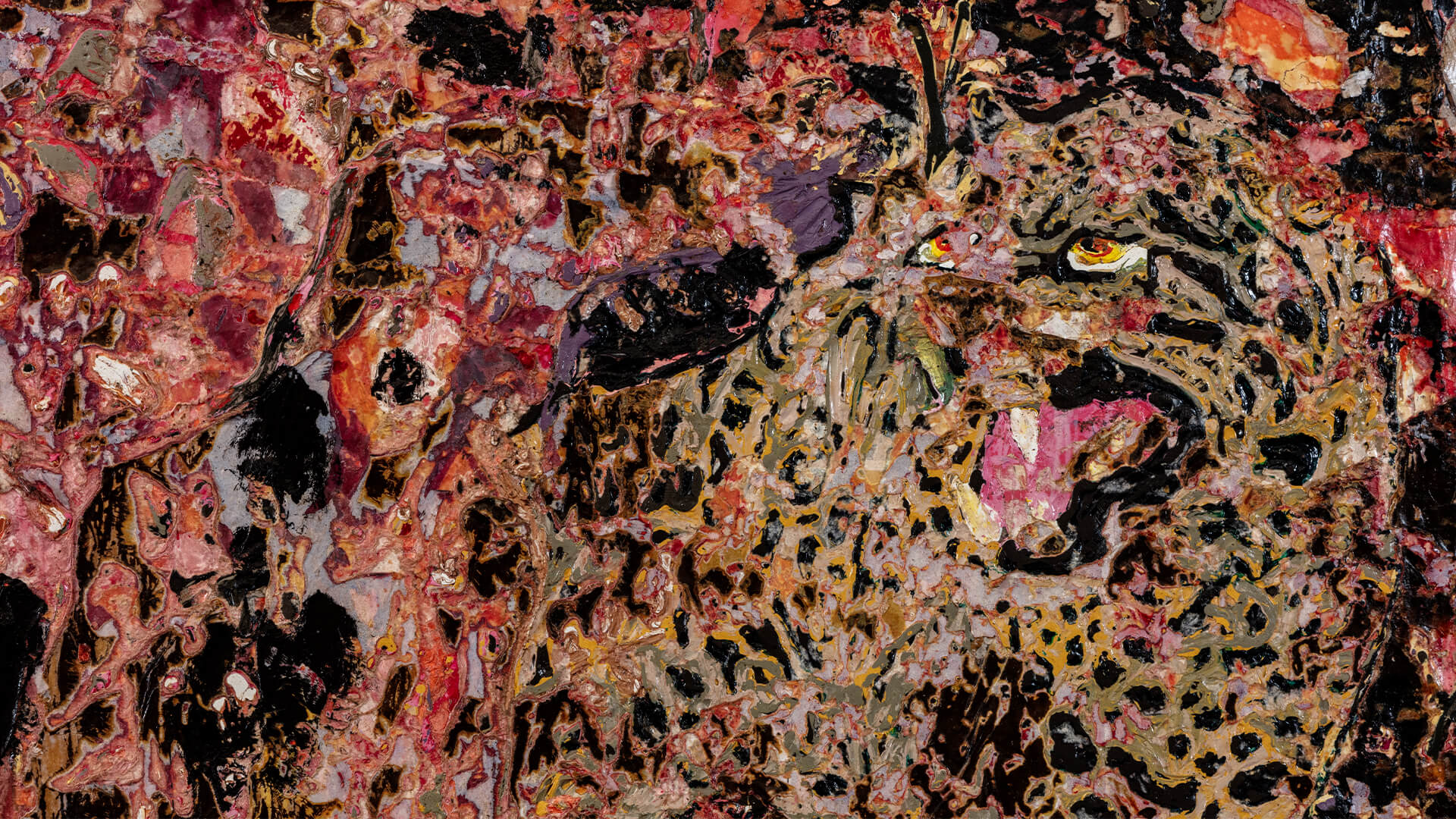
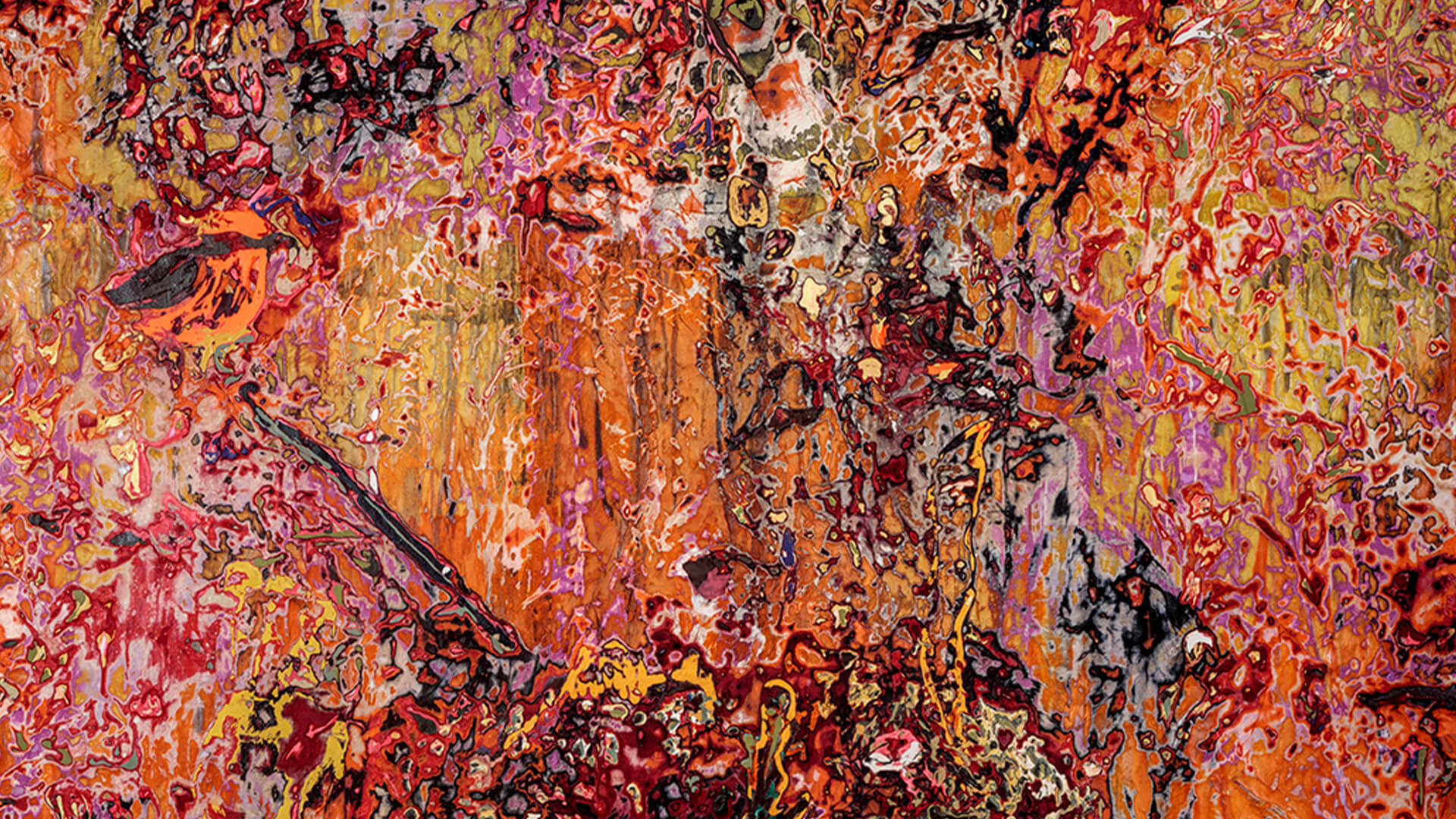
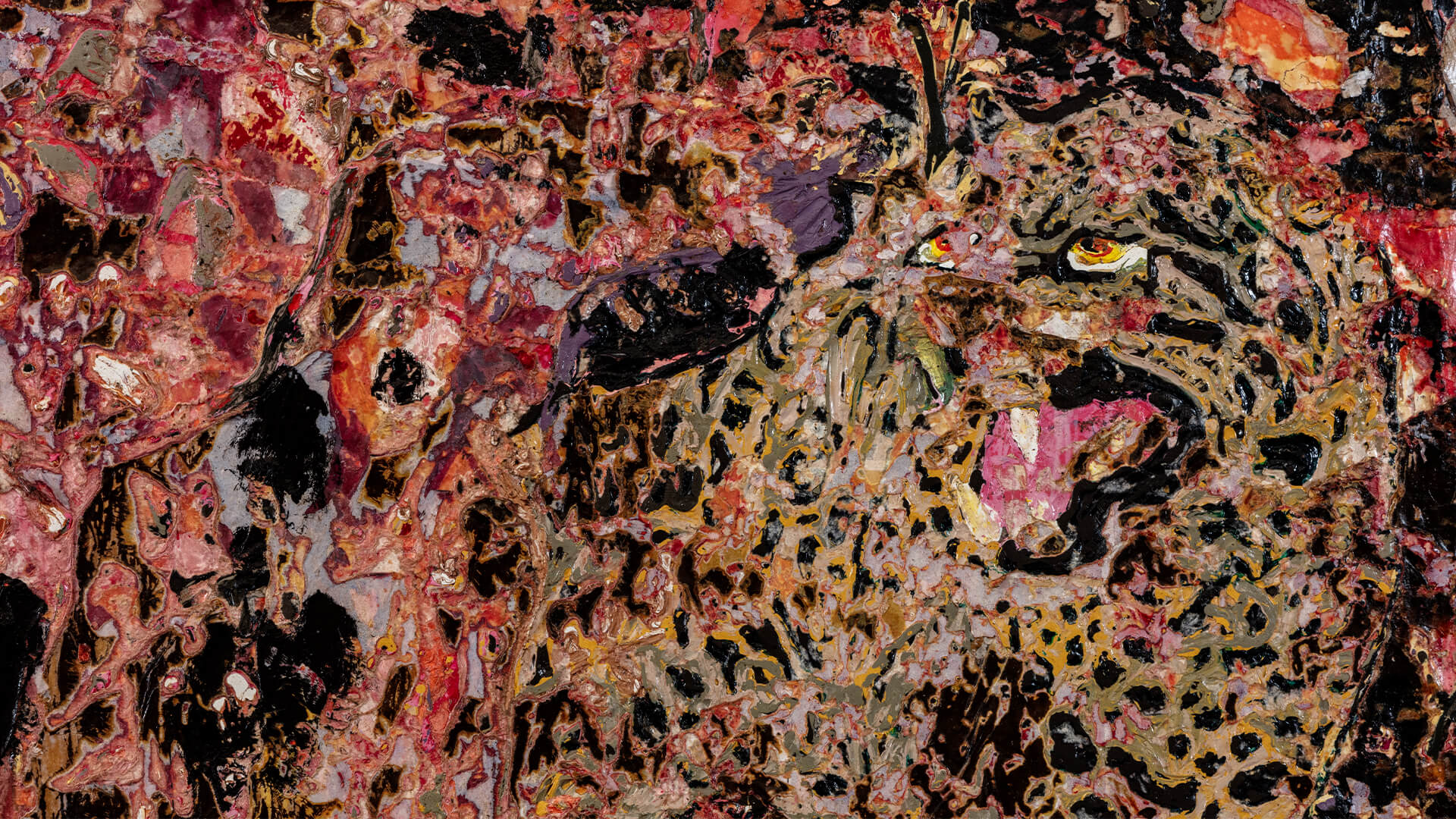
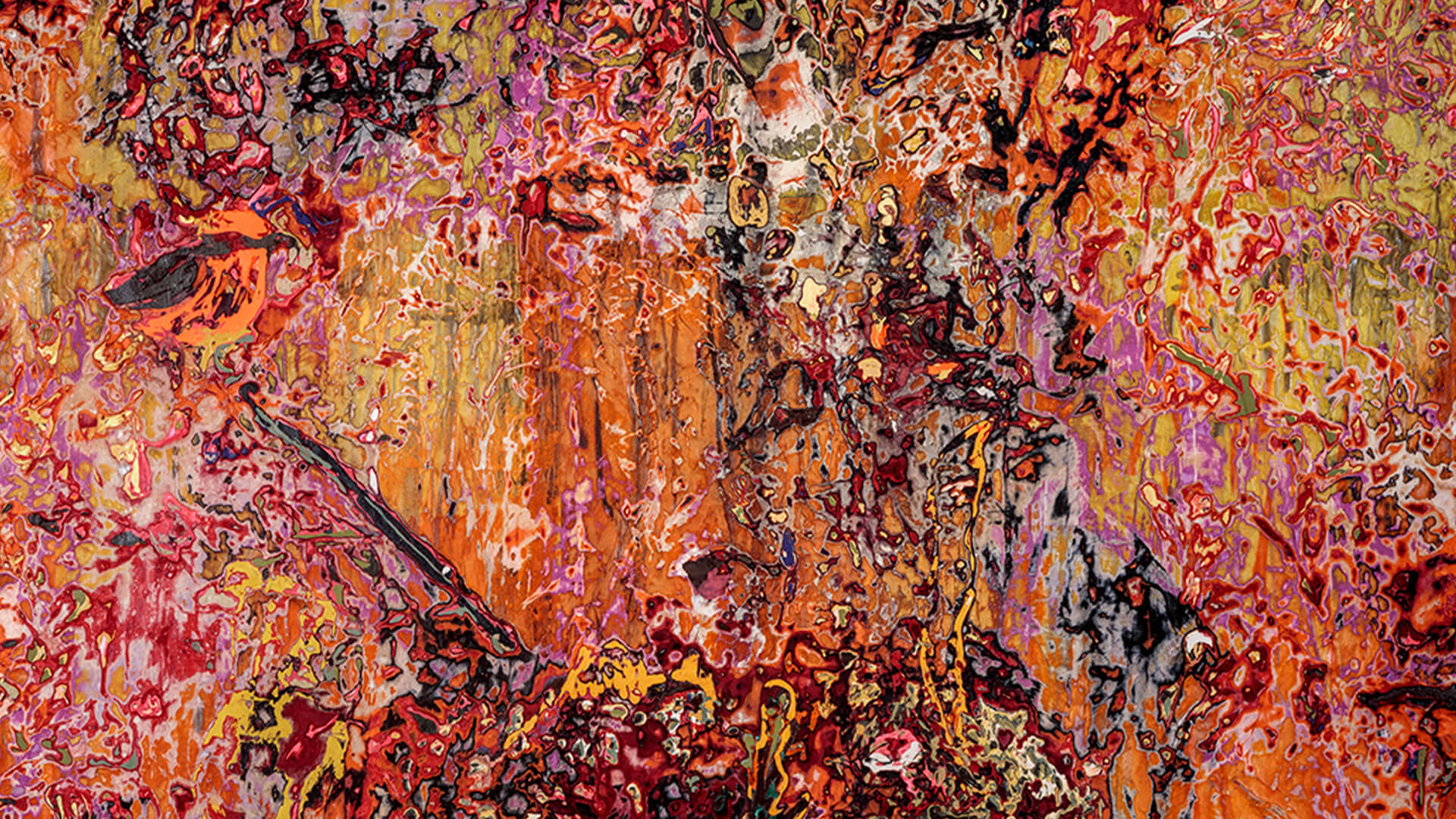
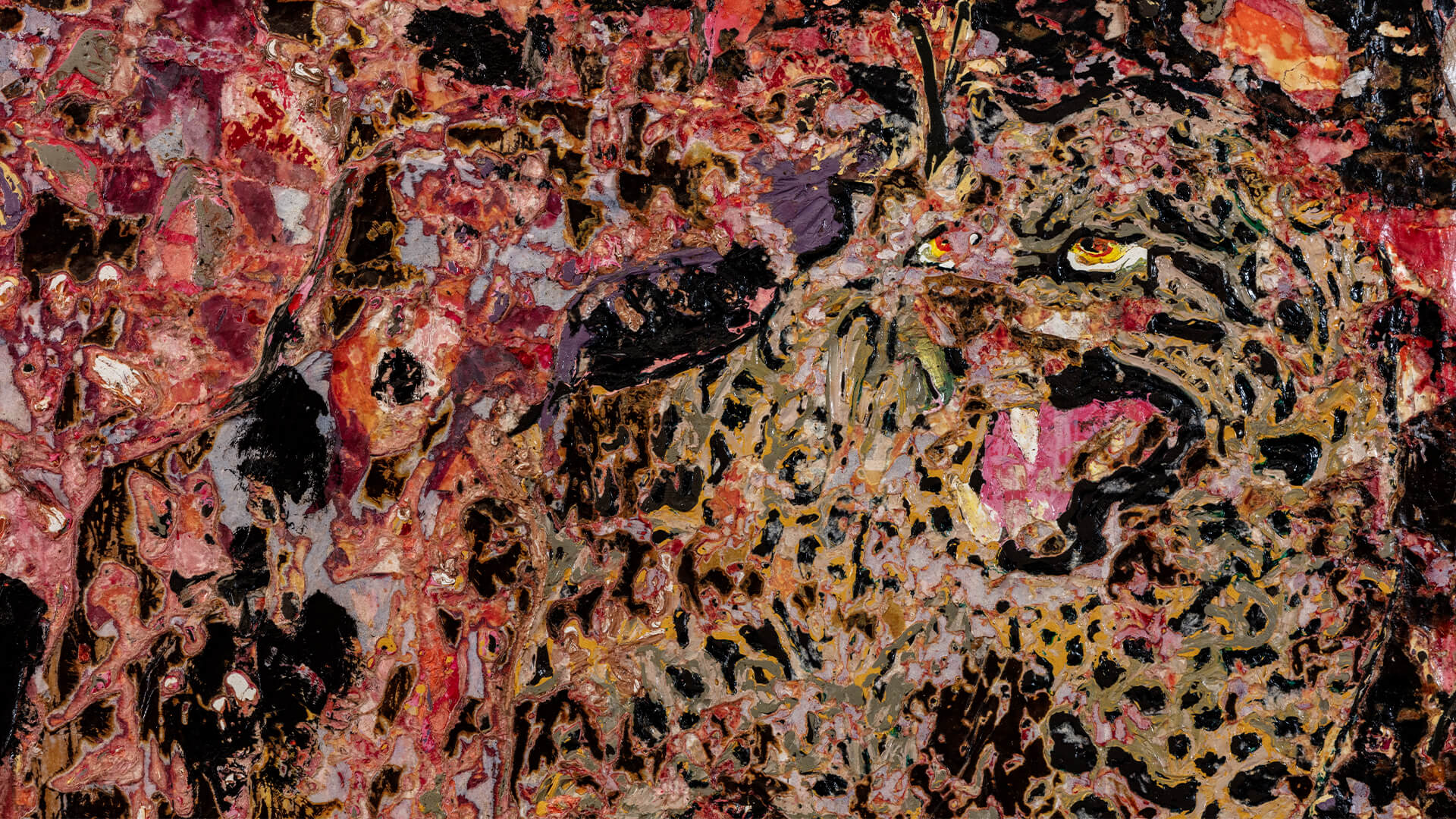
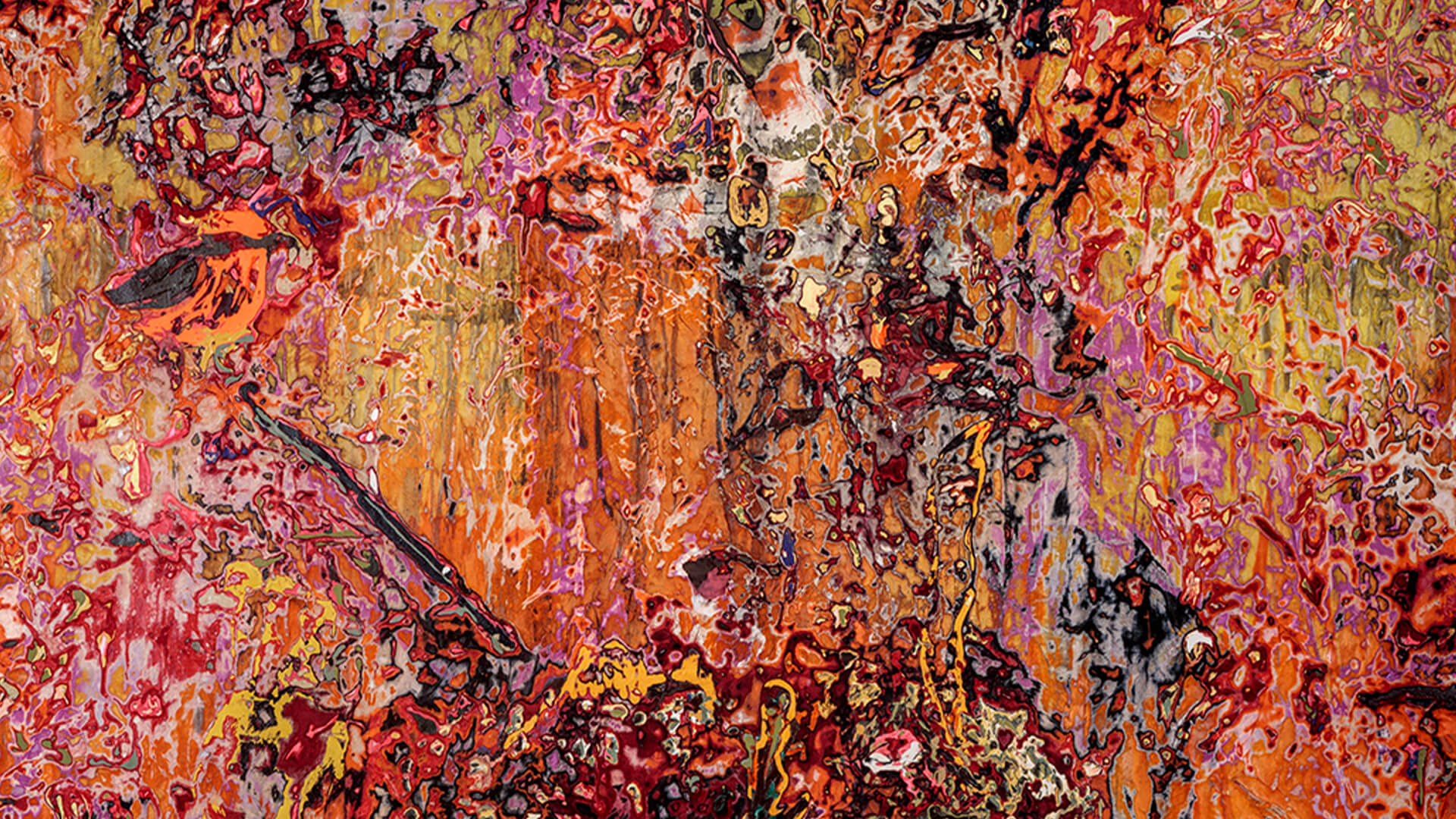

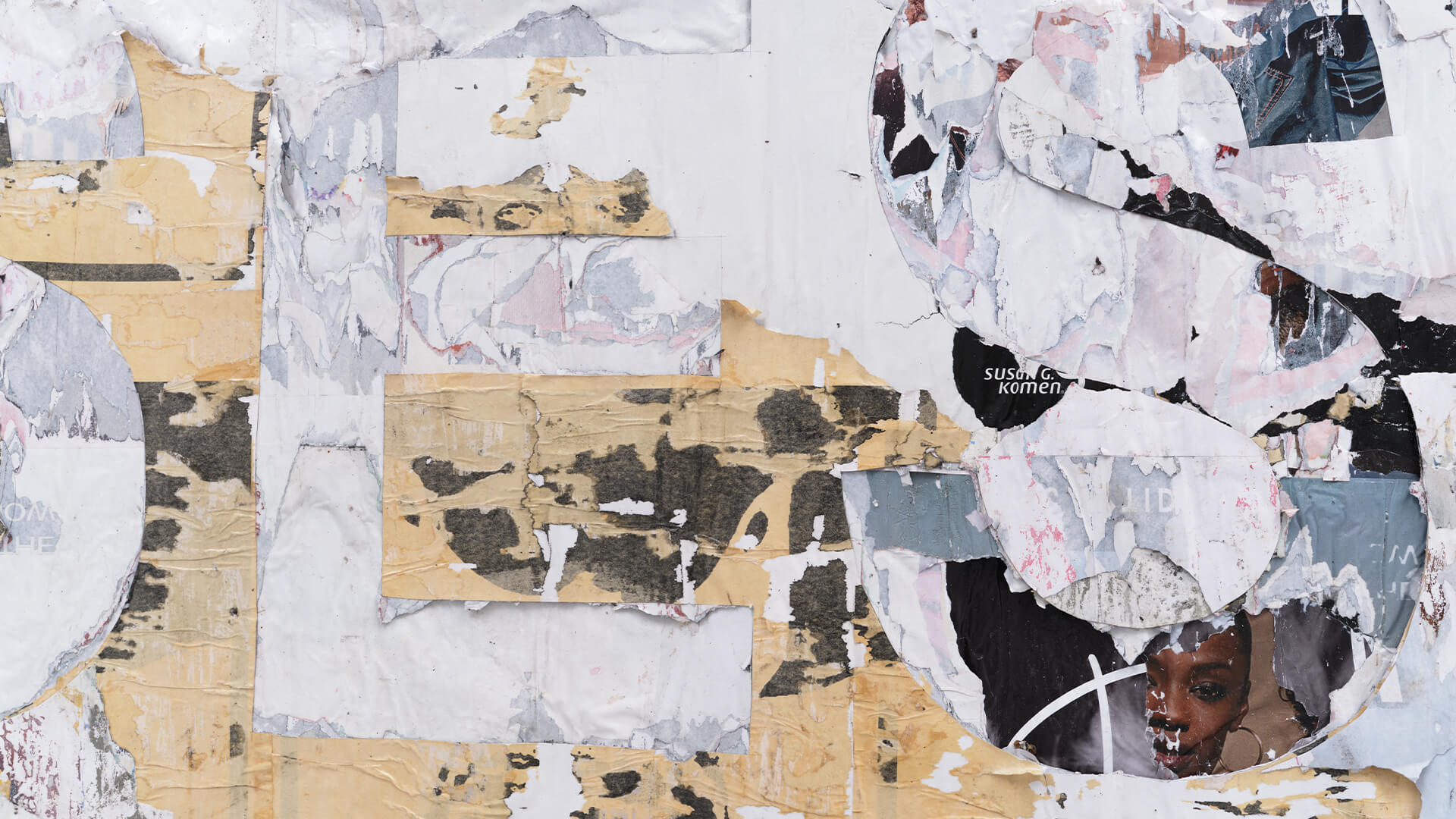
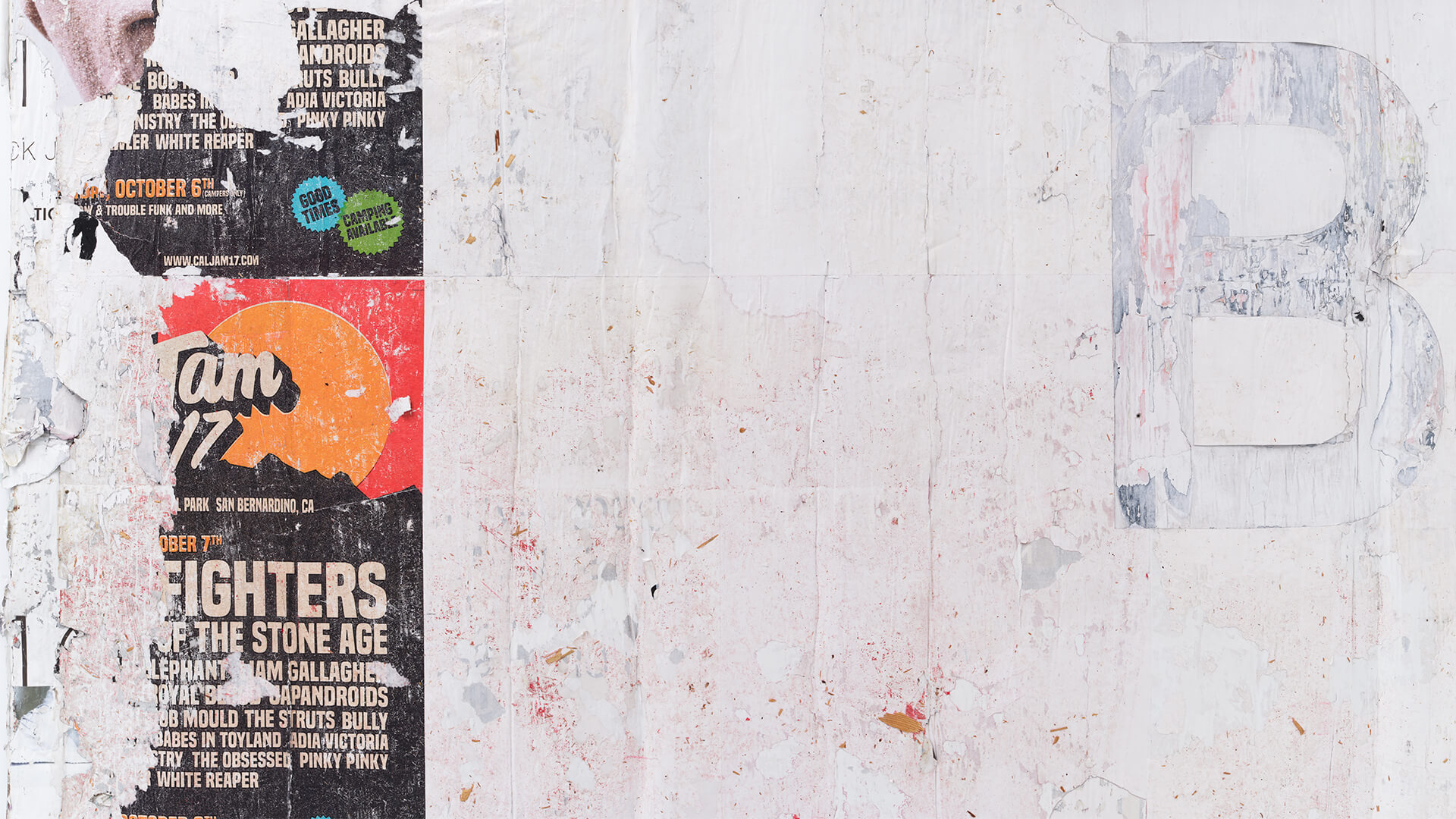
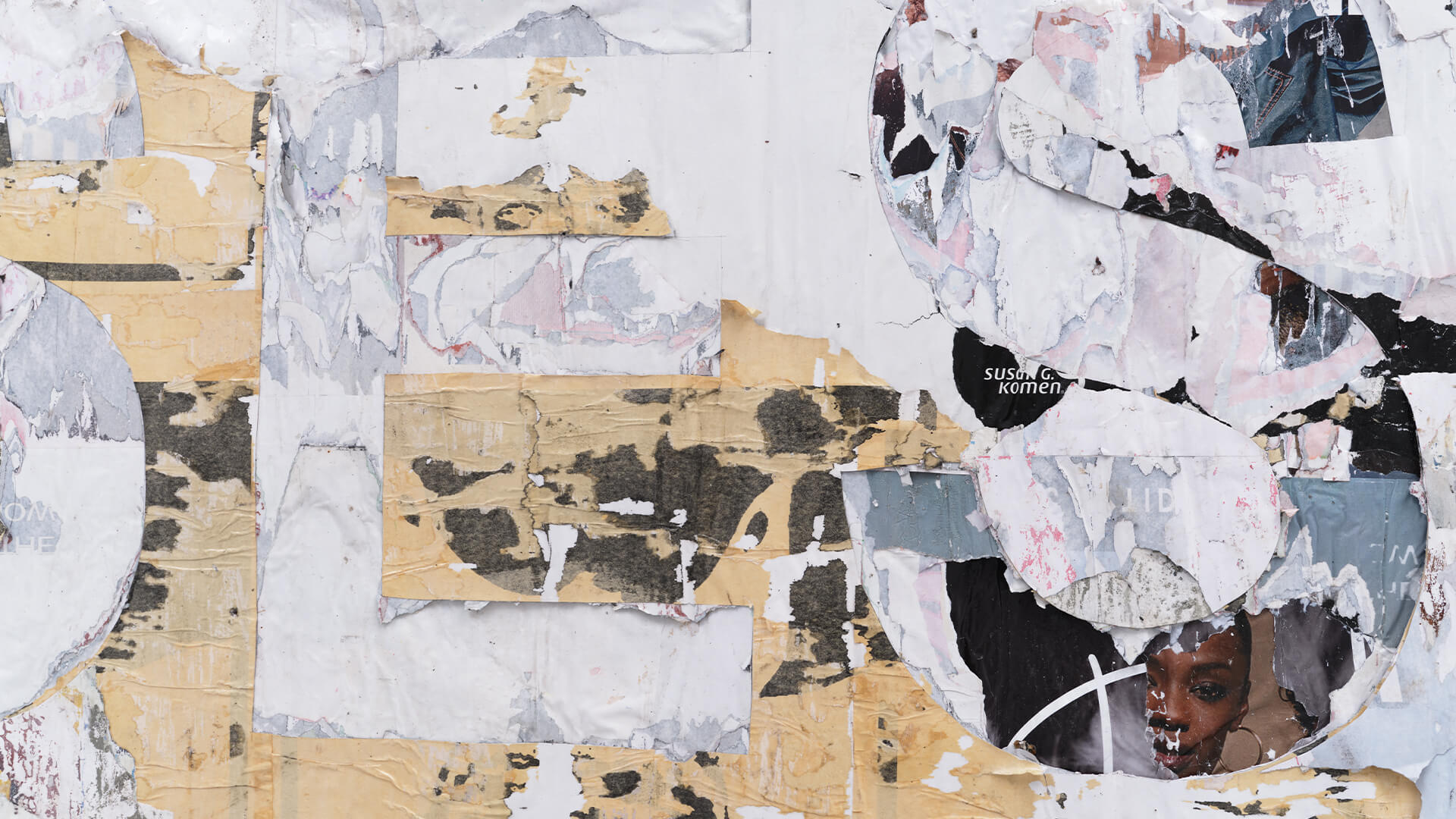
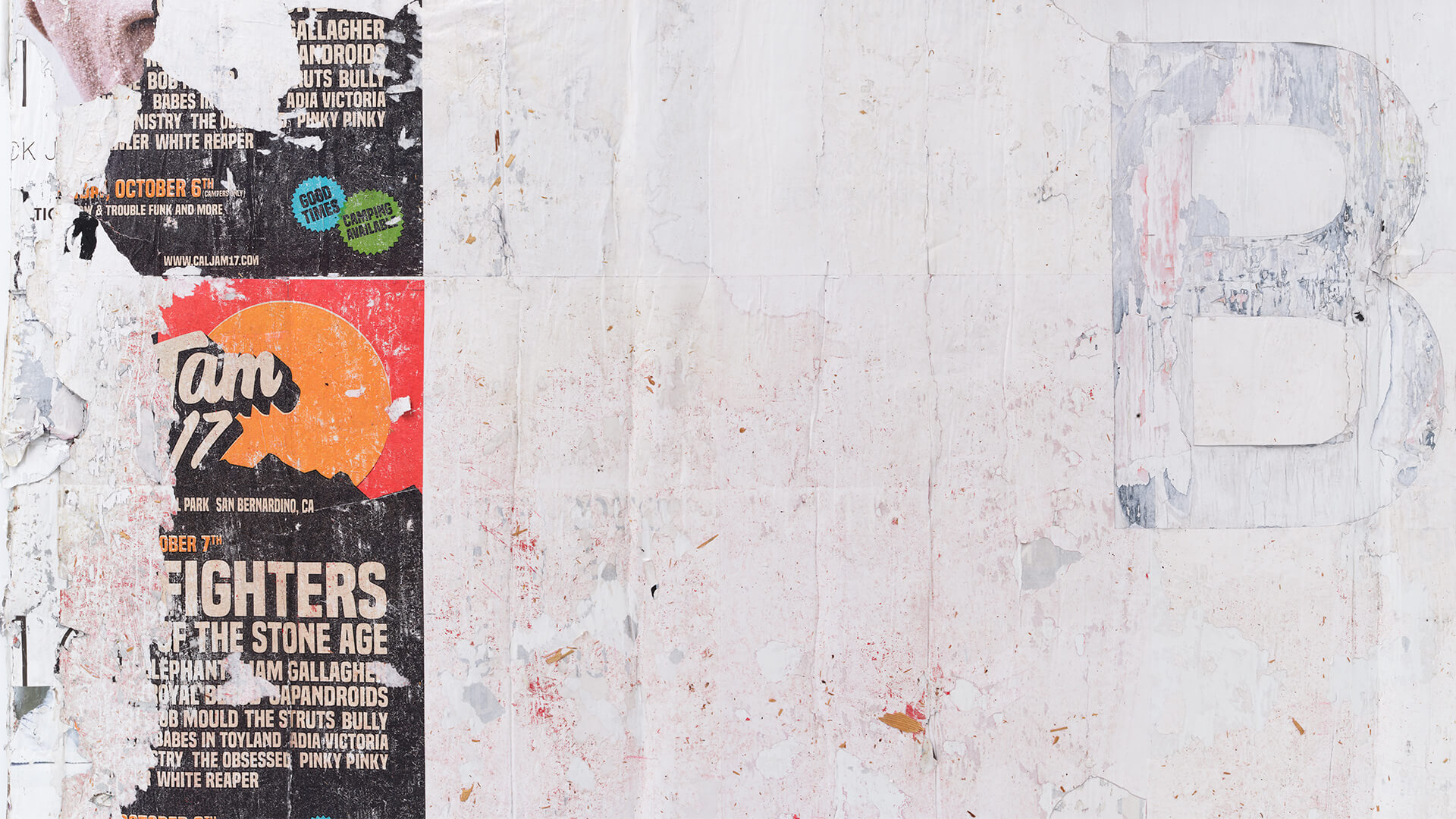
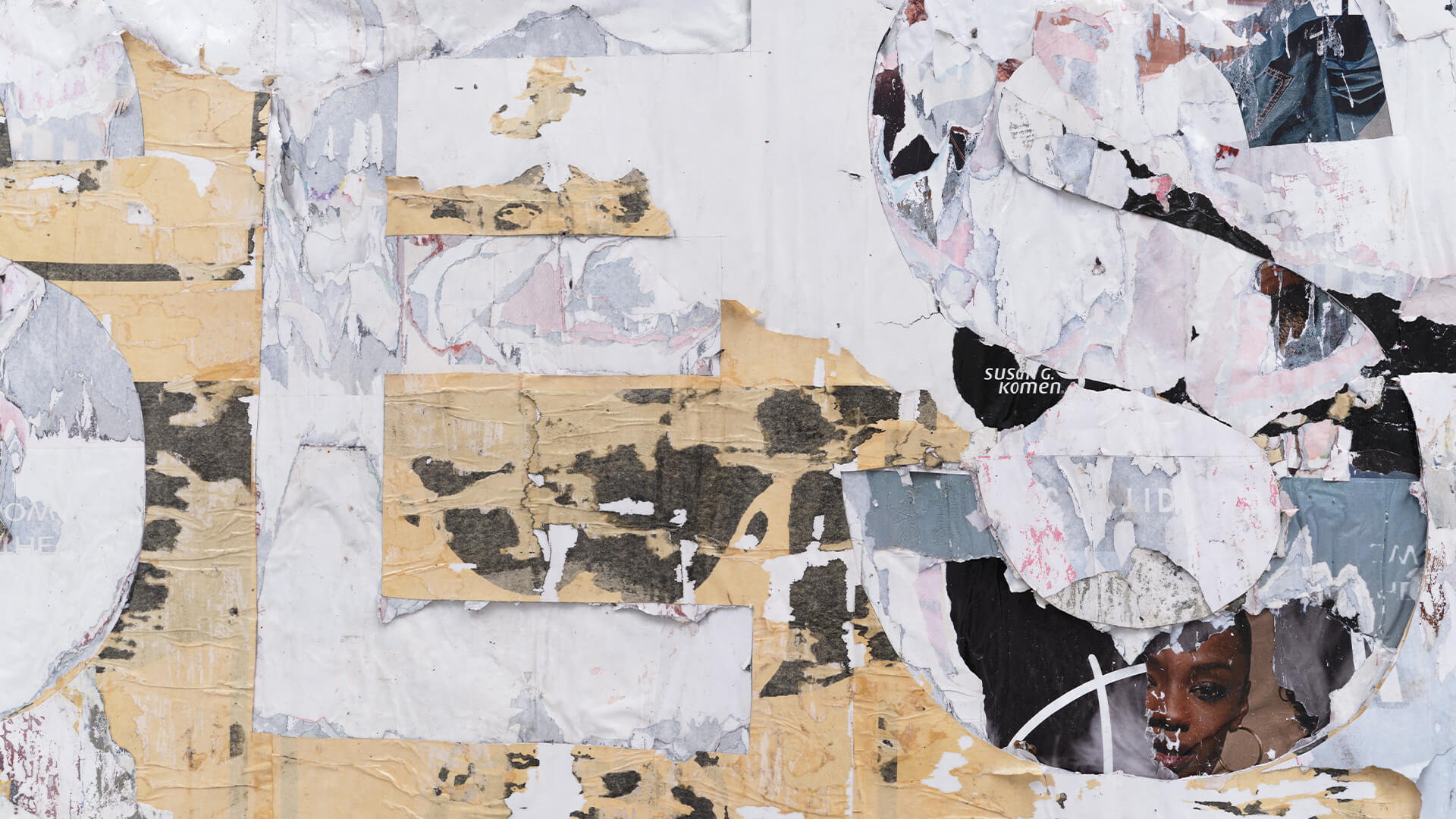
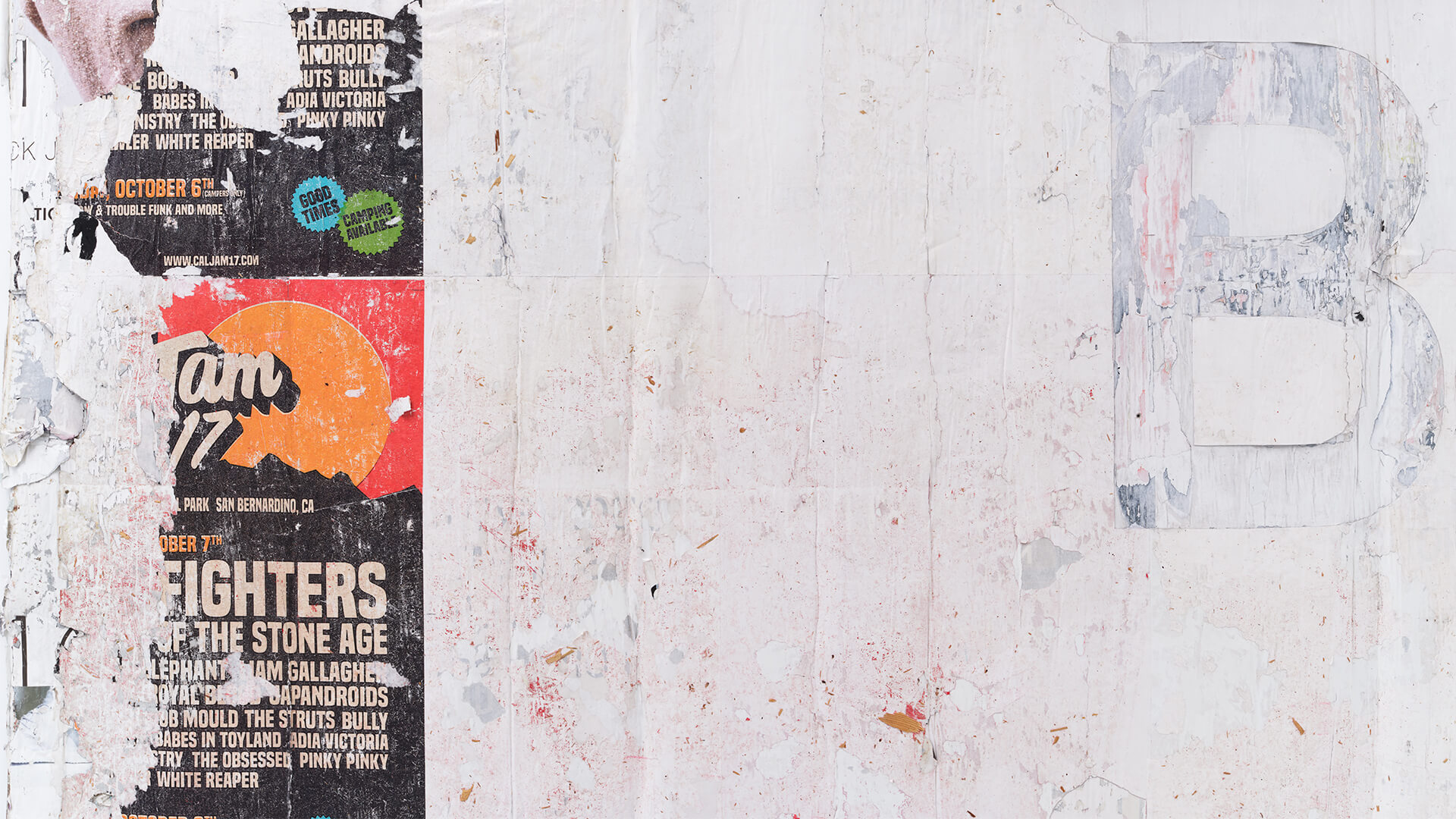
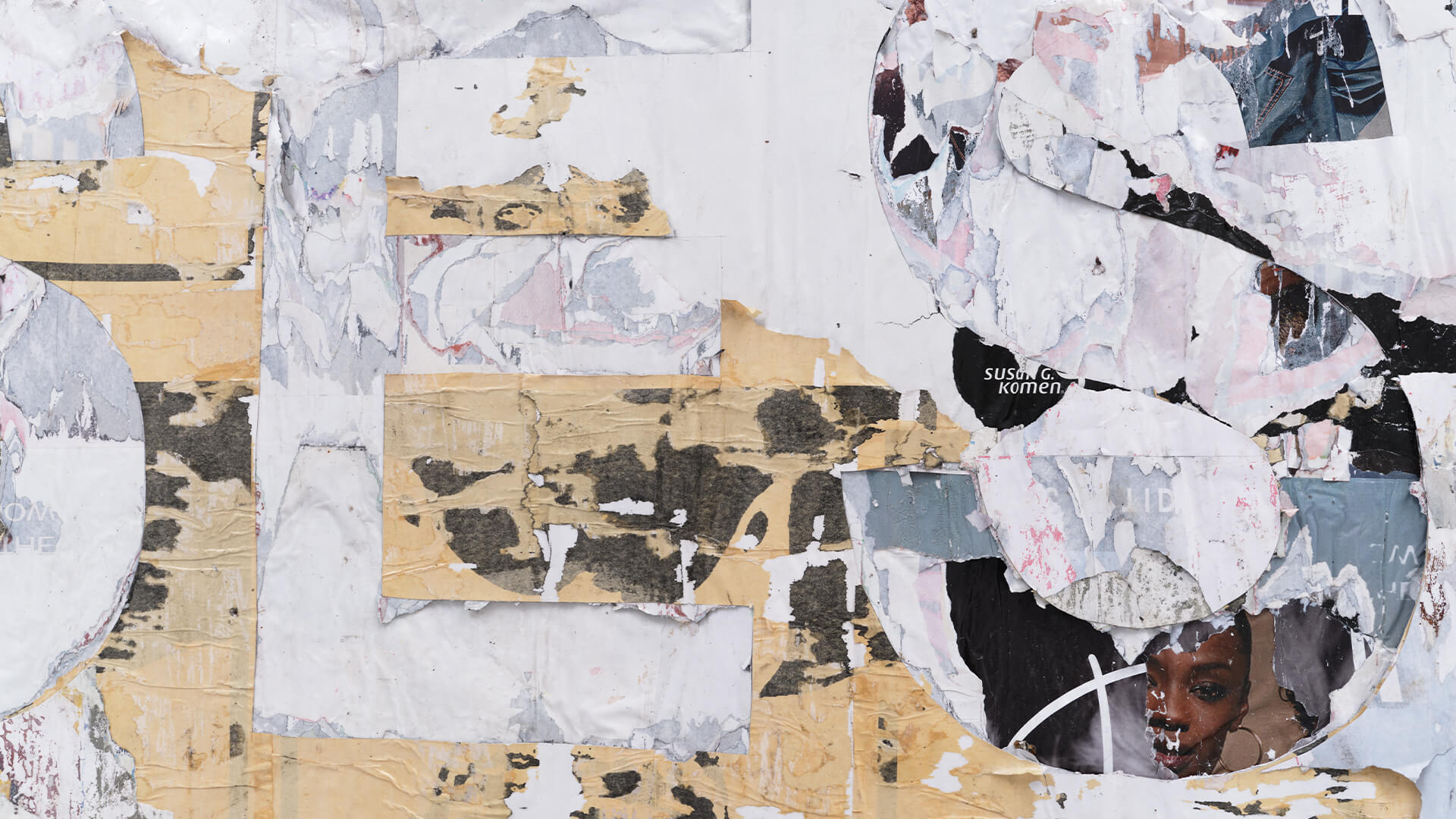
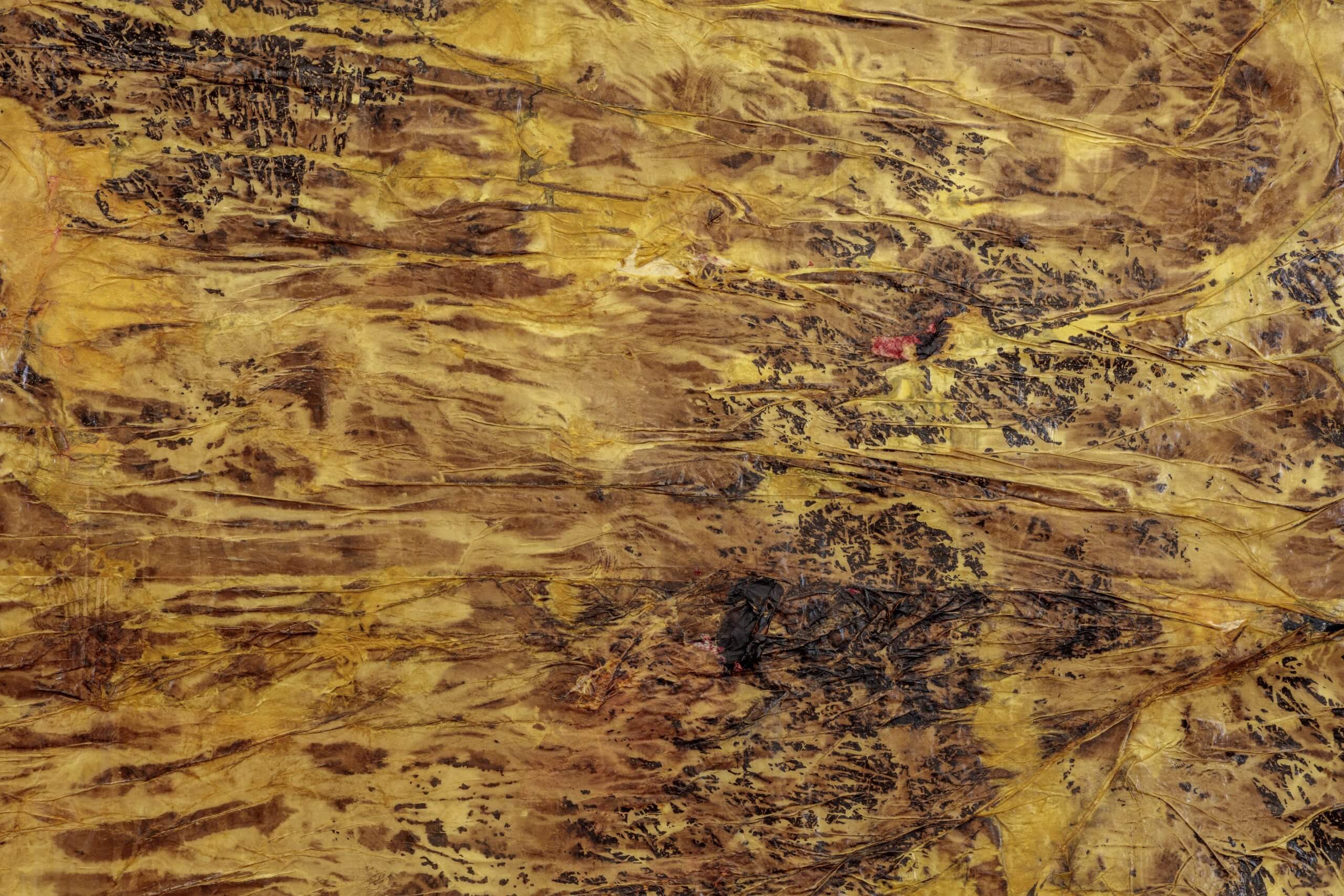
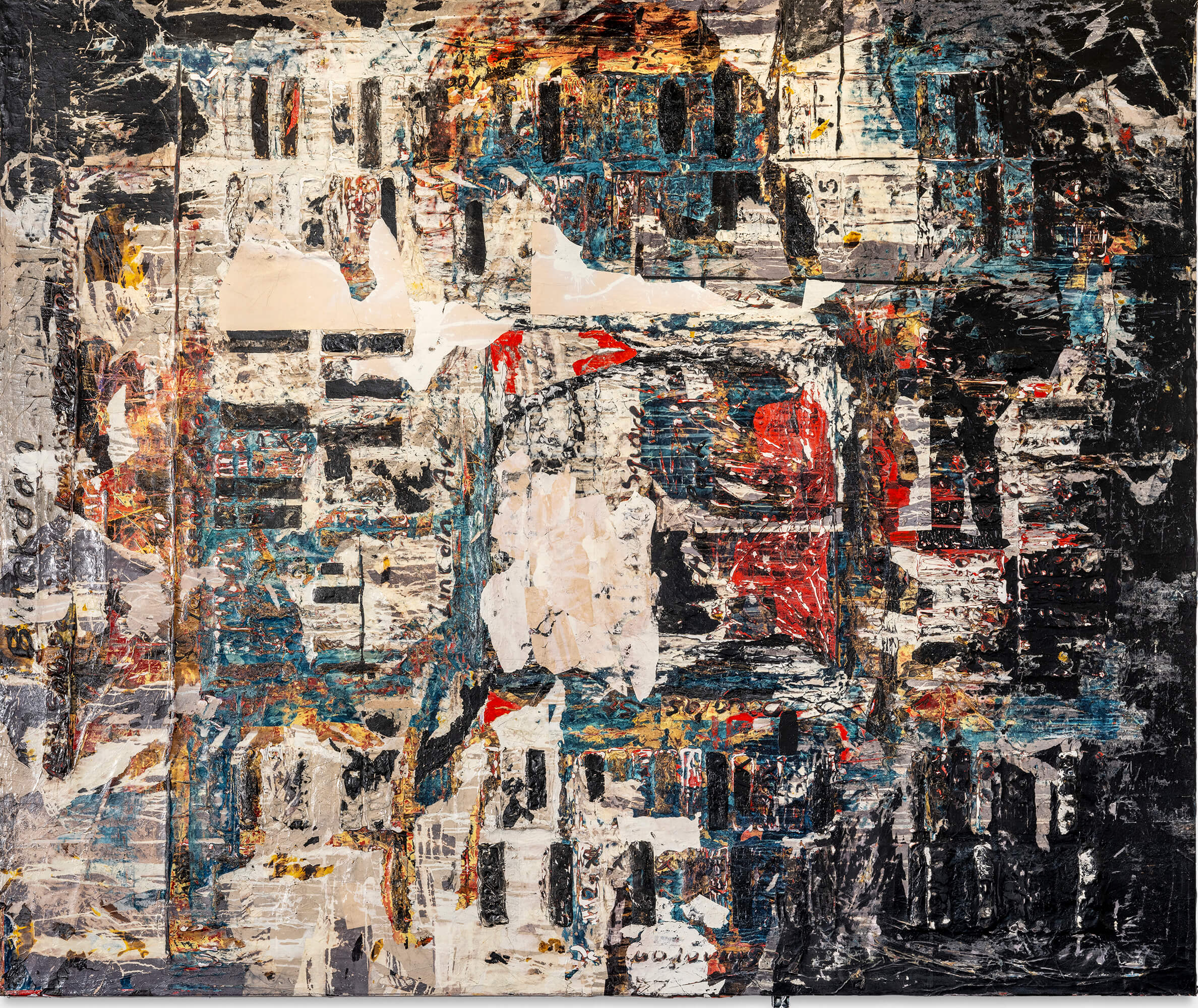
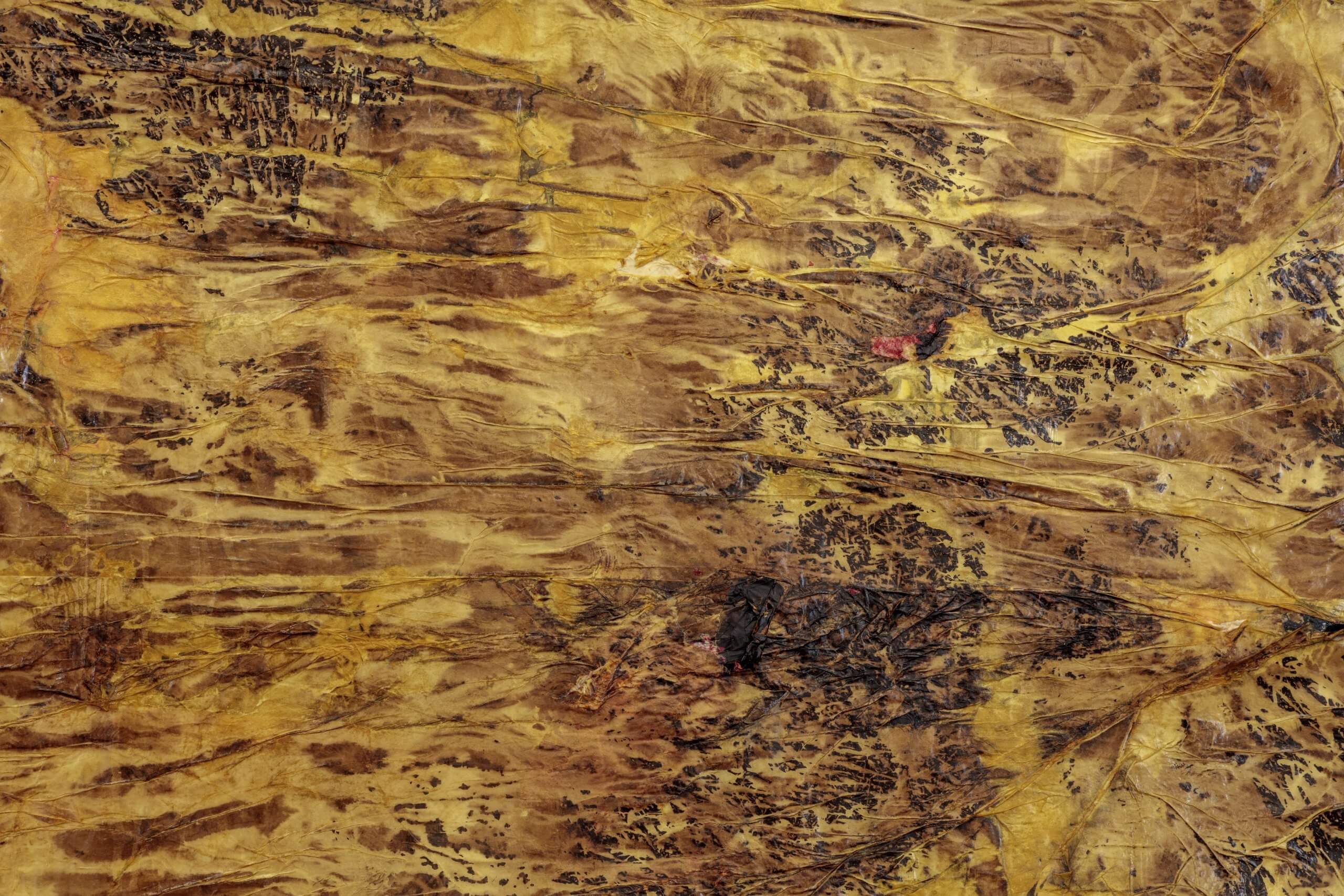
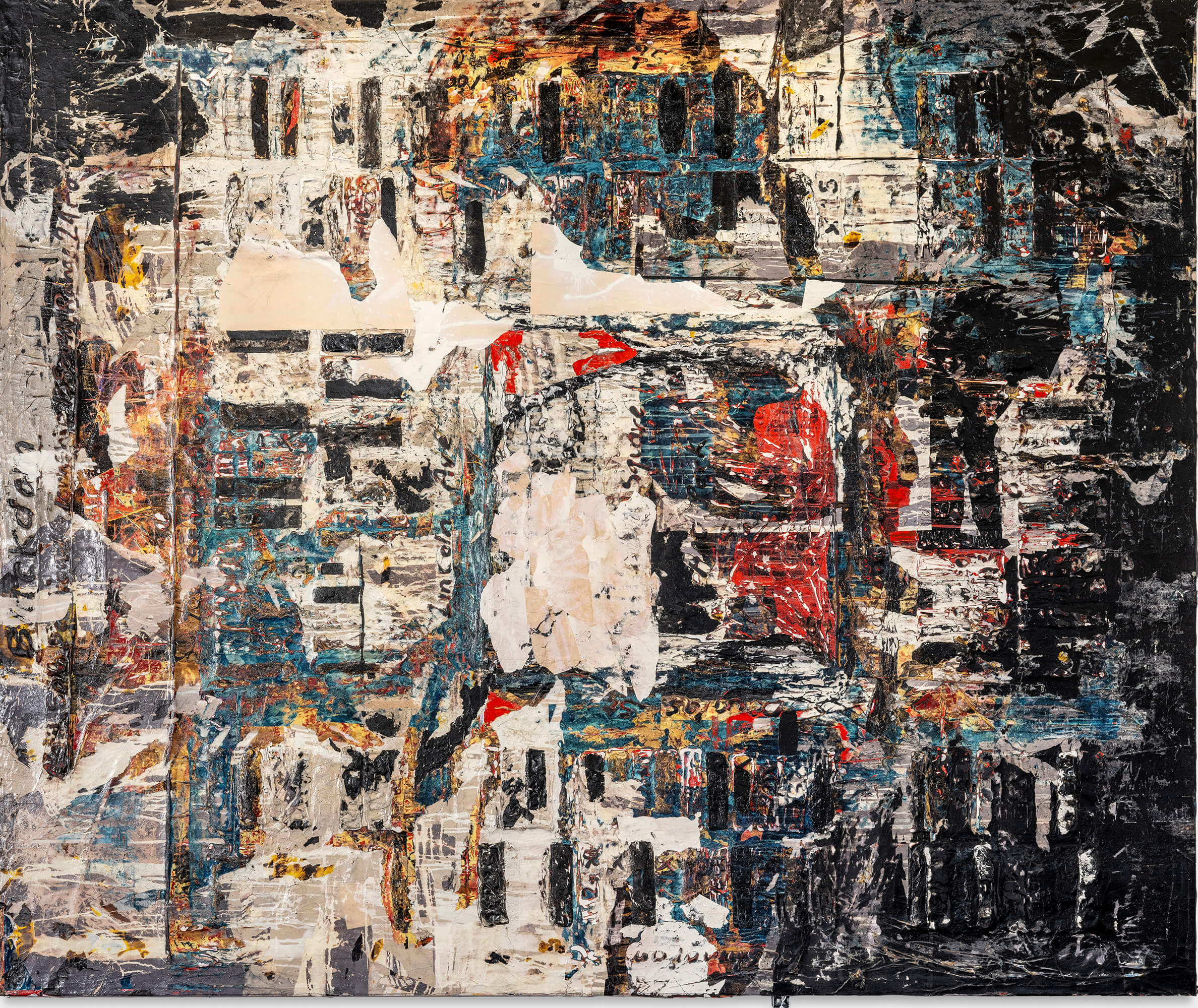
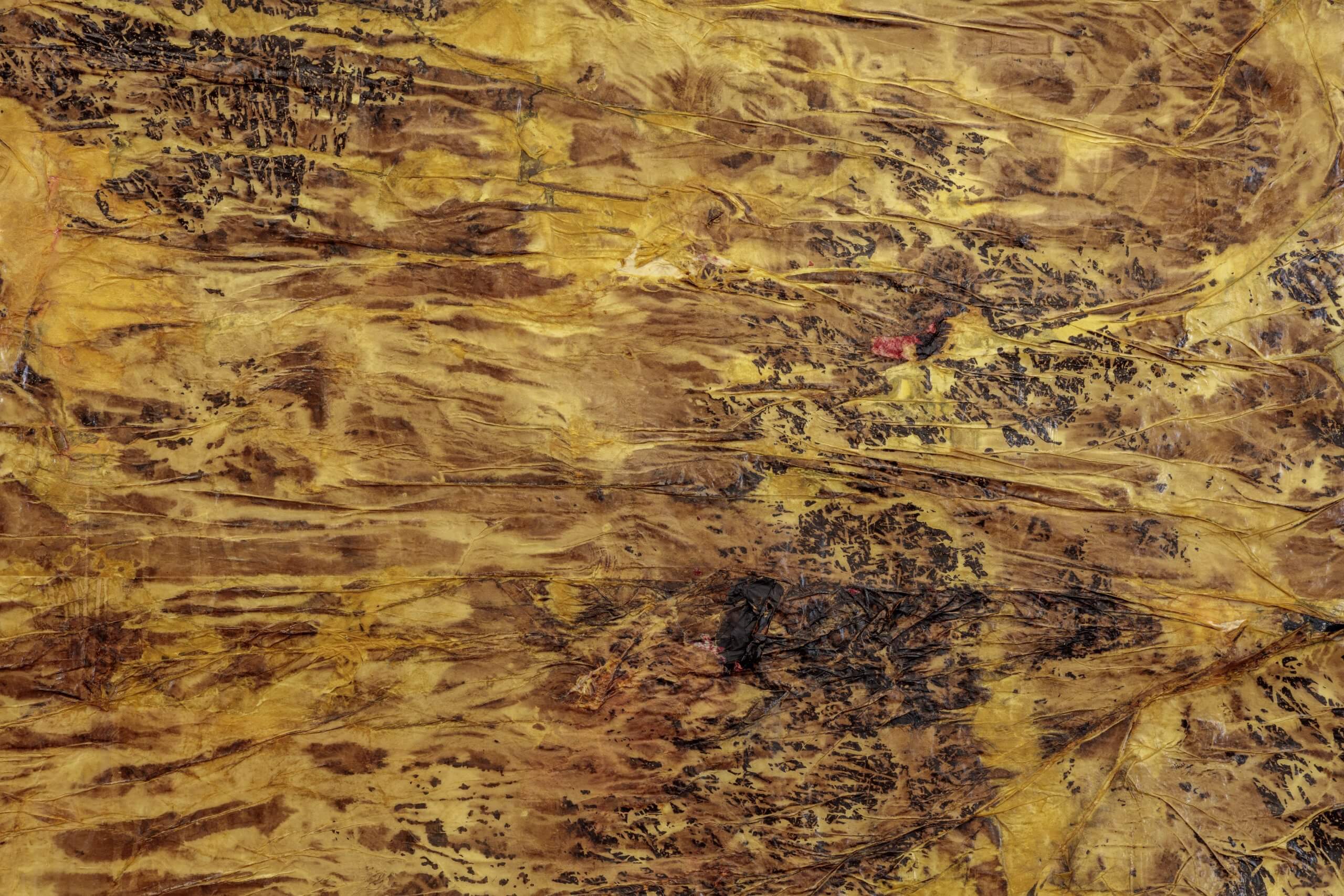
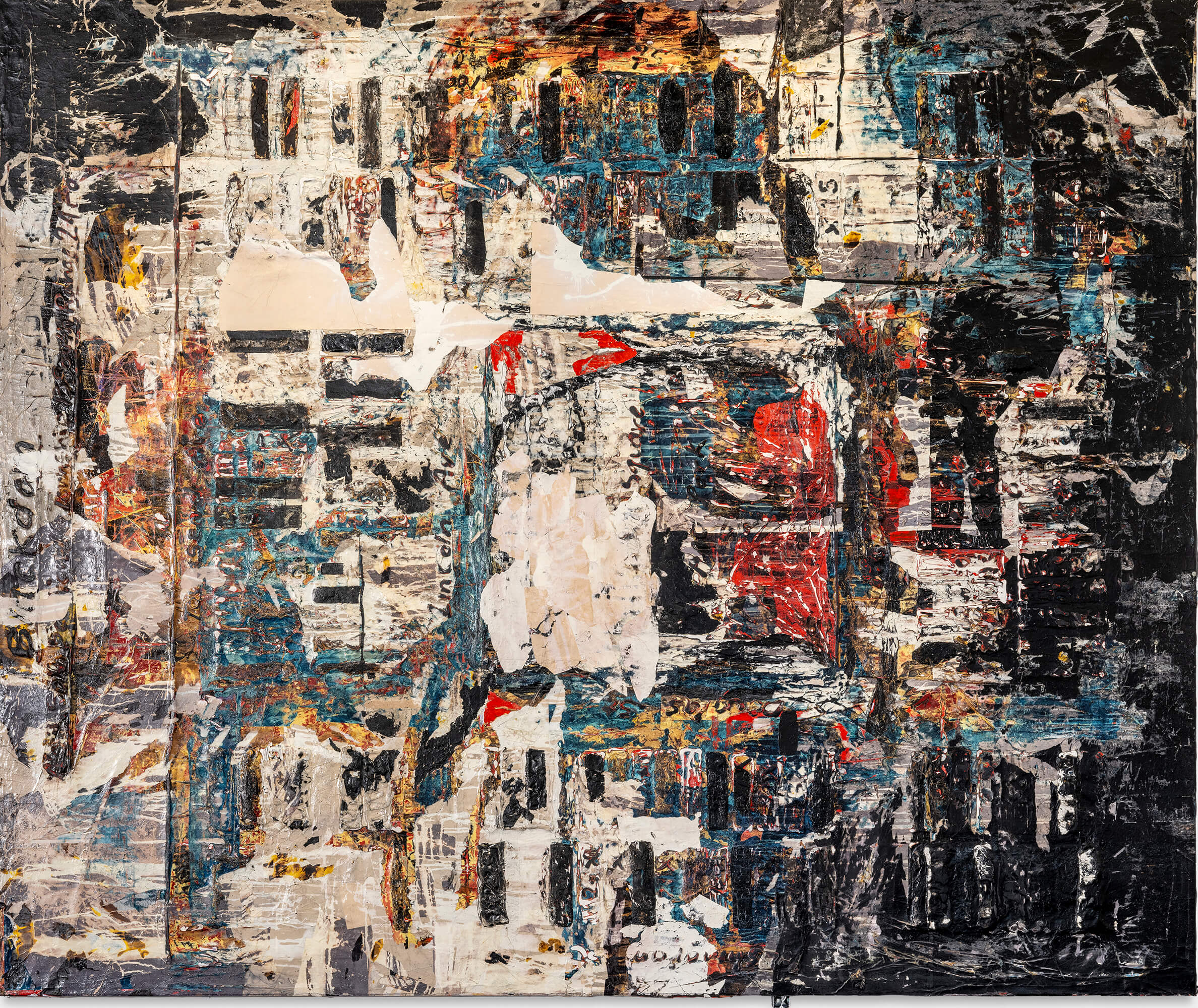
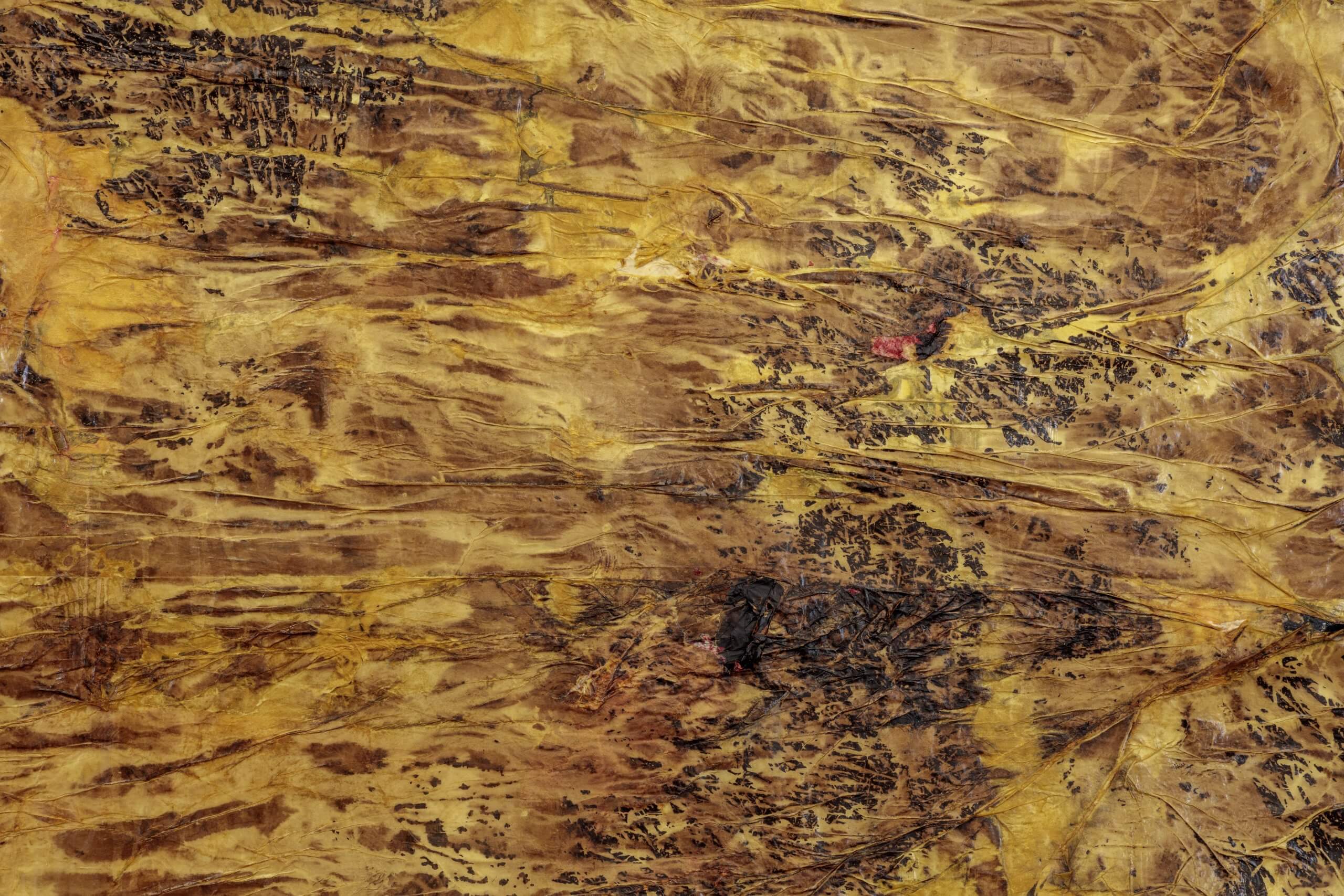
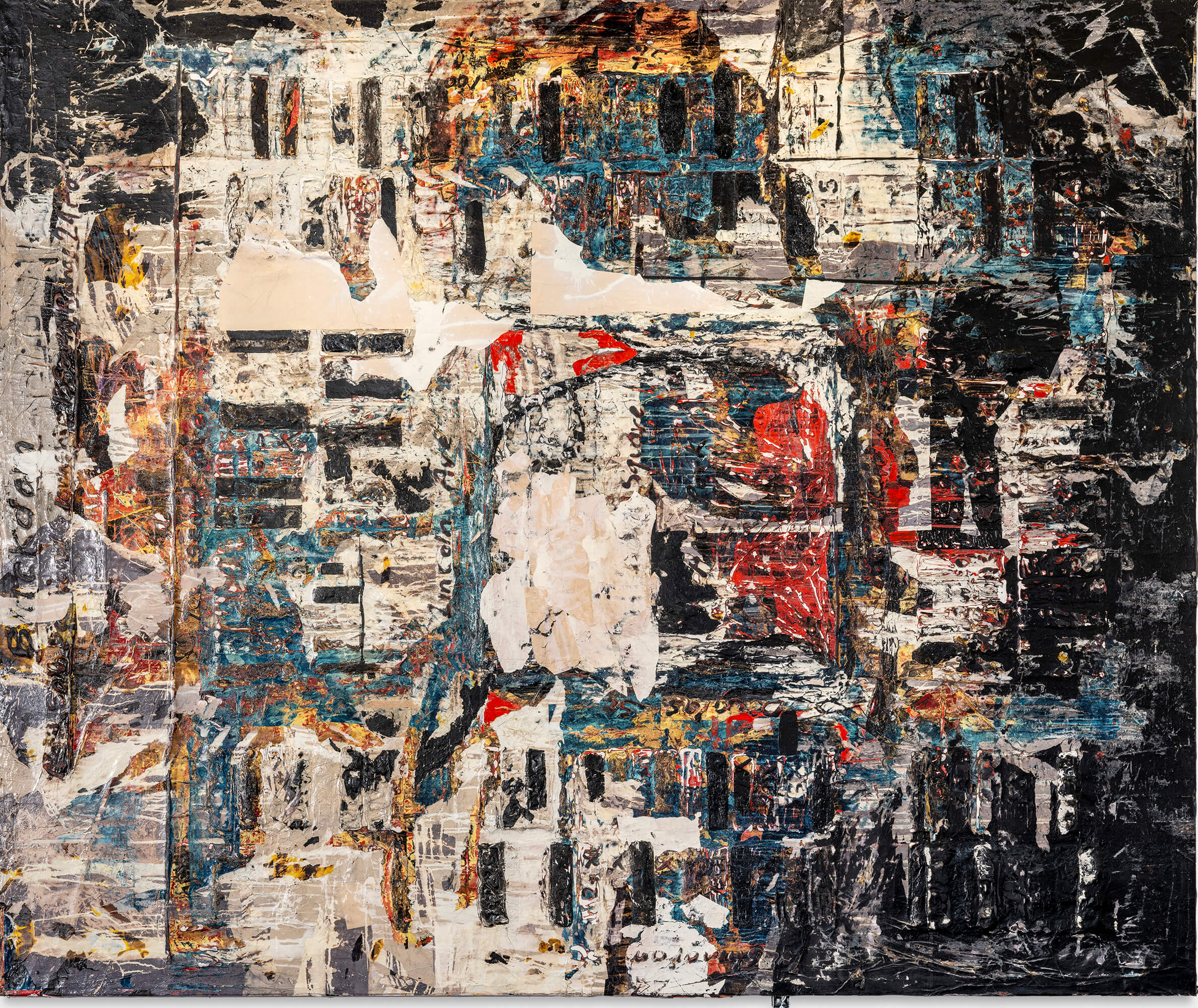

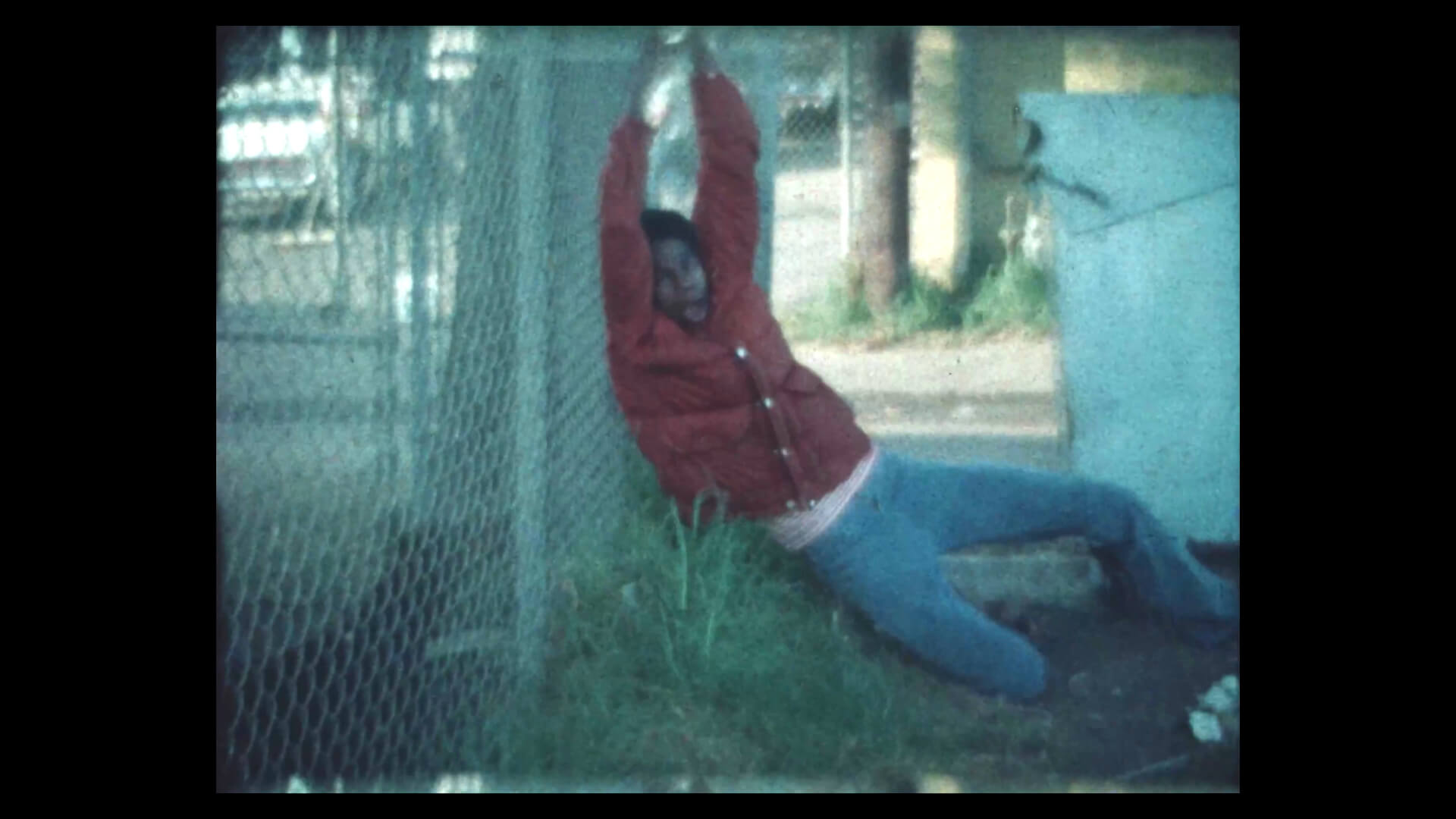
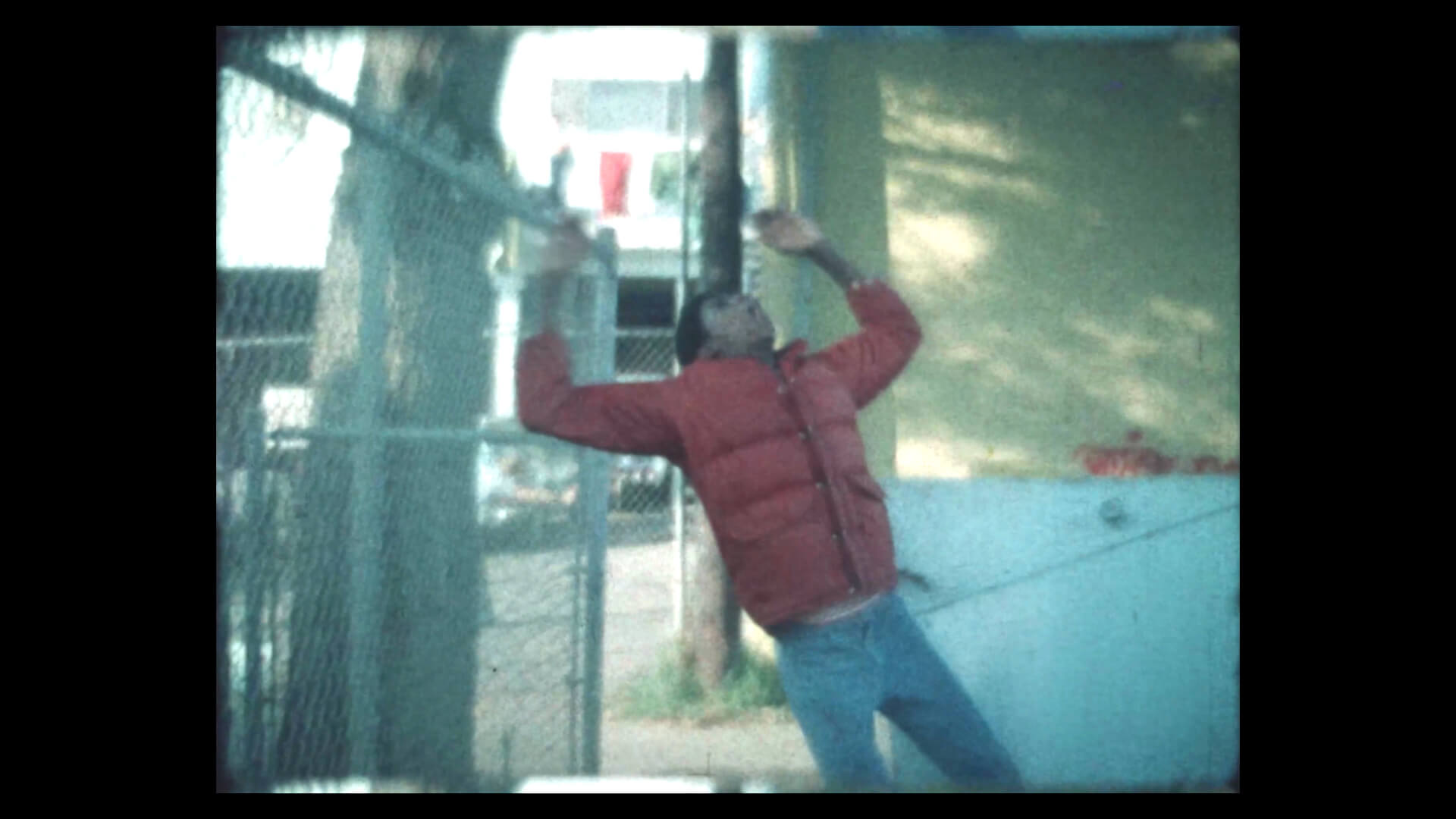
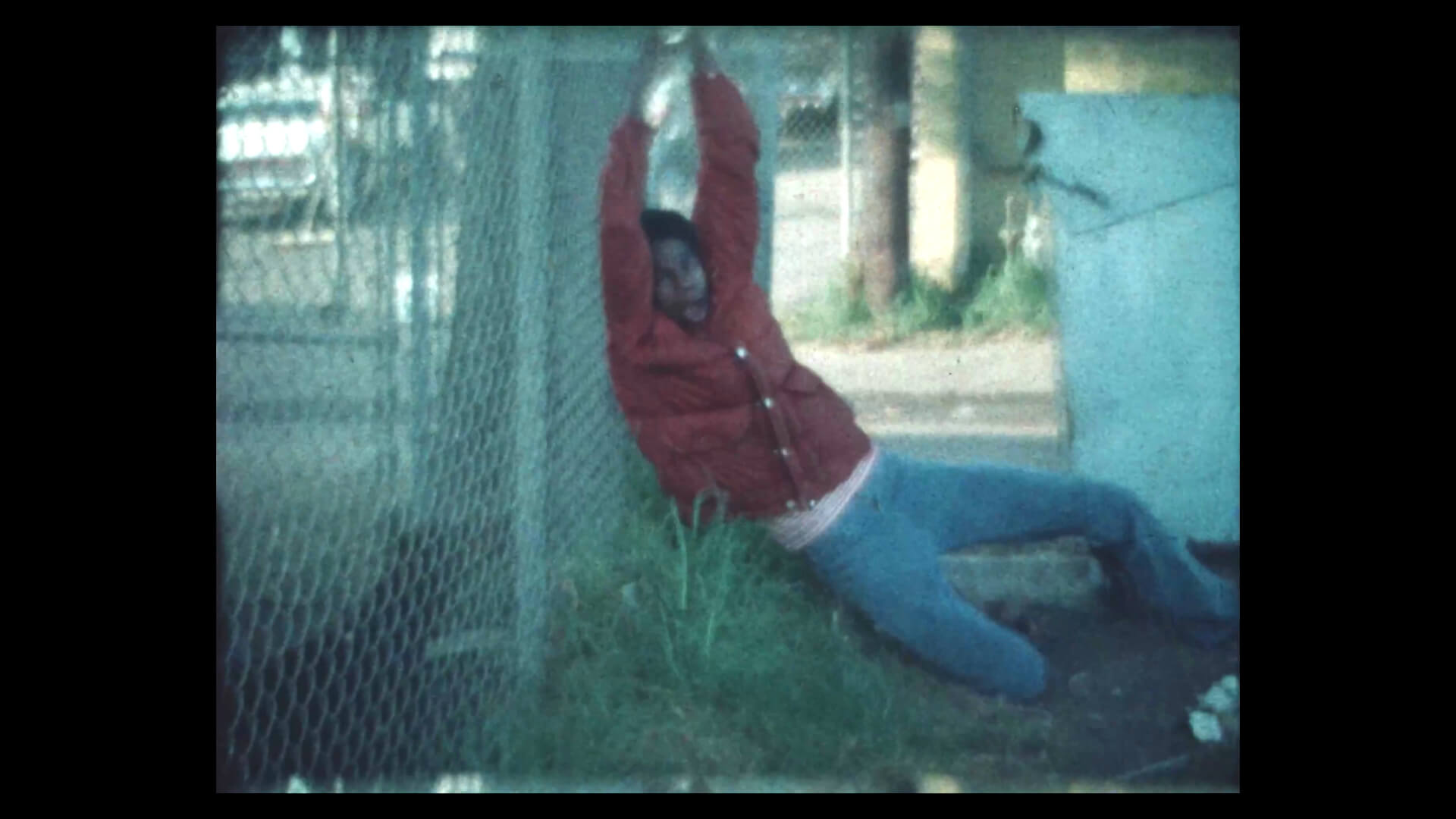
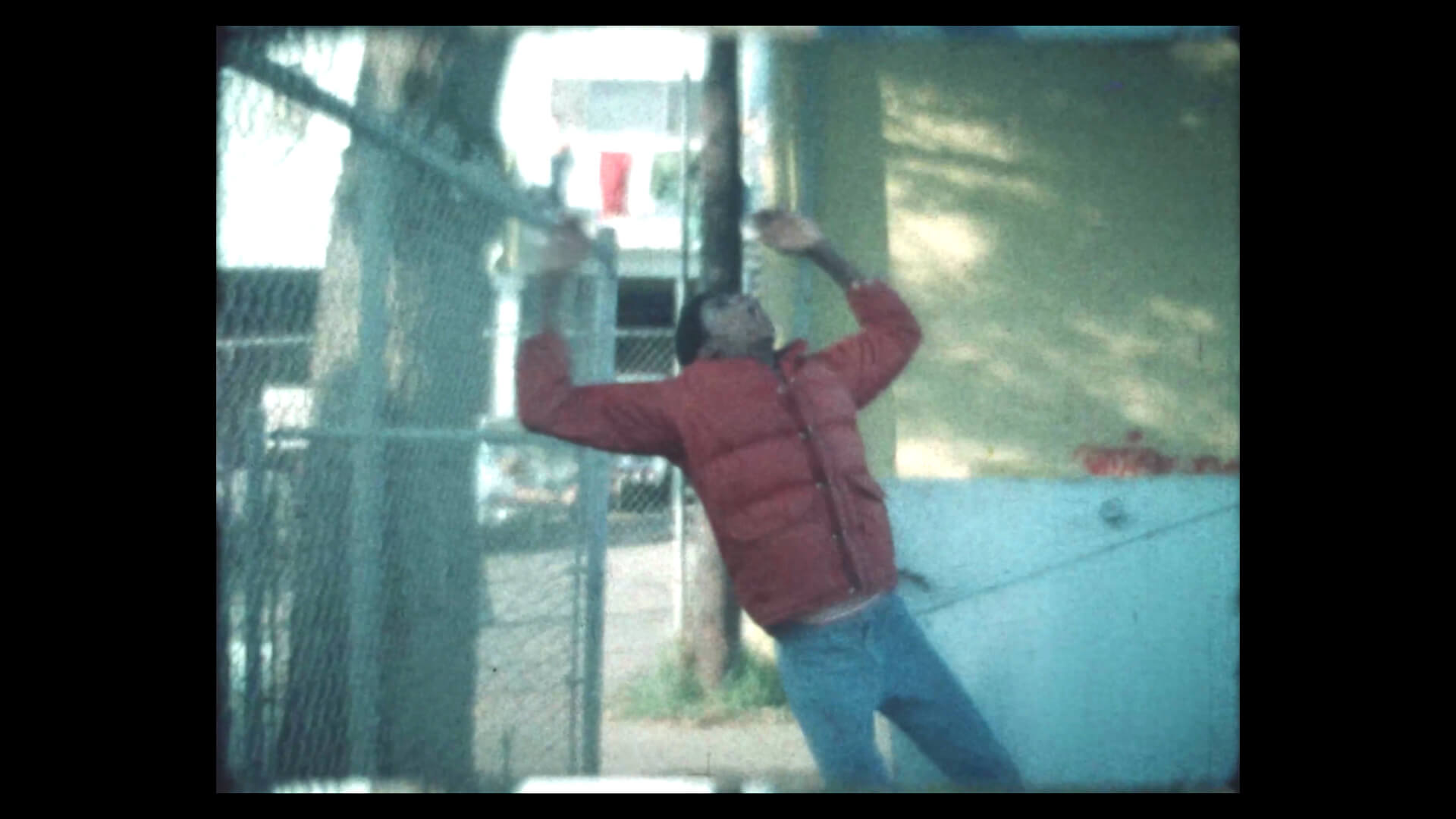
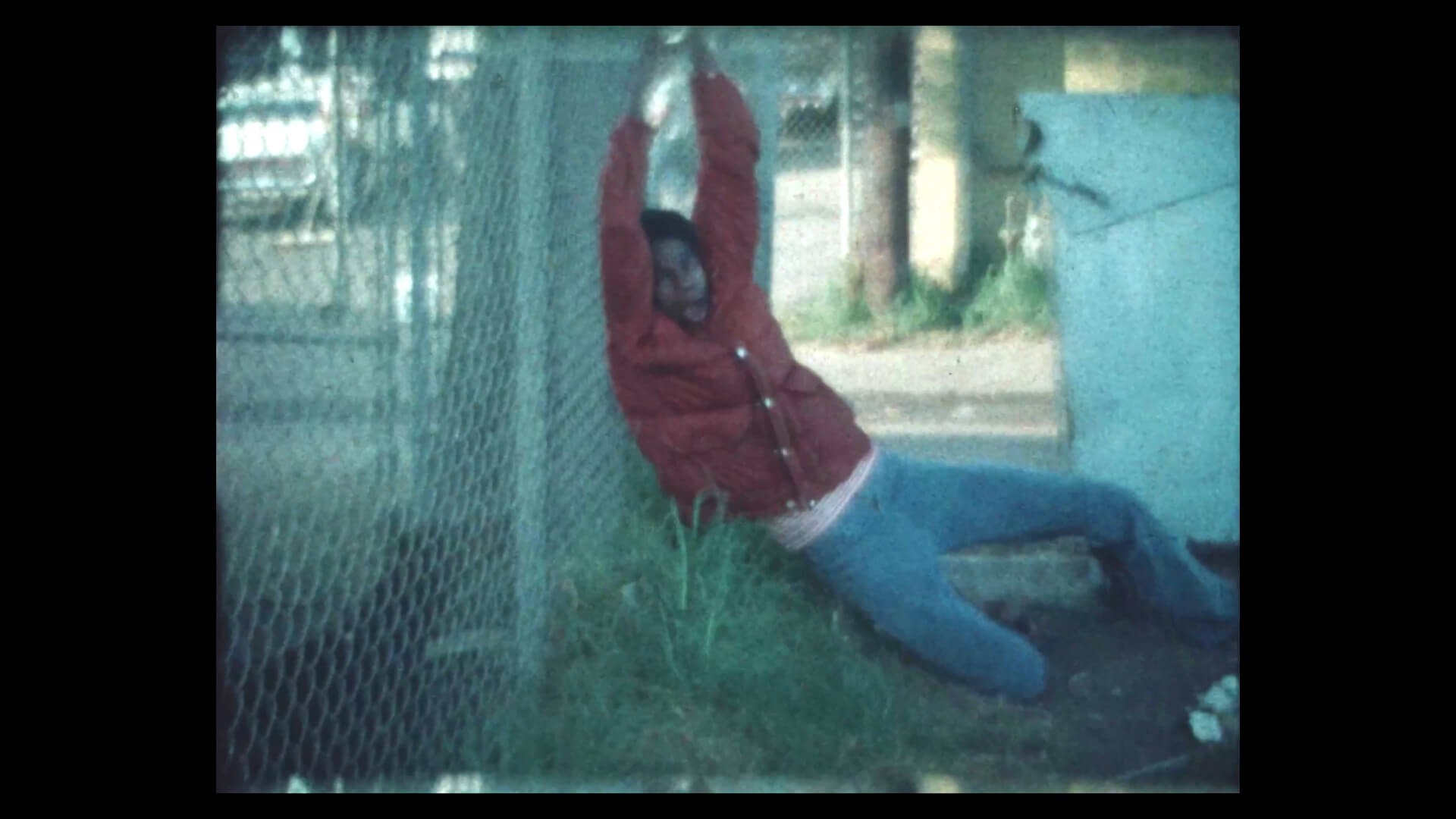
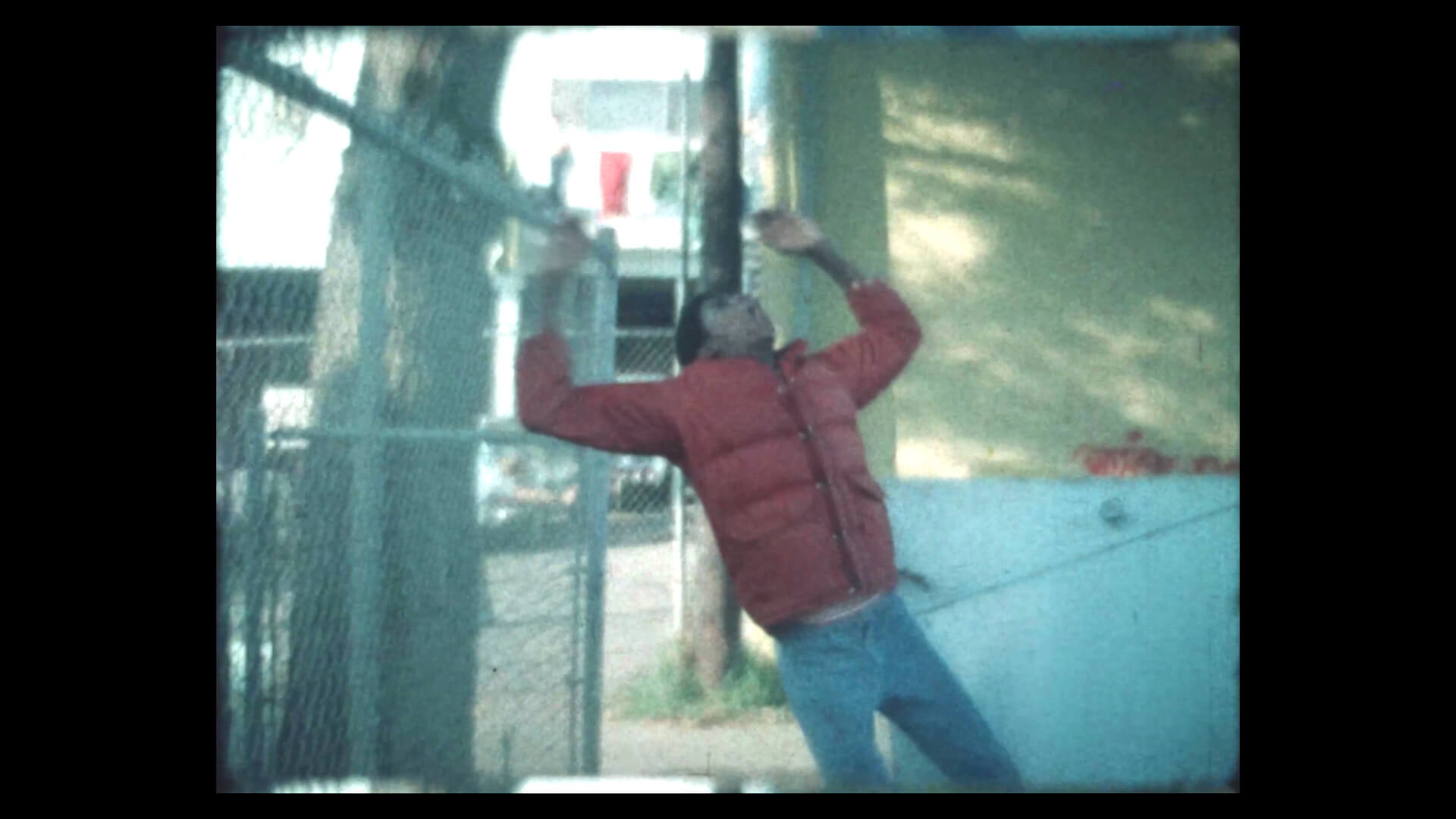
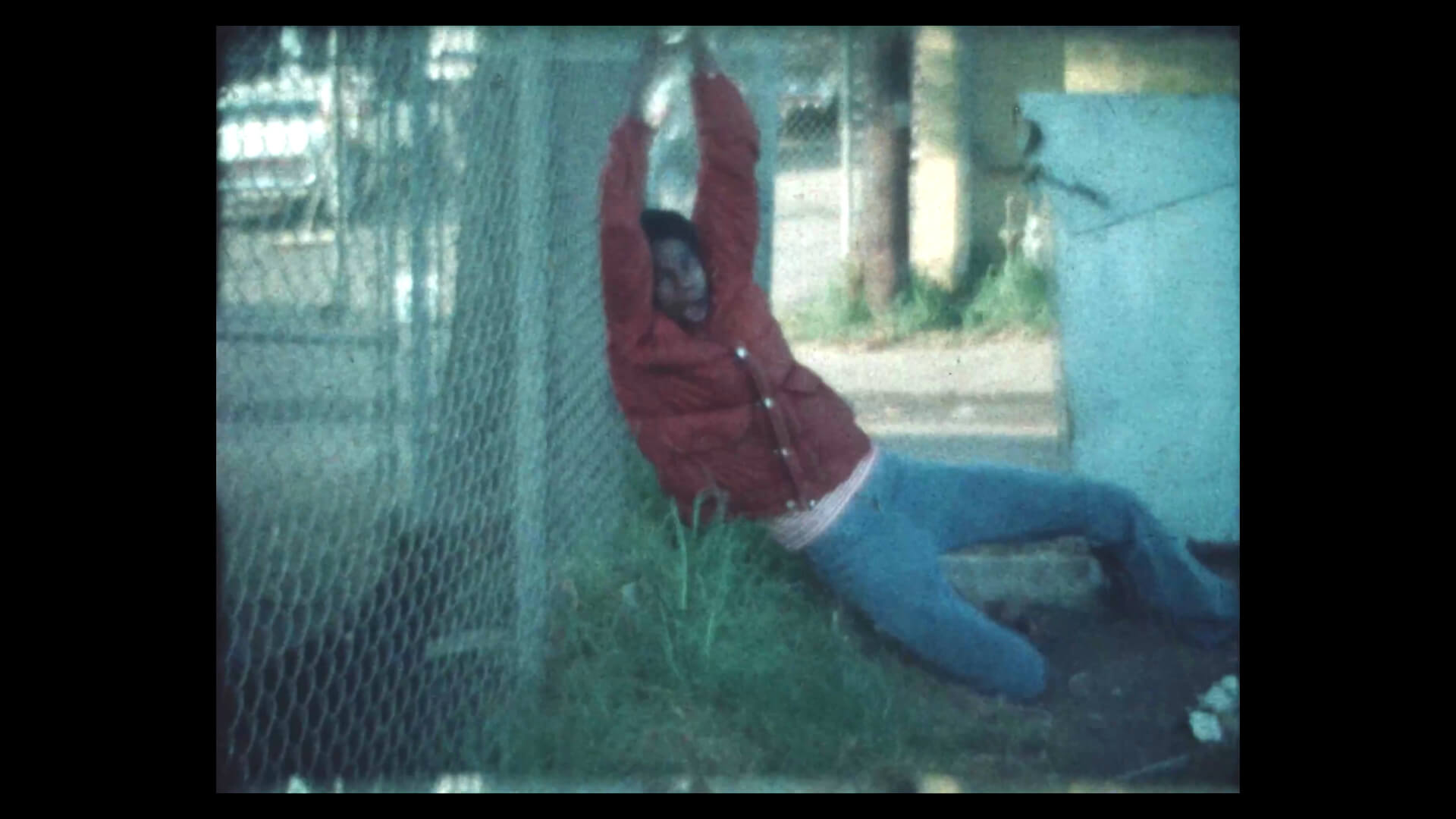




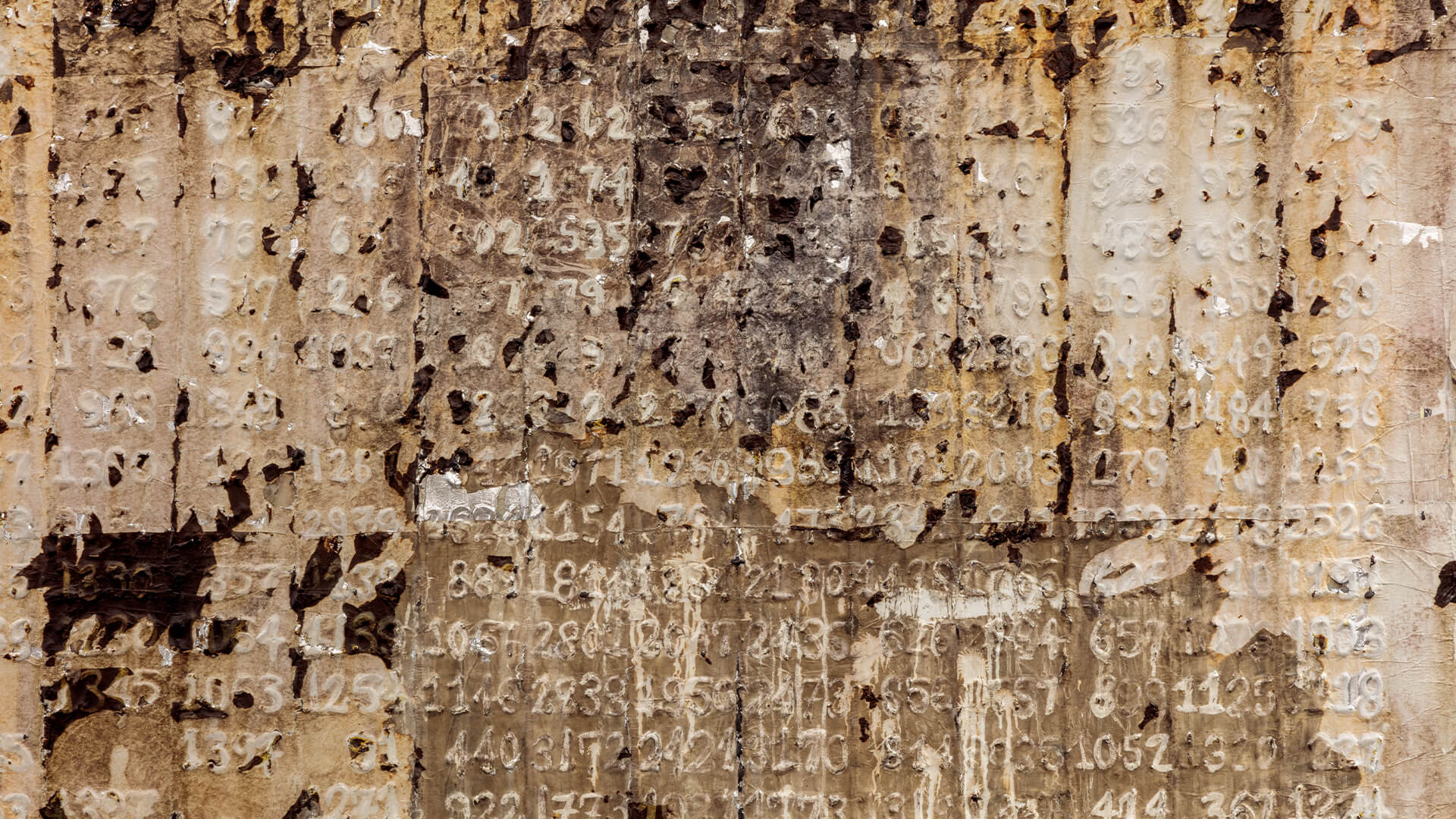
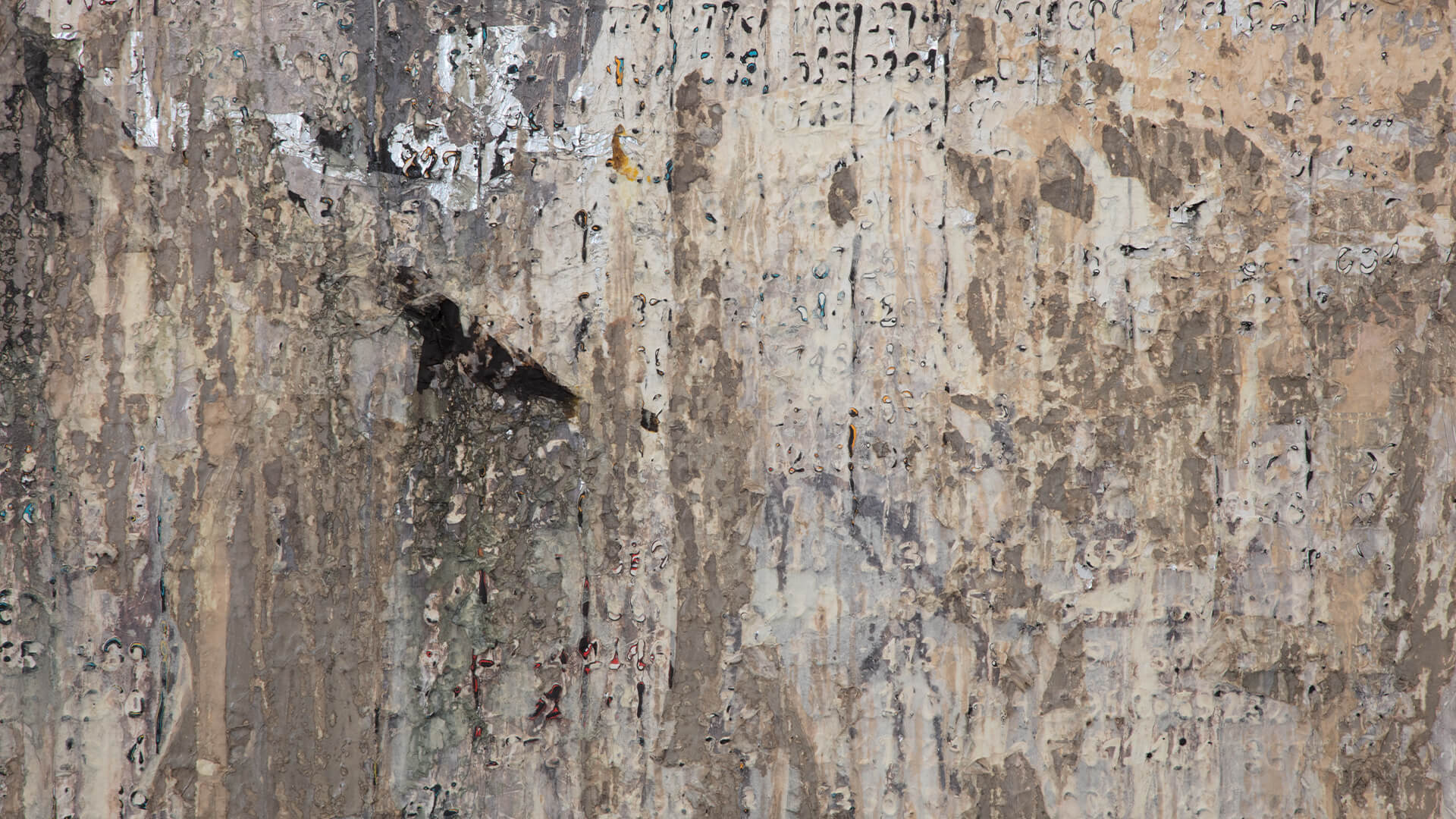
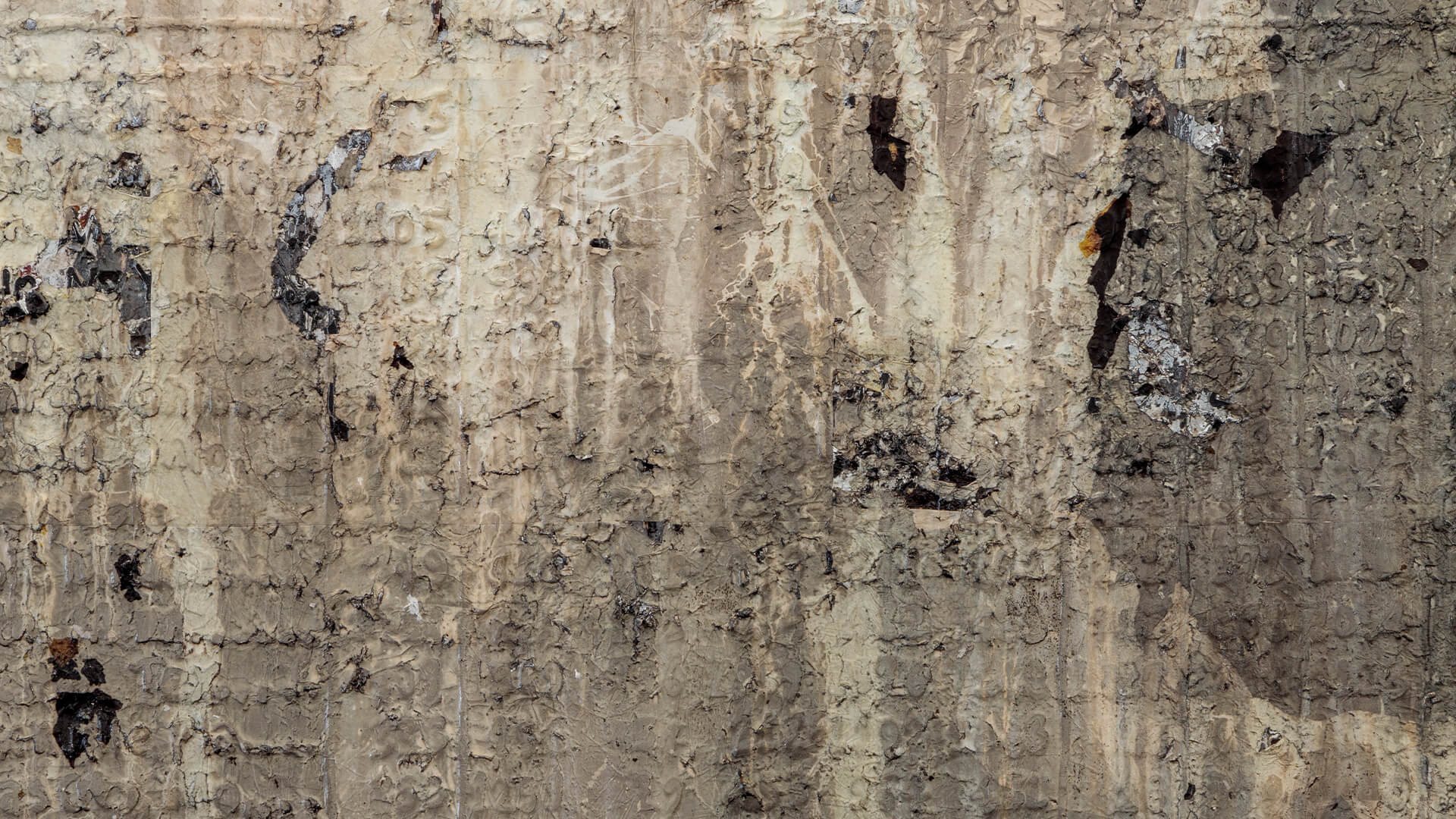
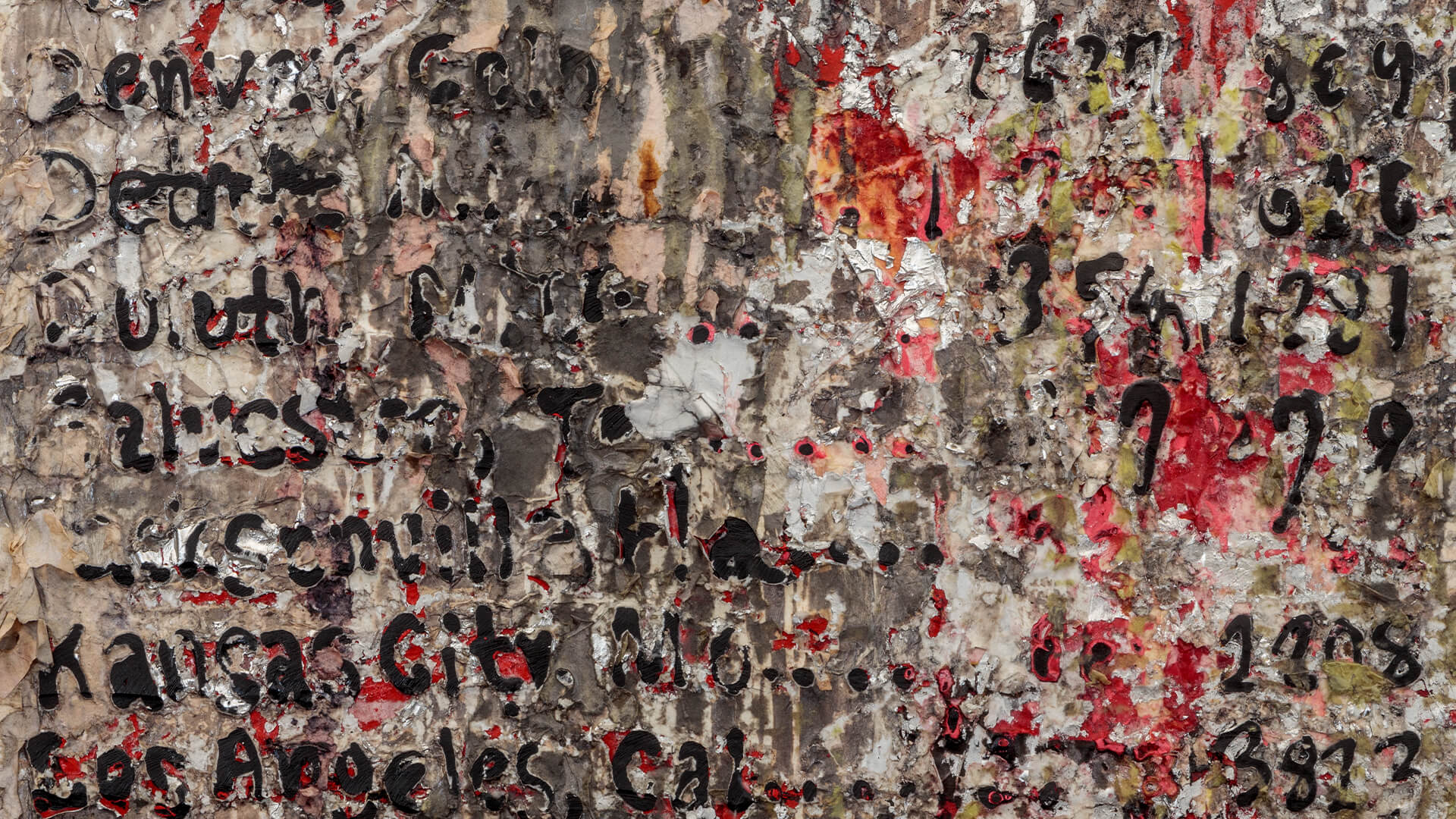
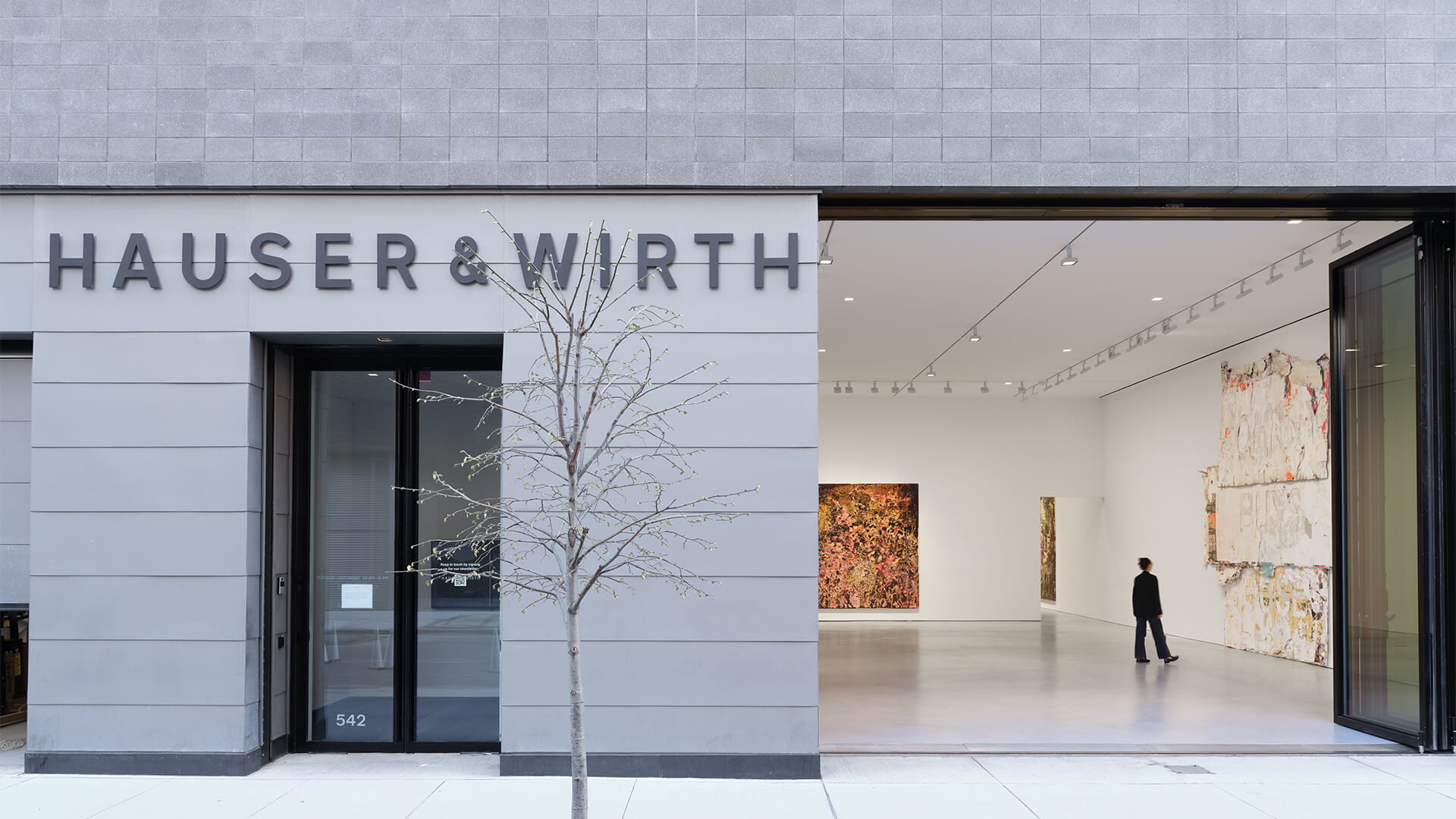
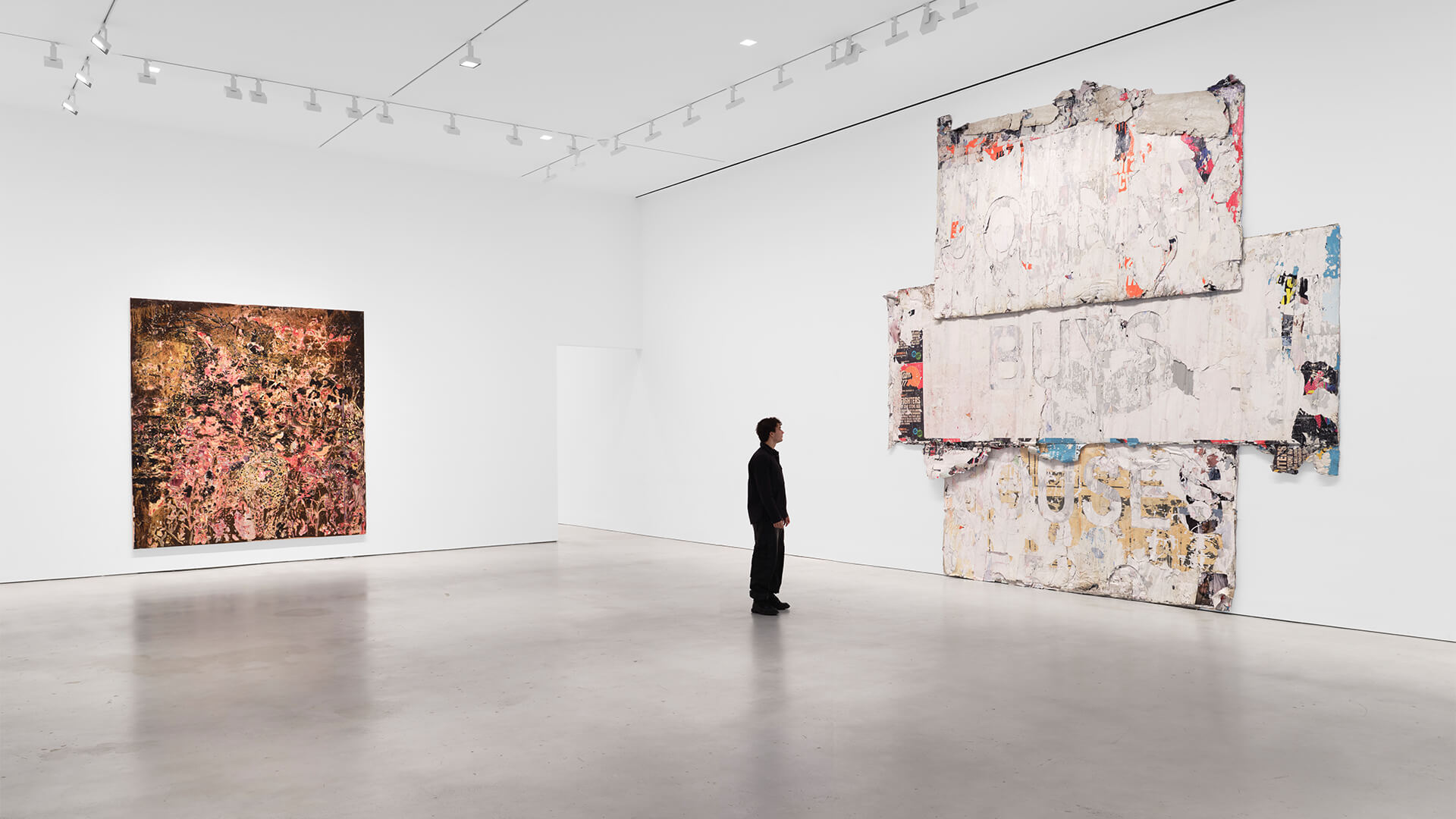
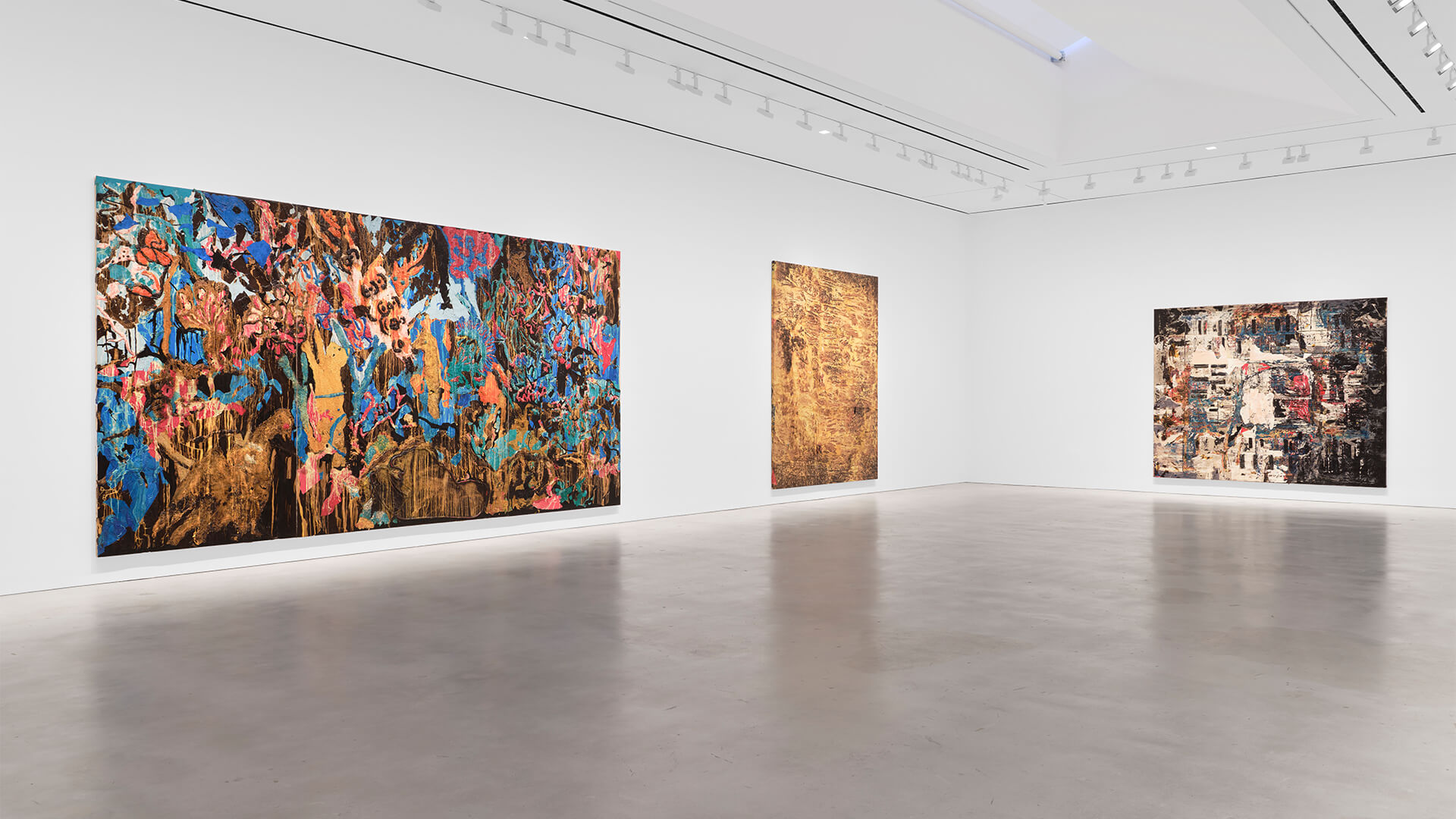
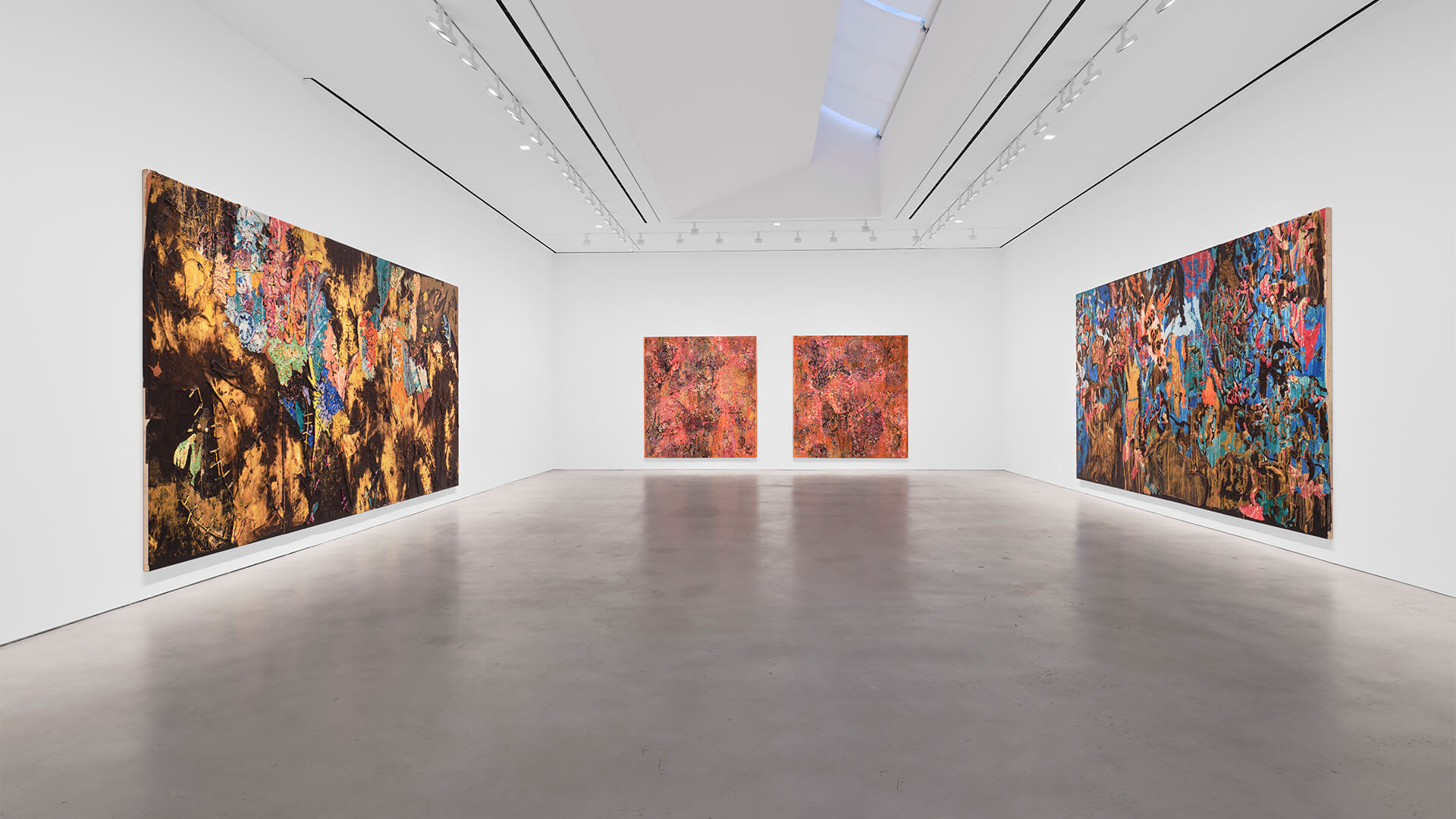
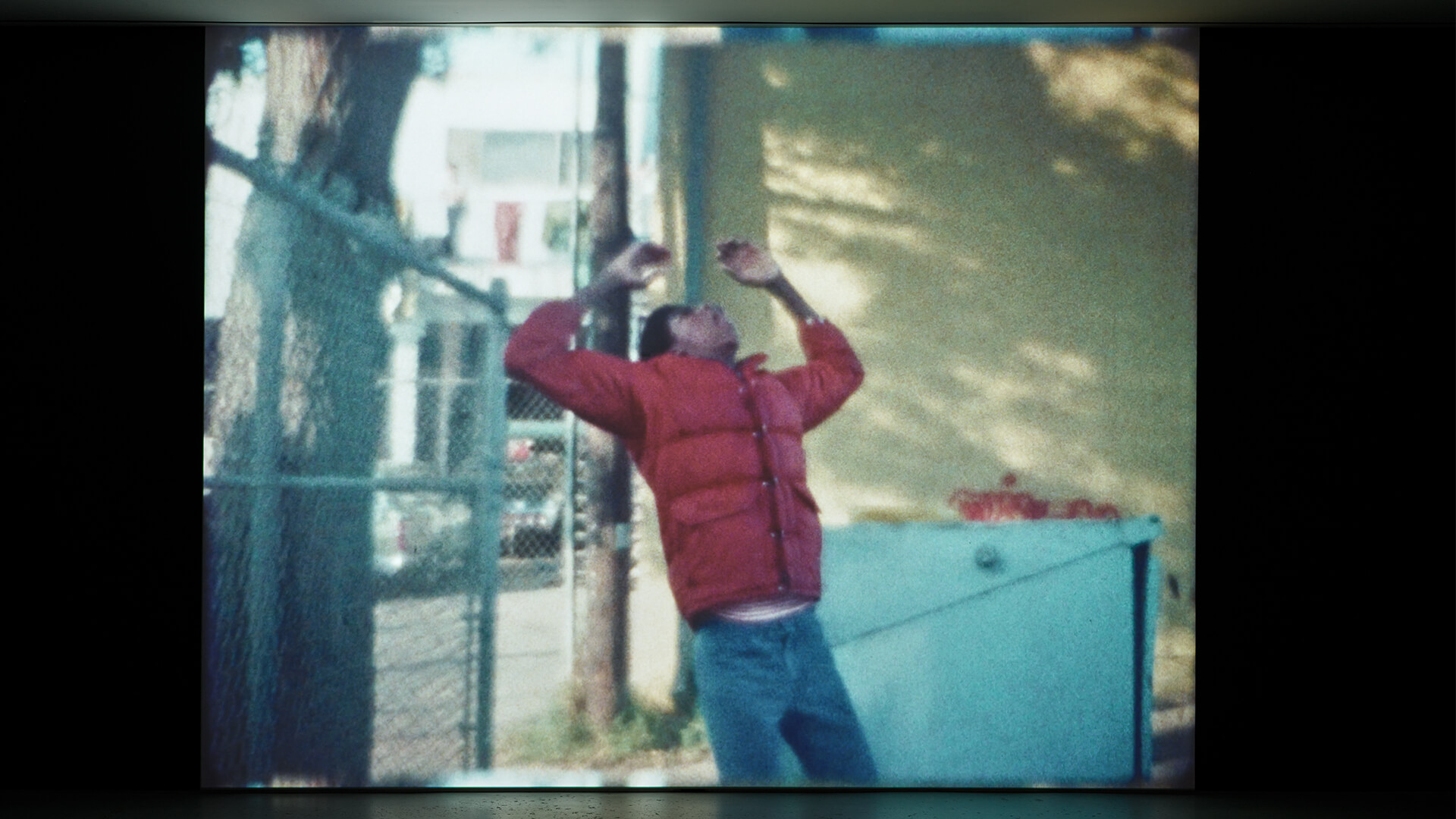
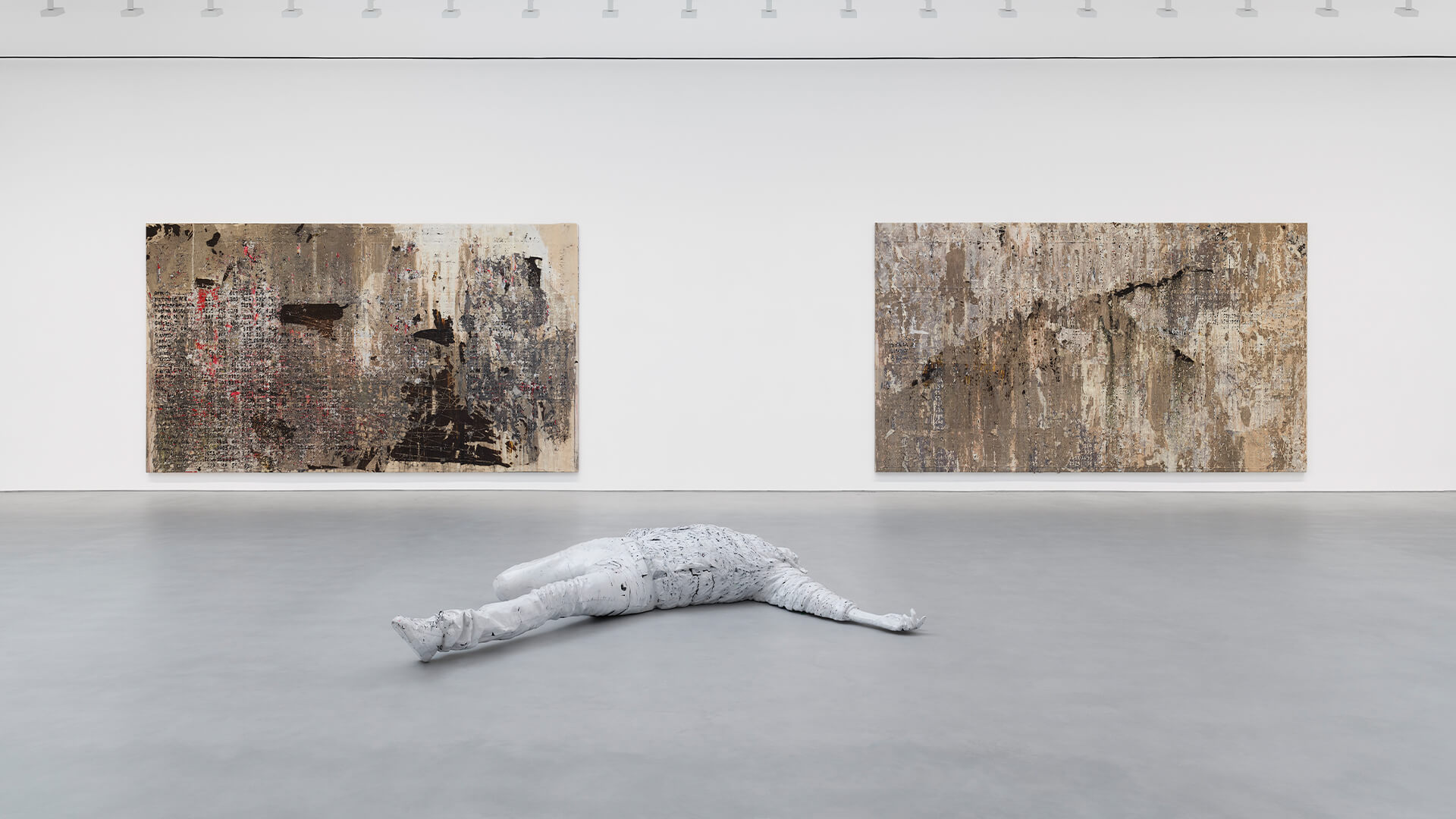
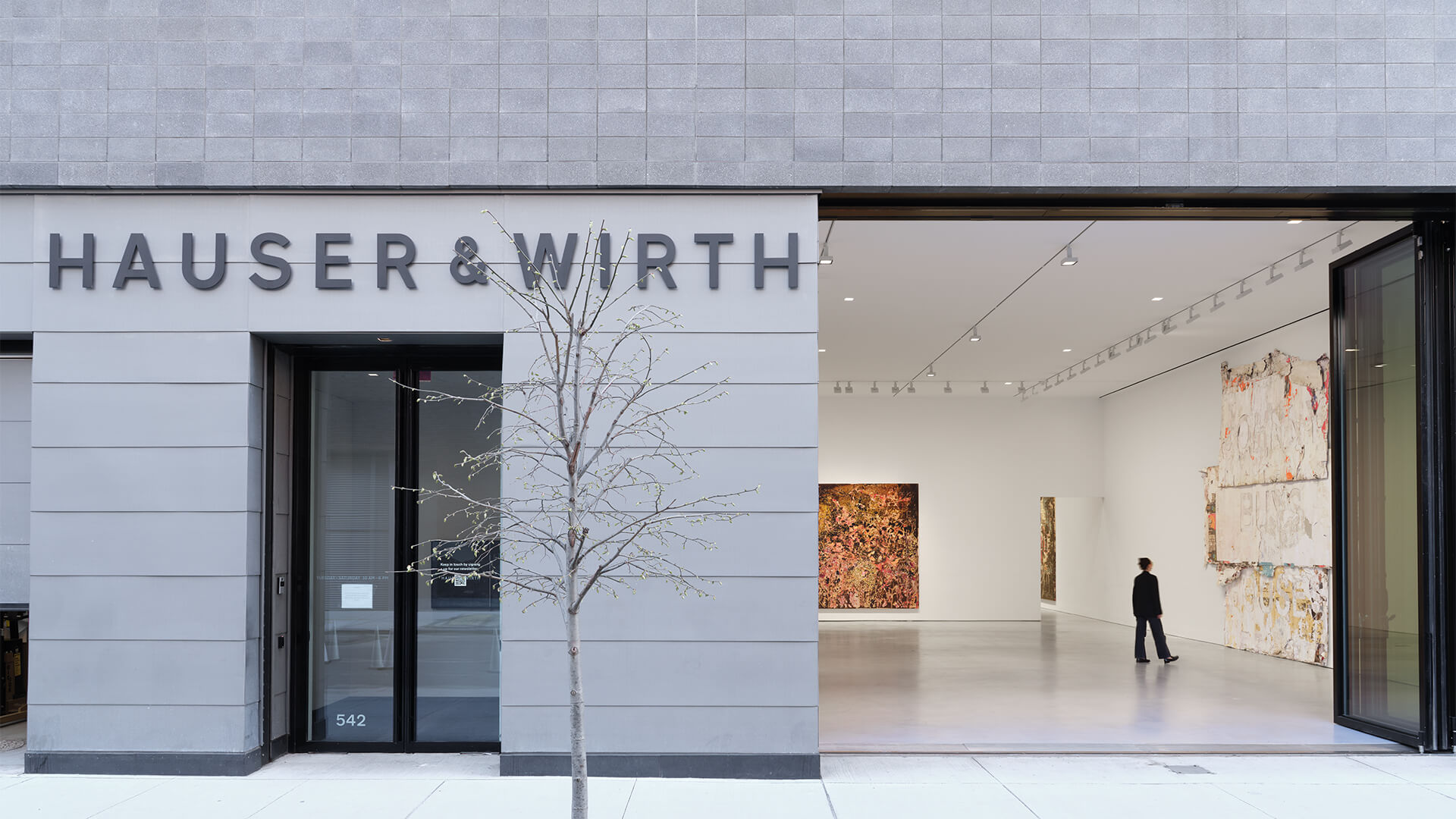
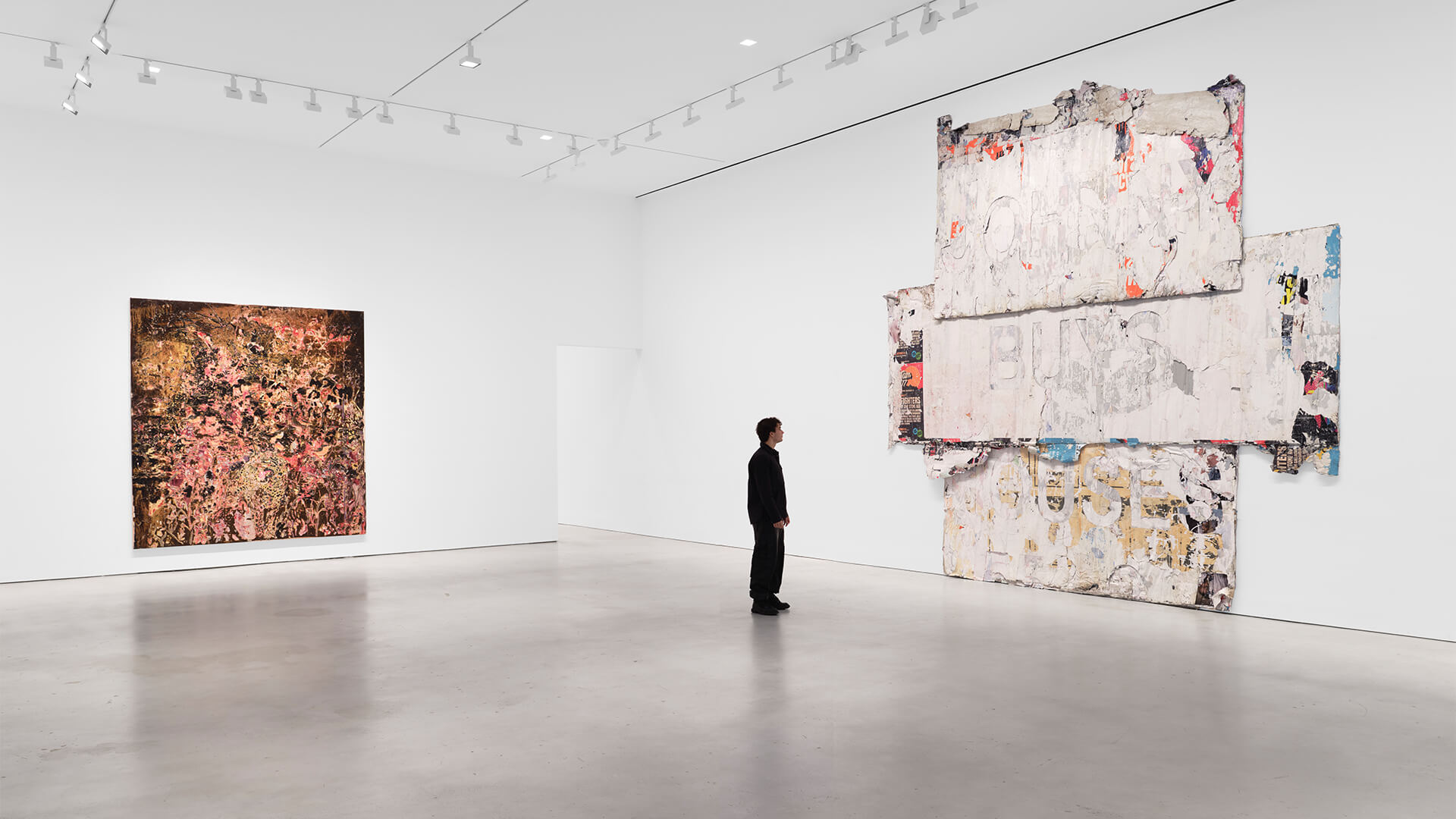
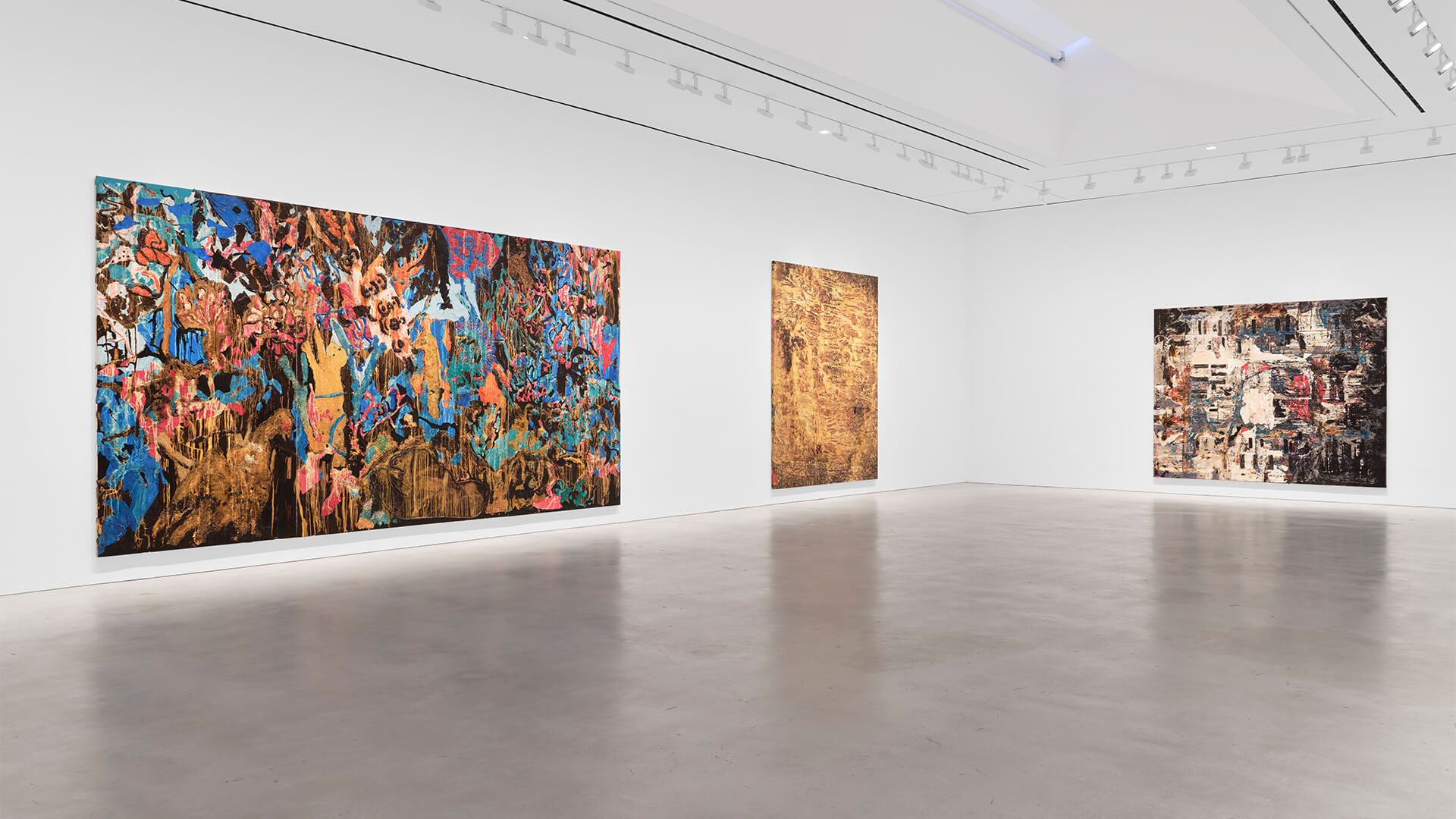
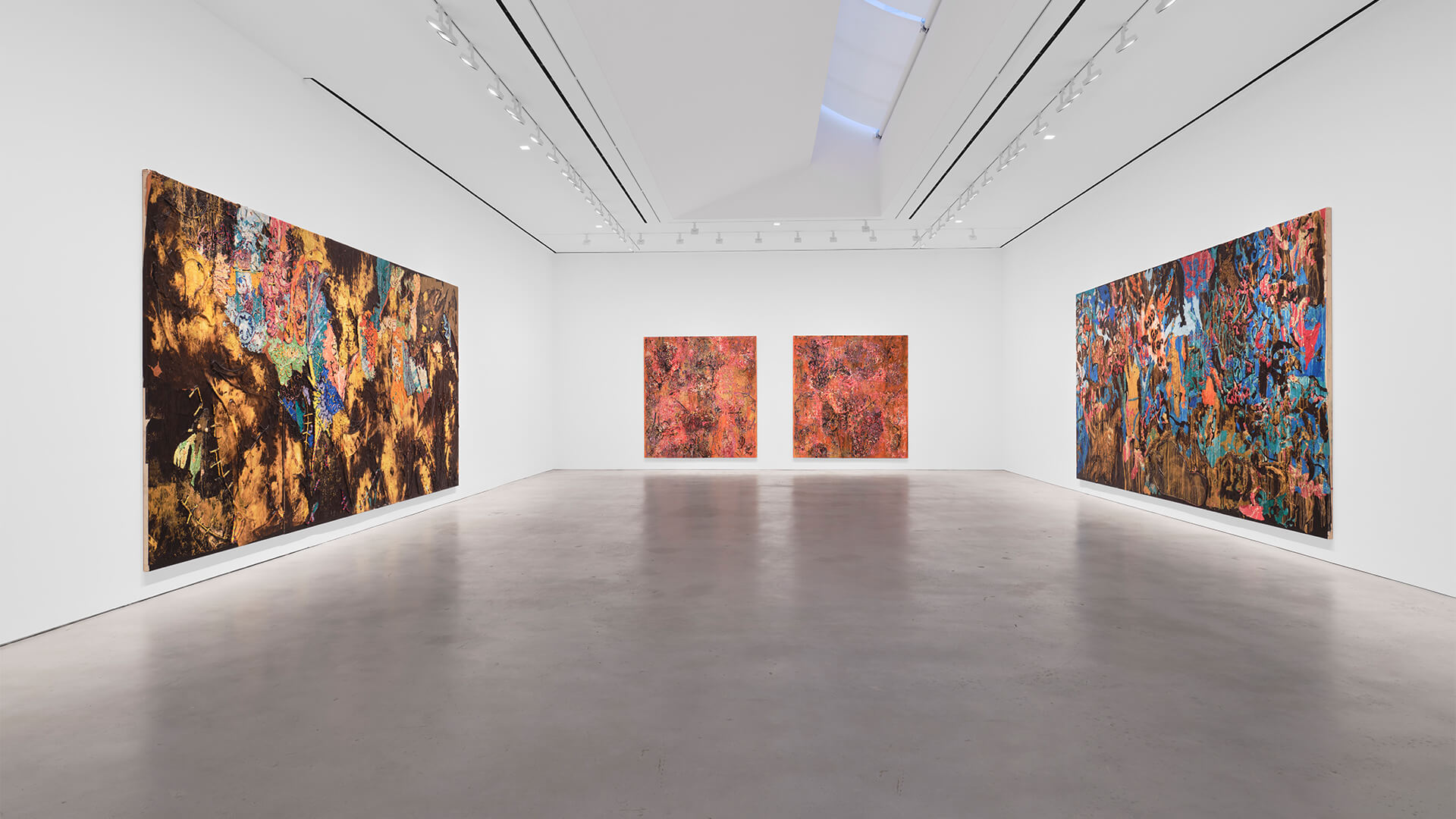
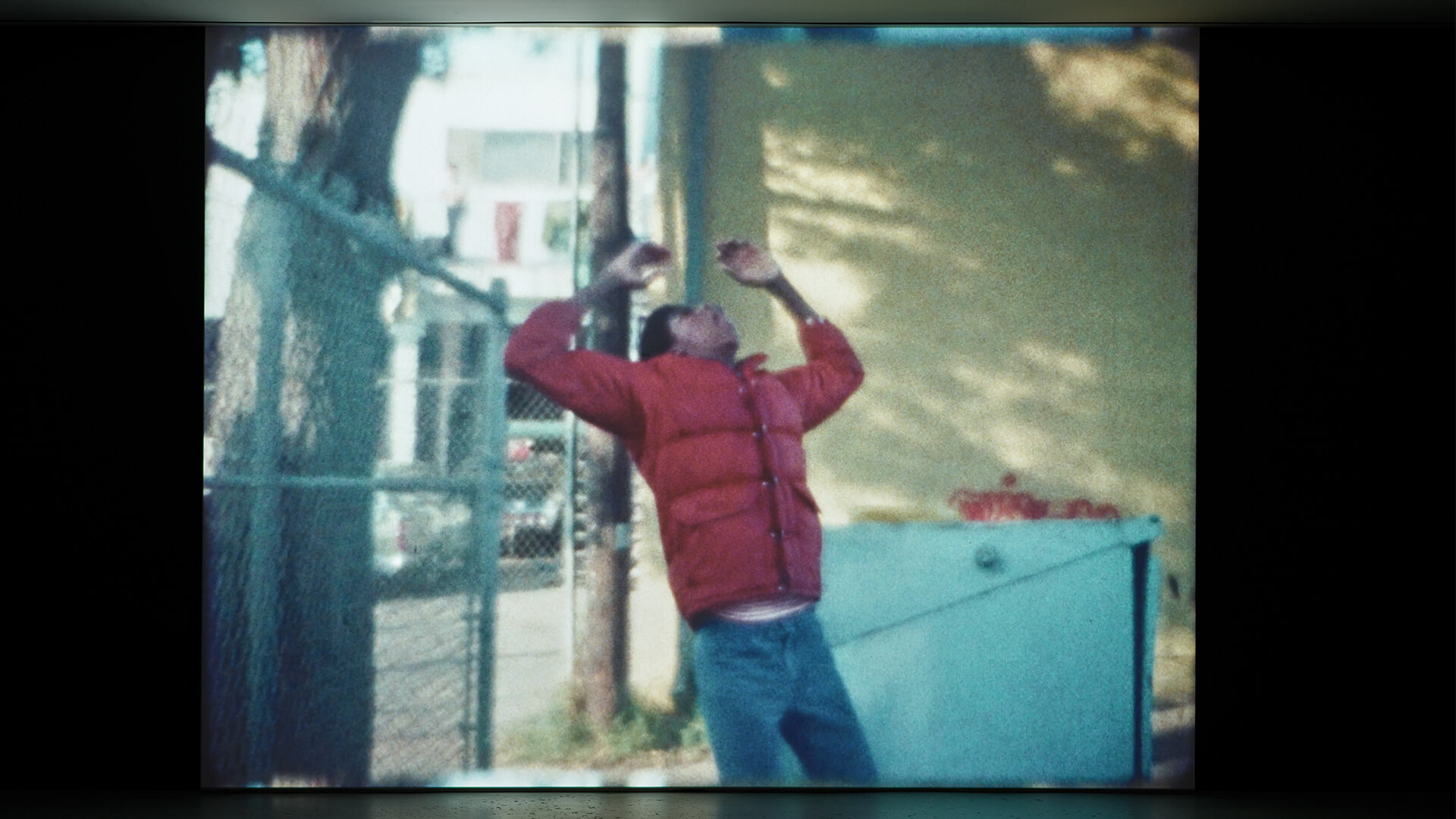
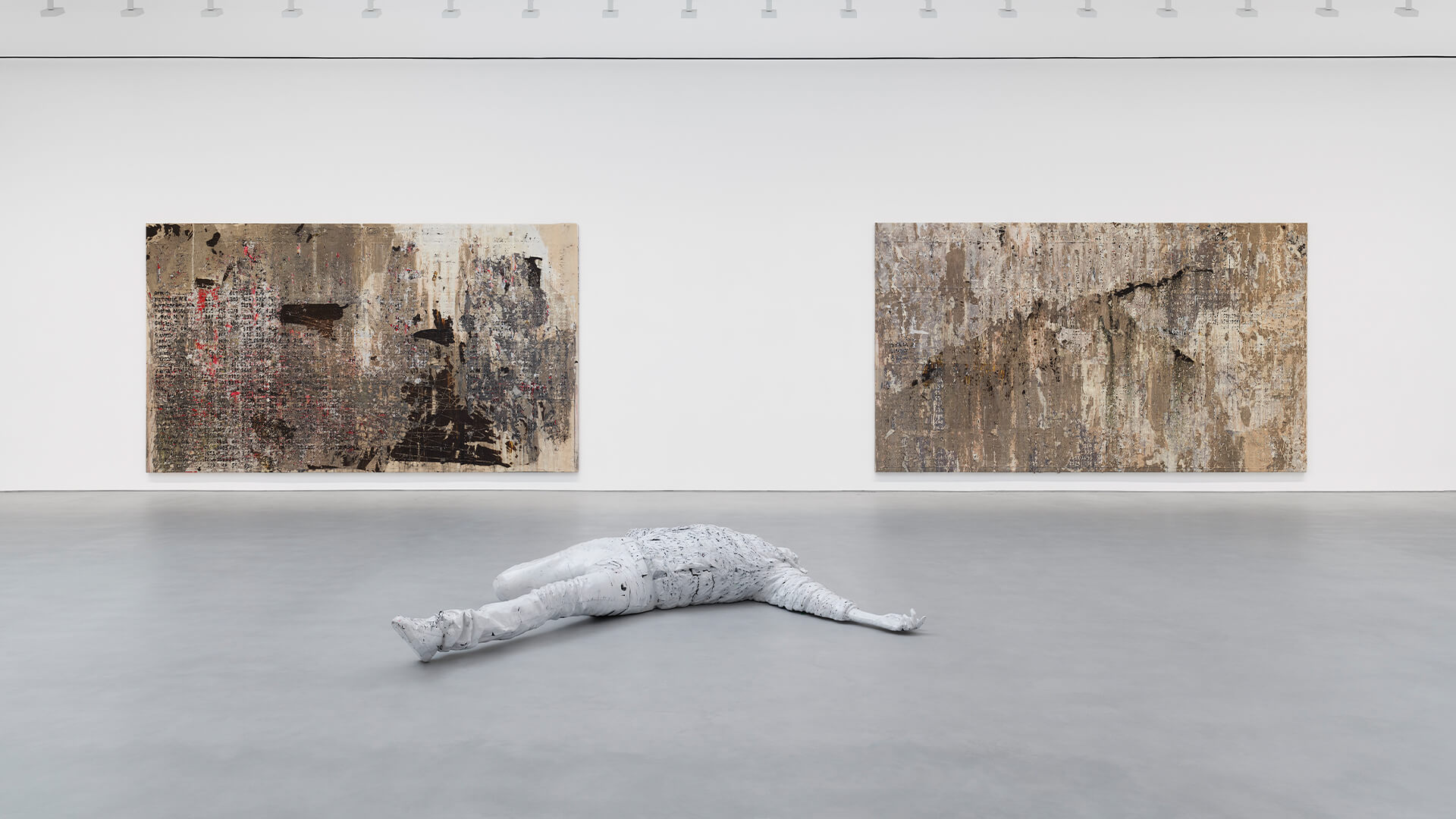
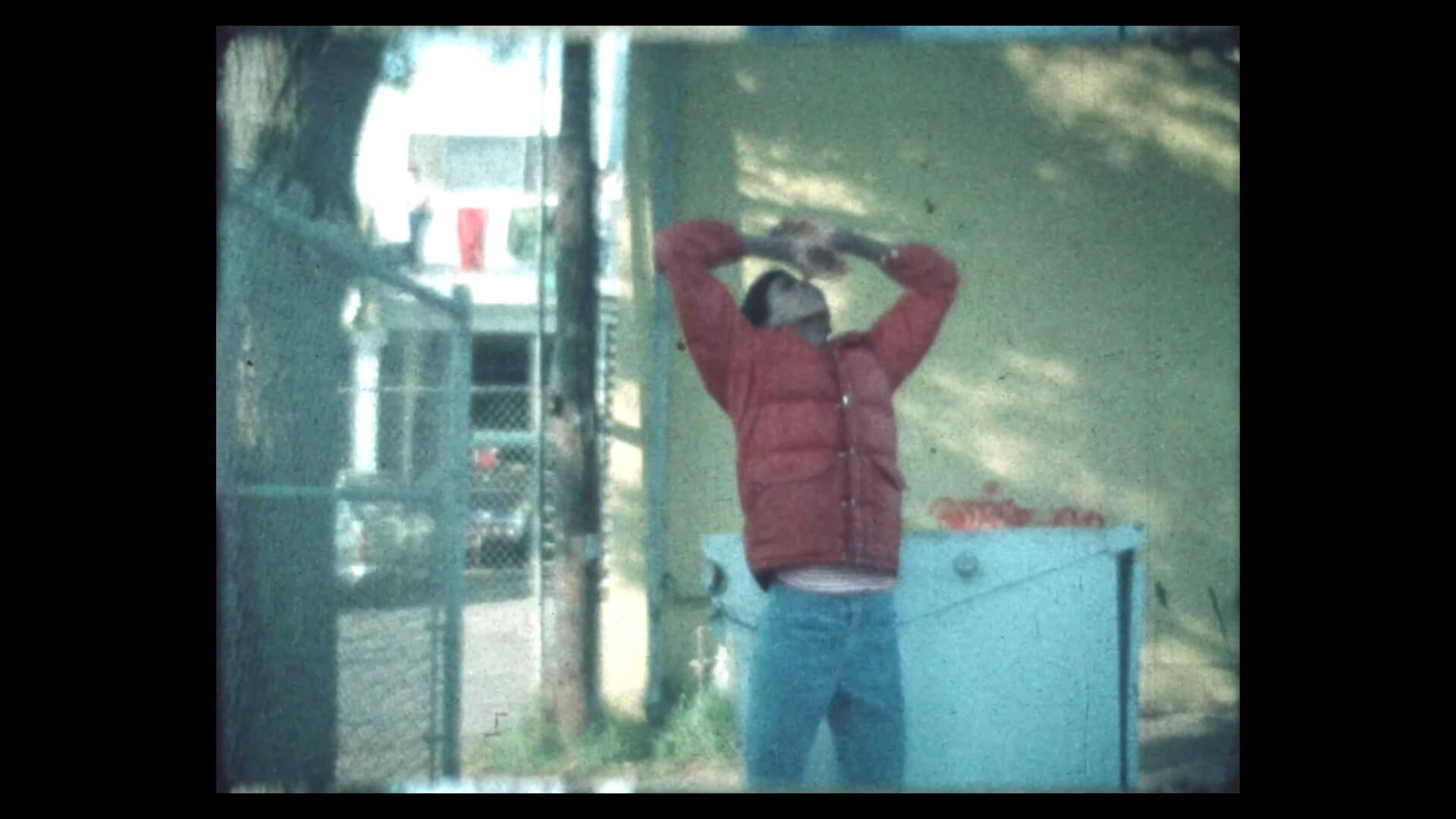

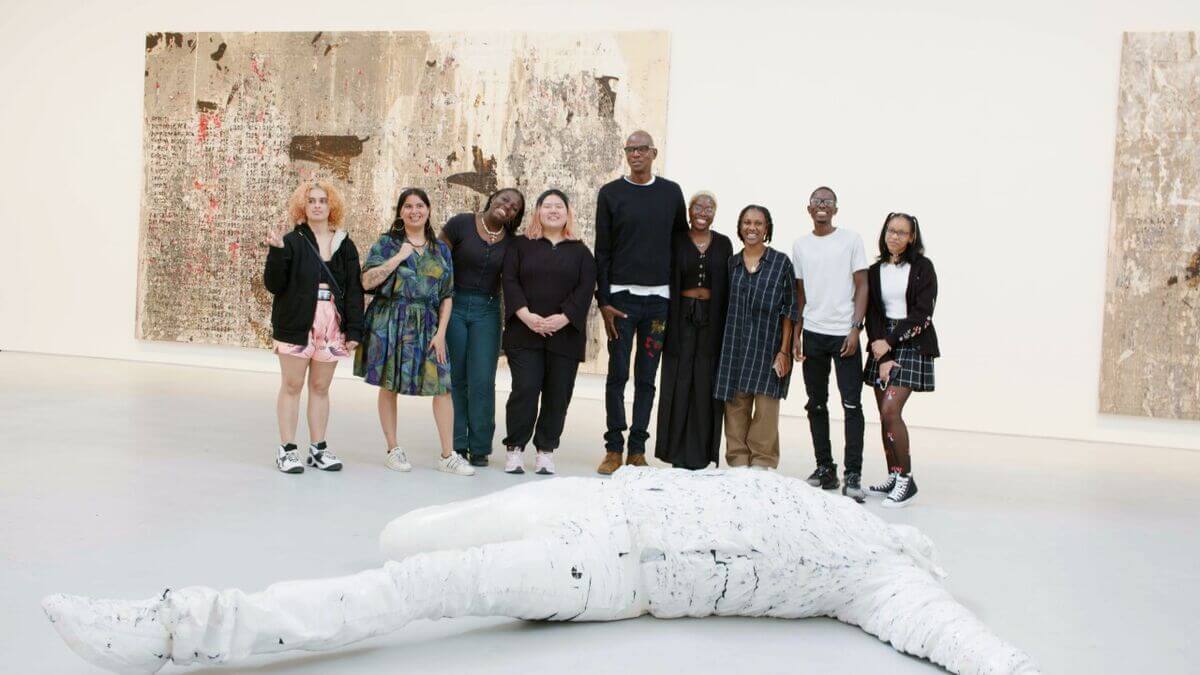
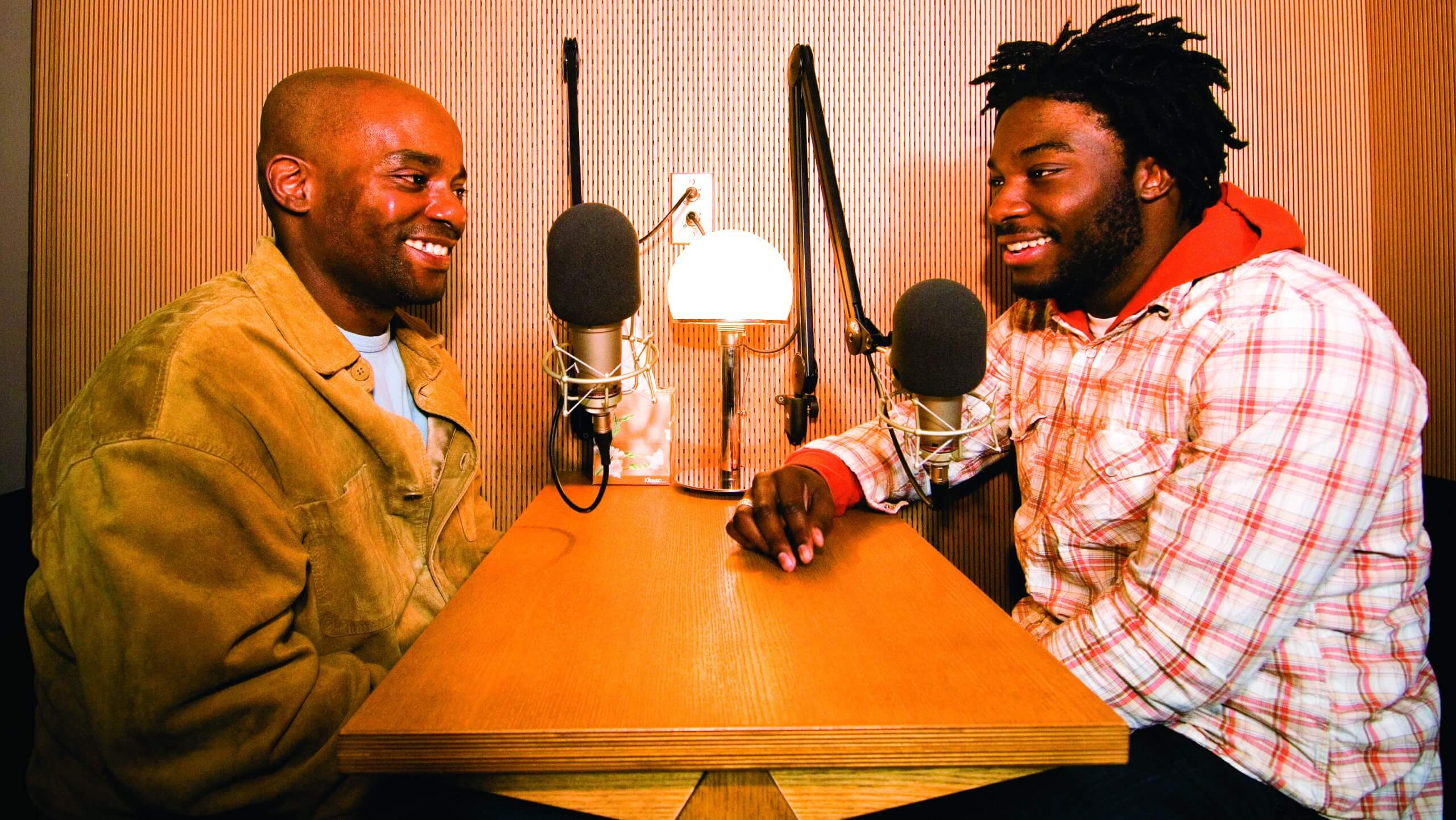
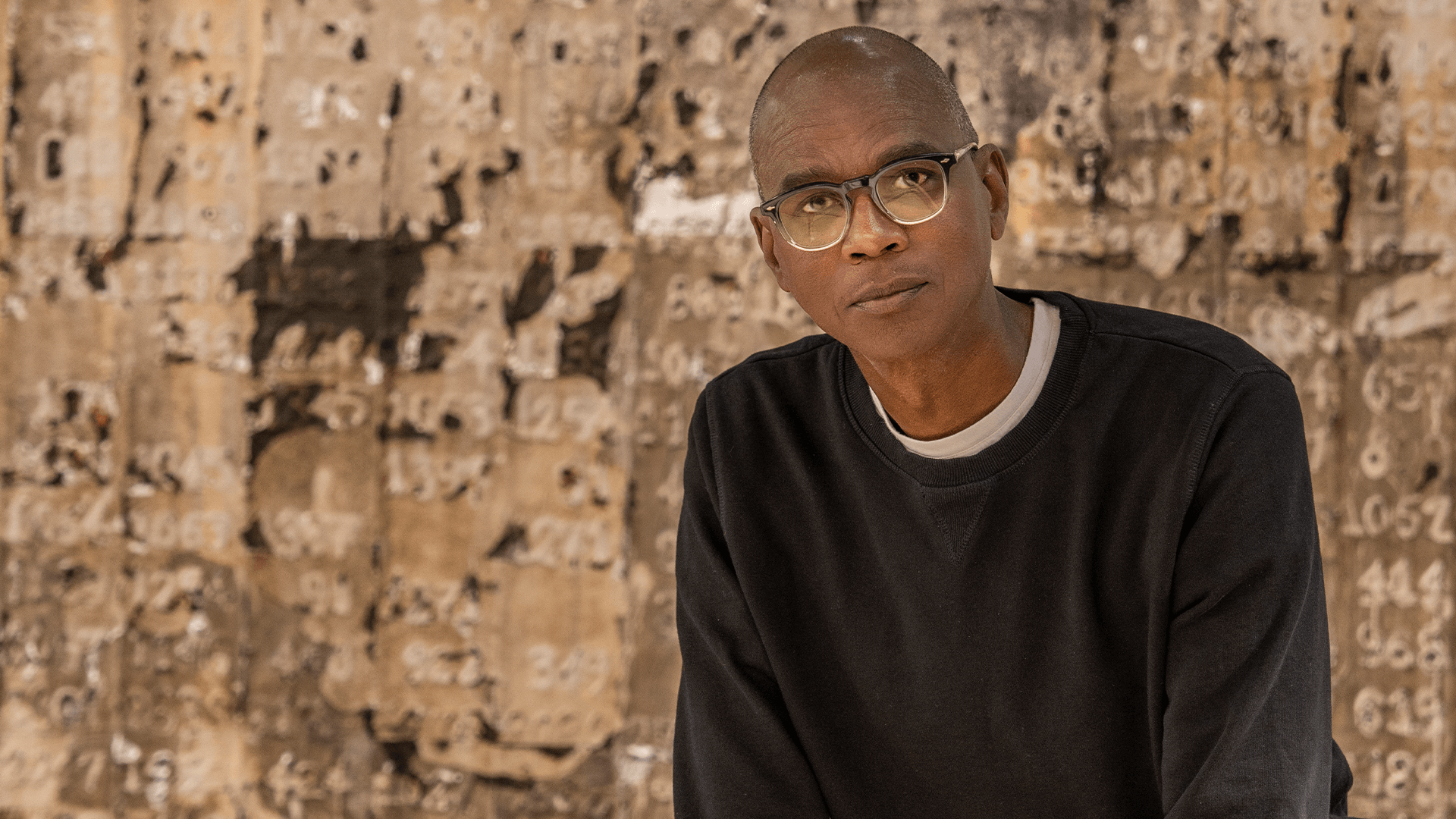
 Scan the image to begin
Scan the image to begin